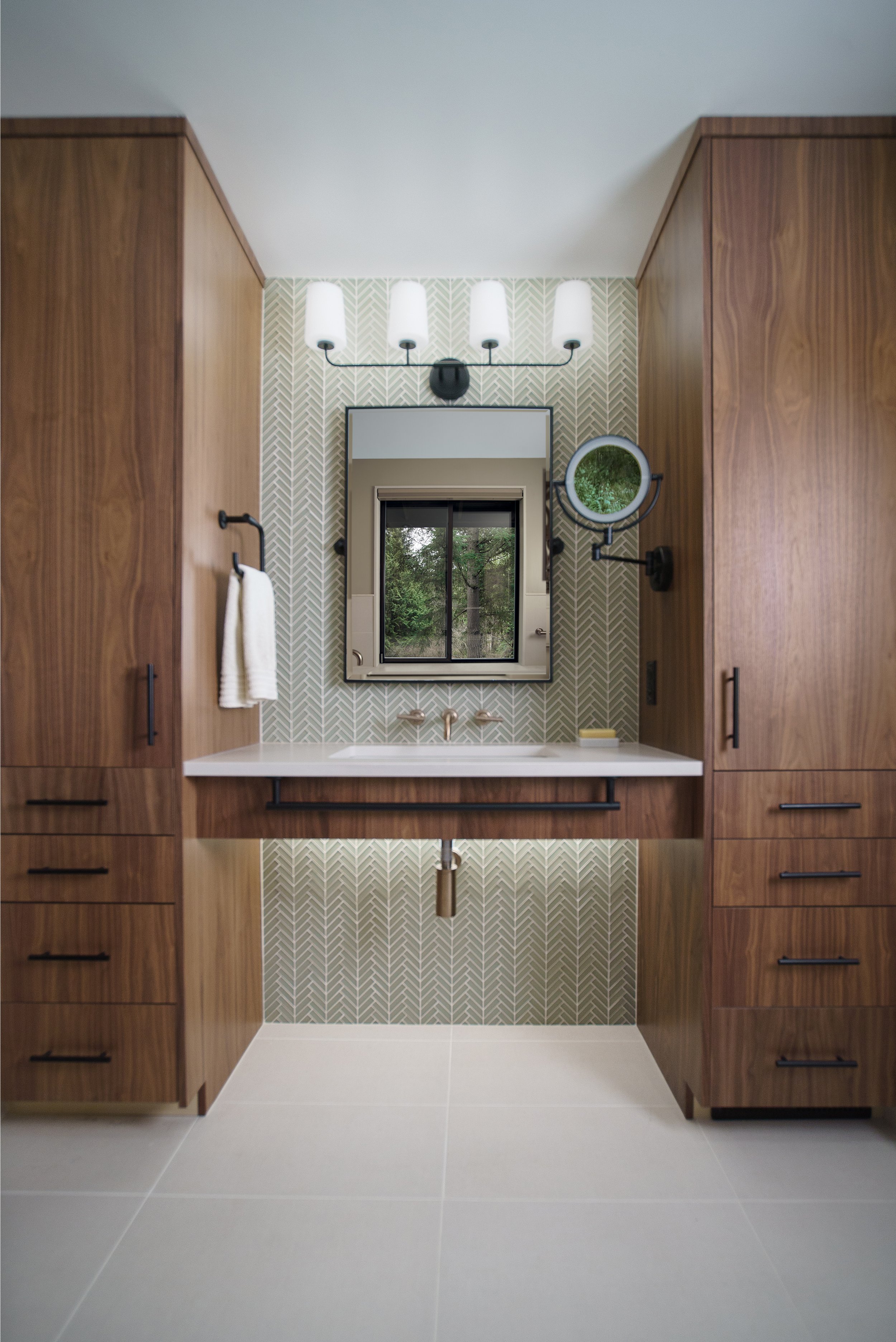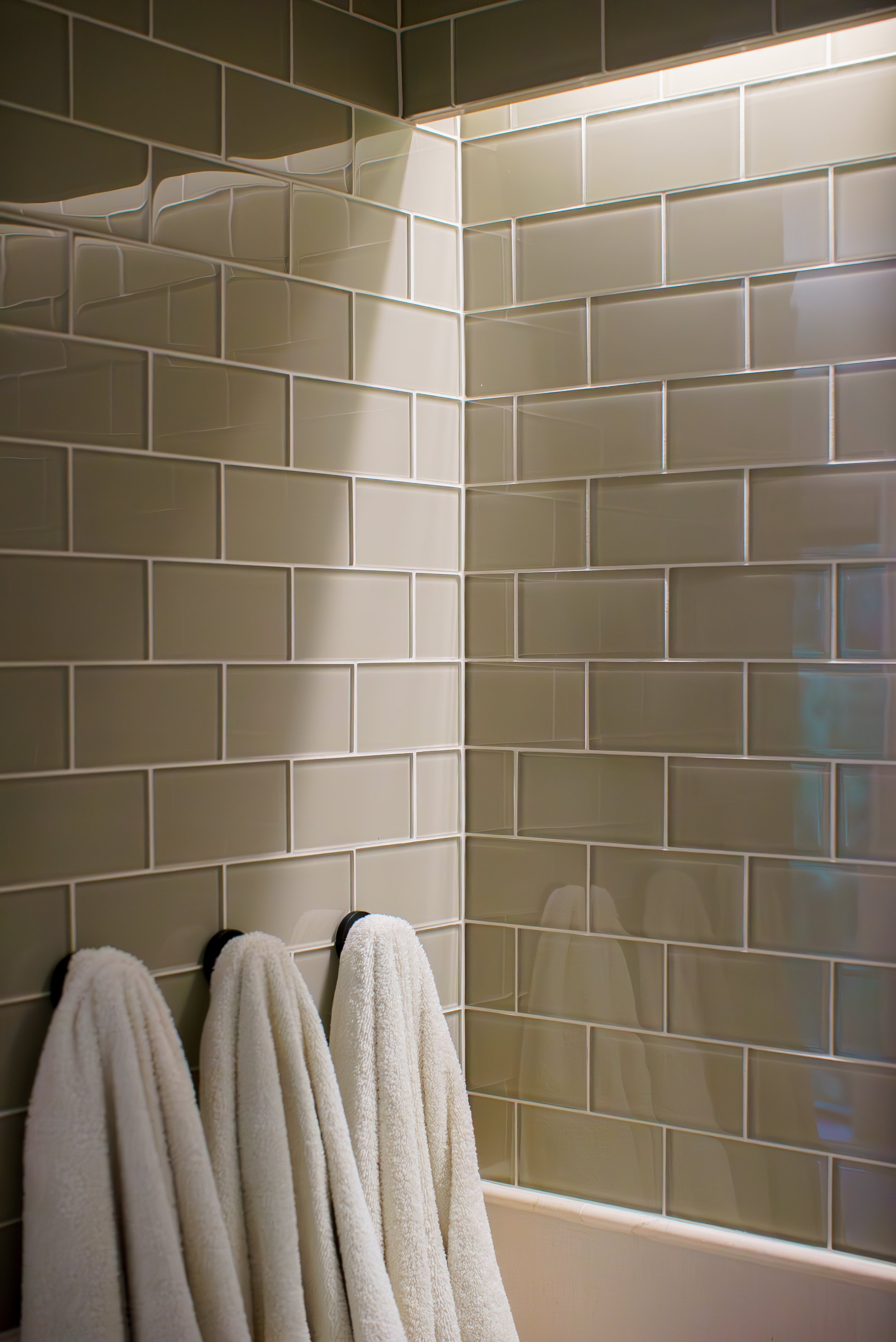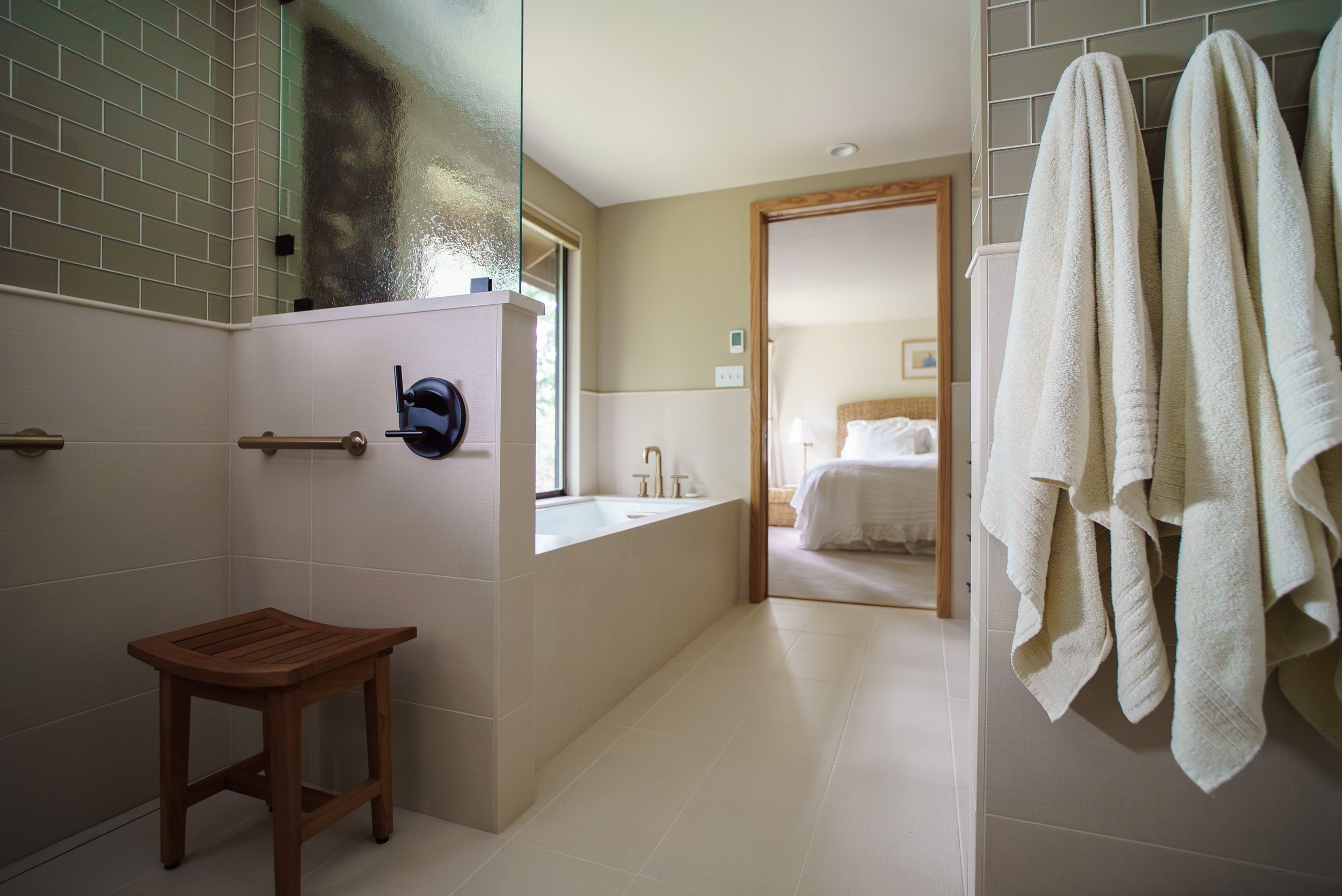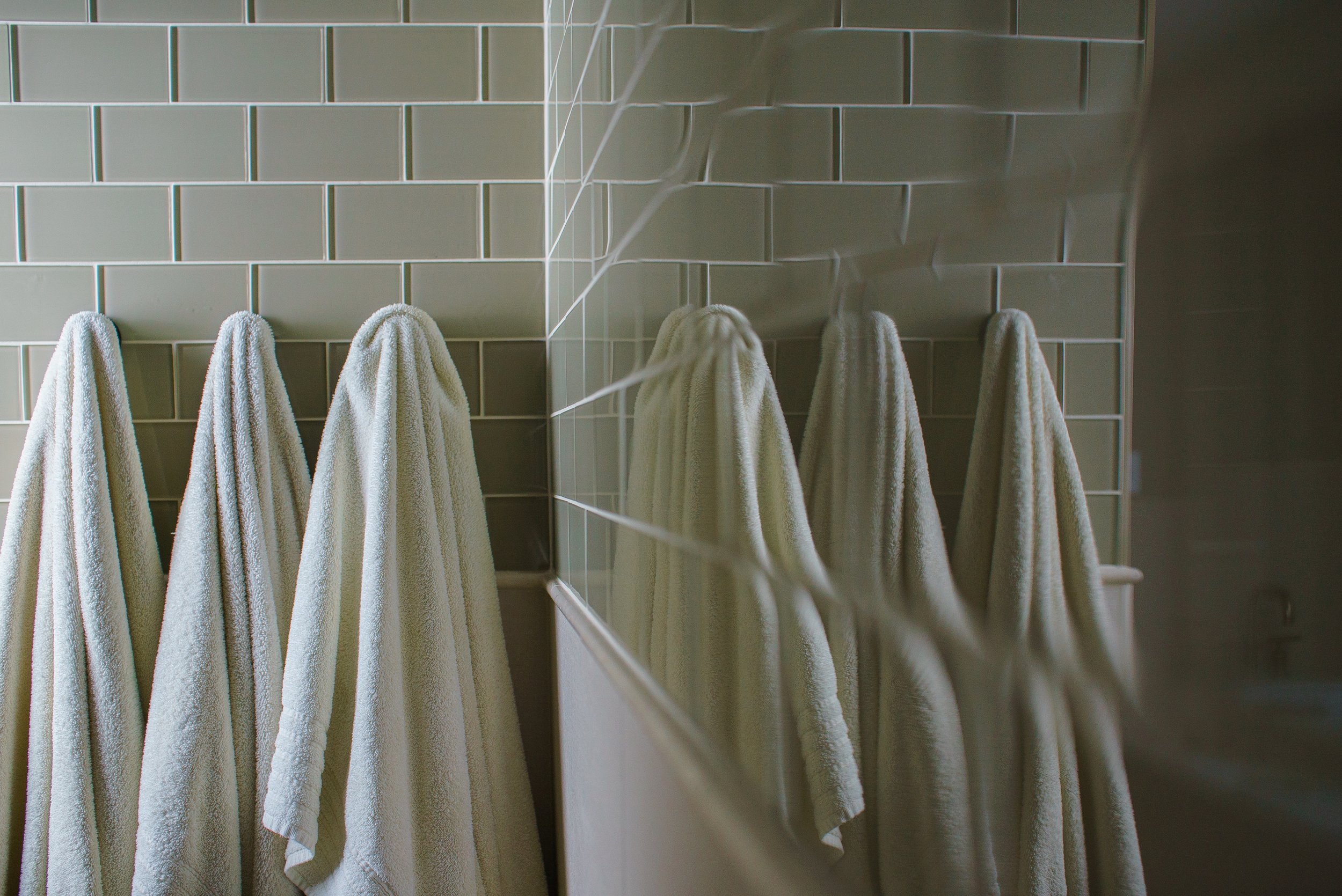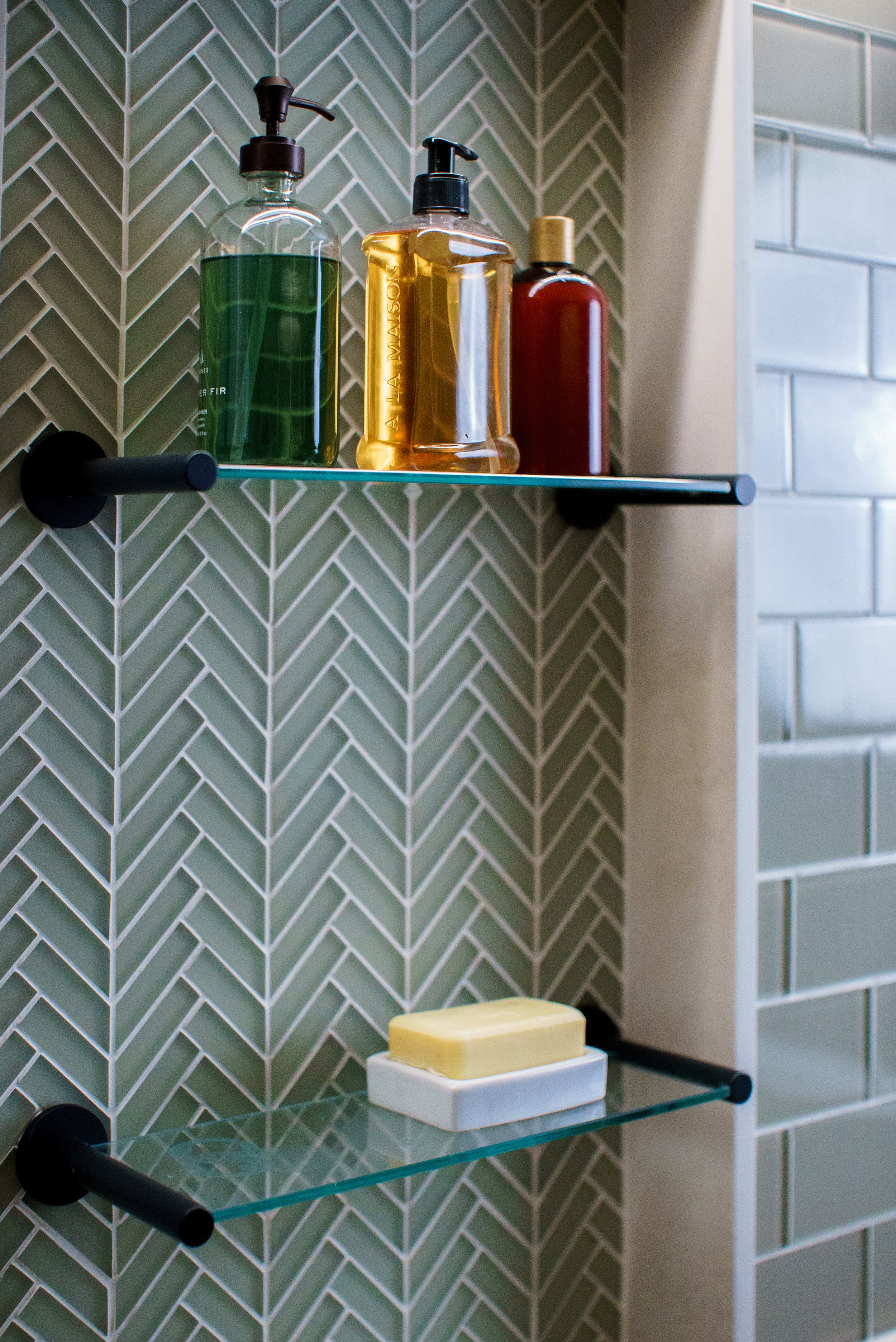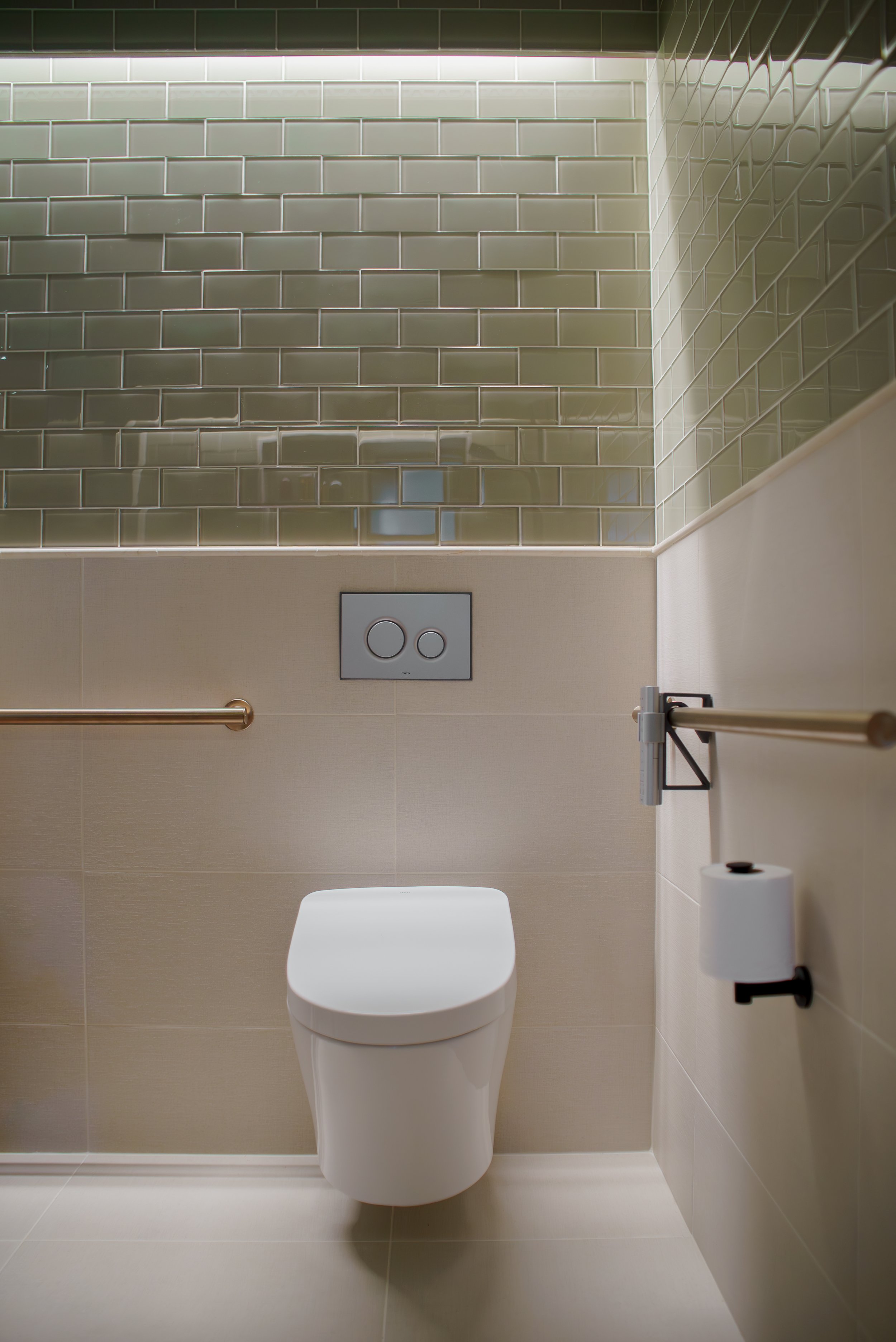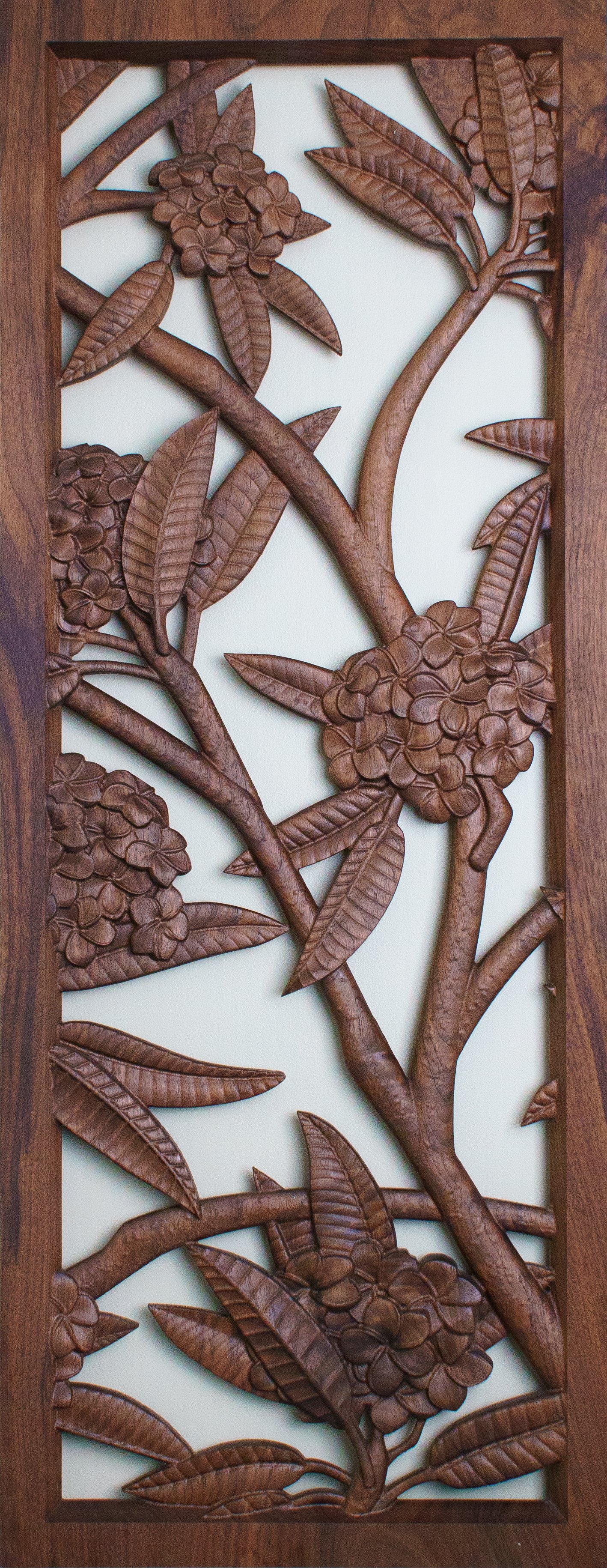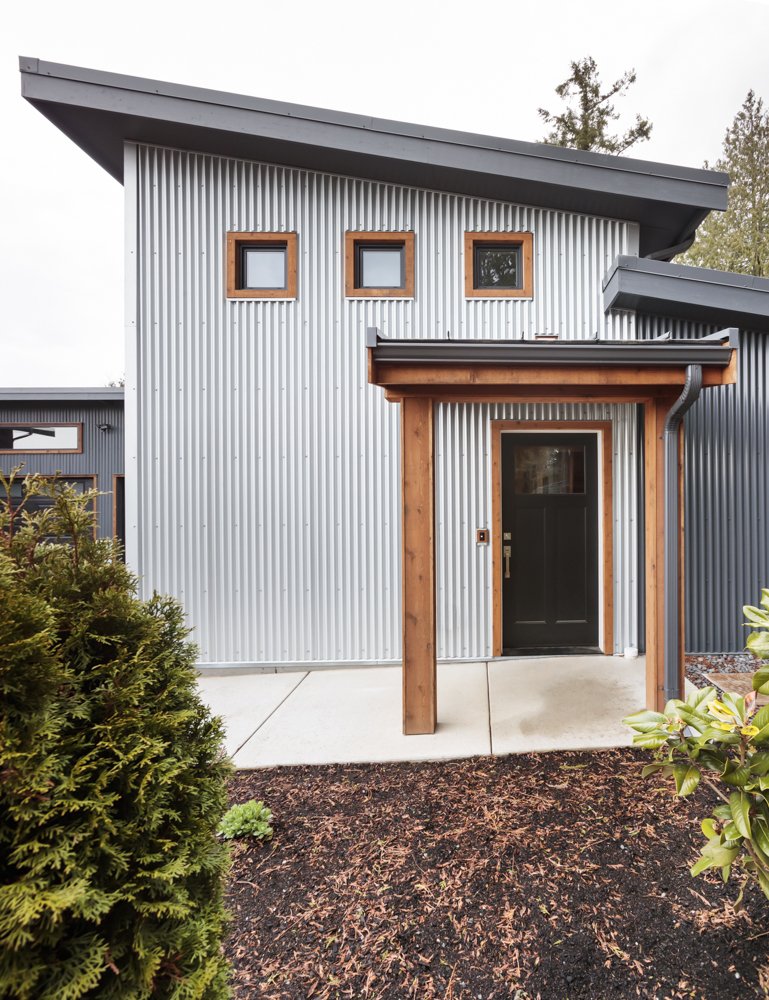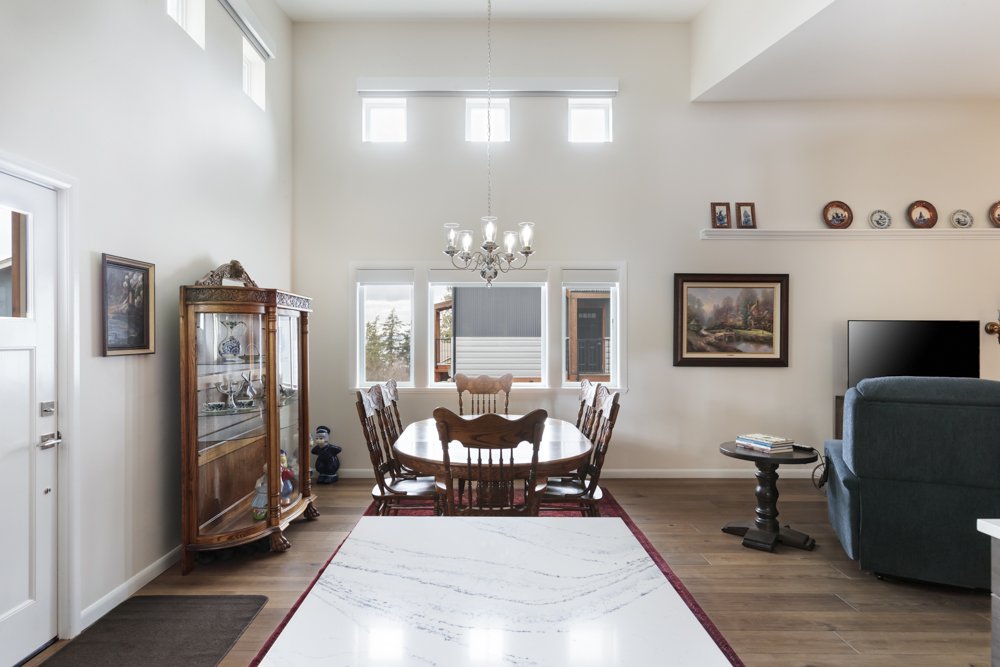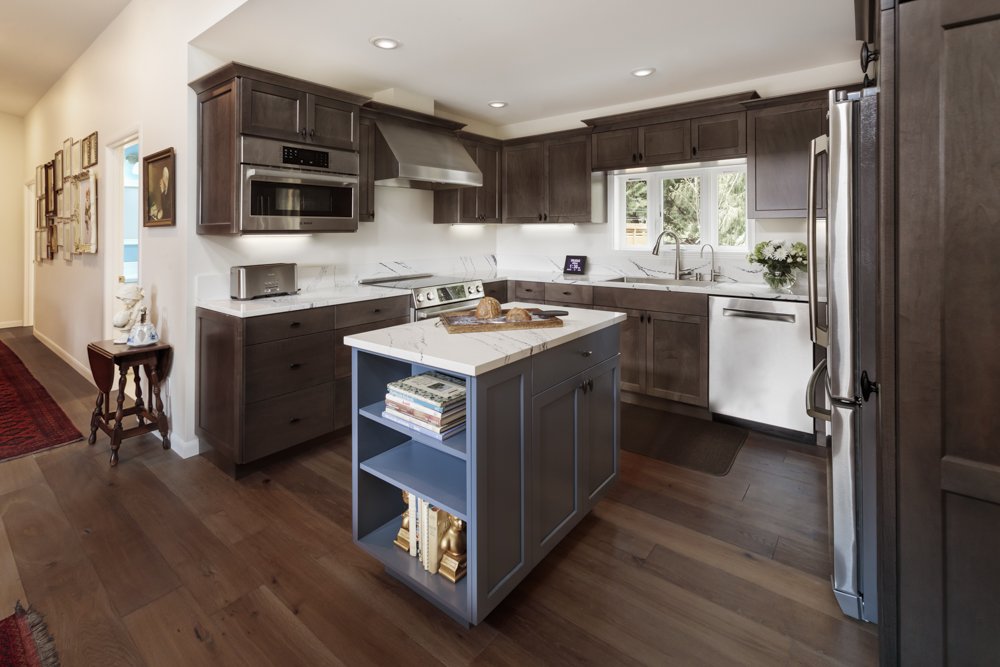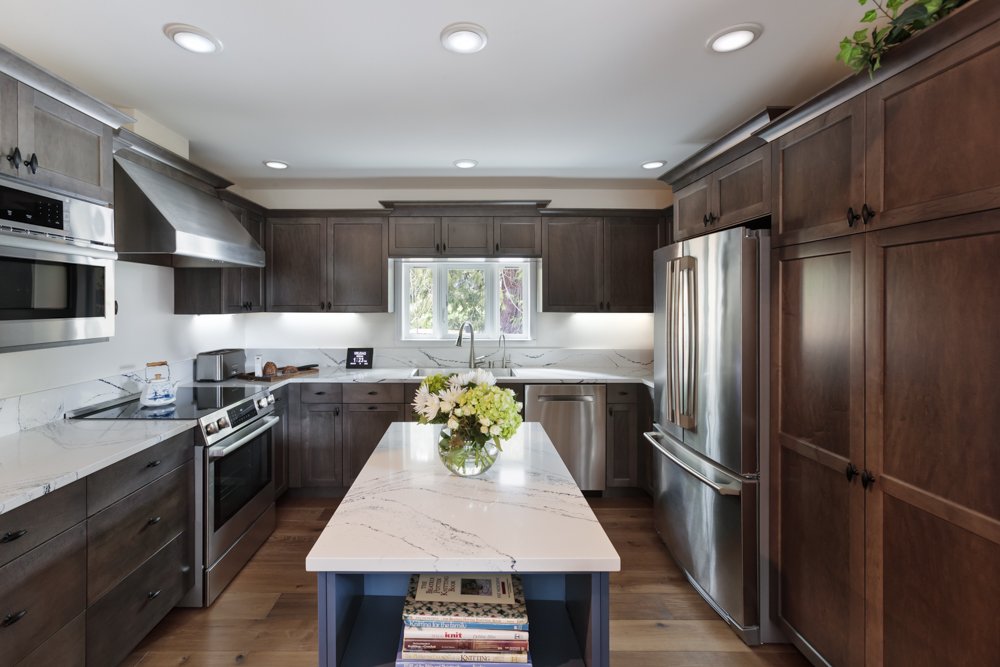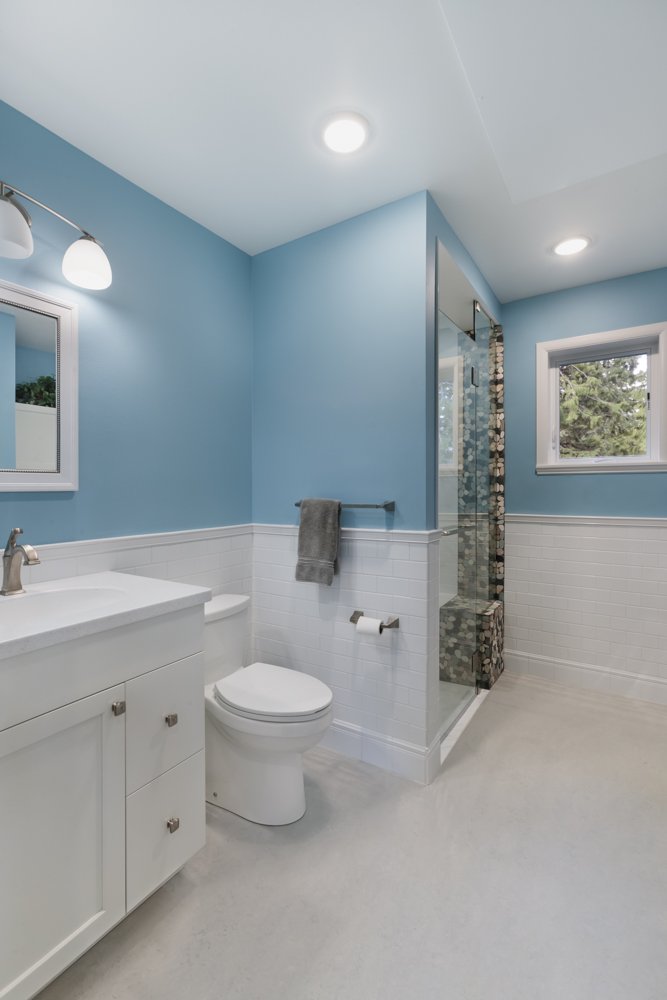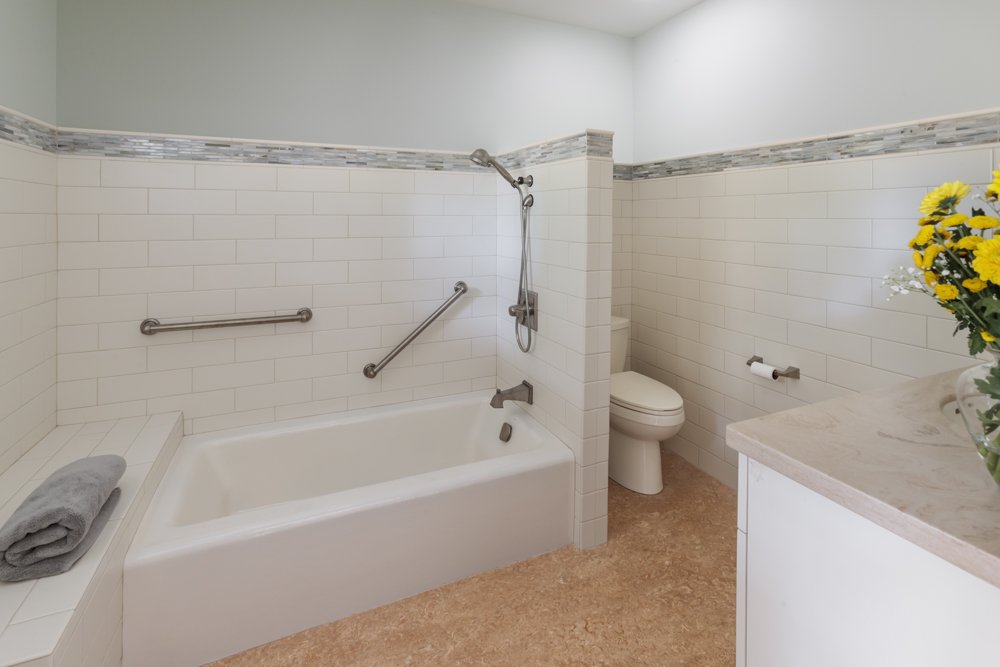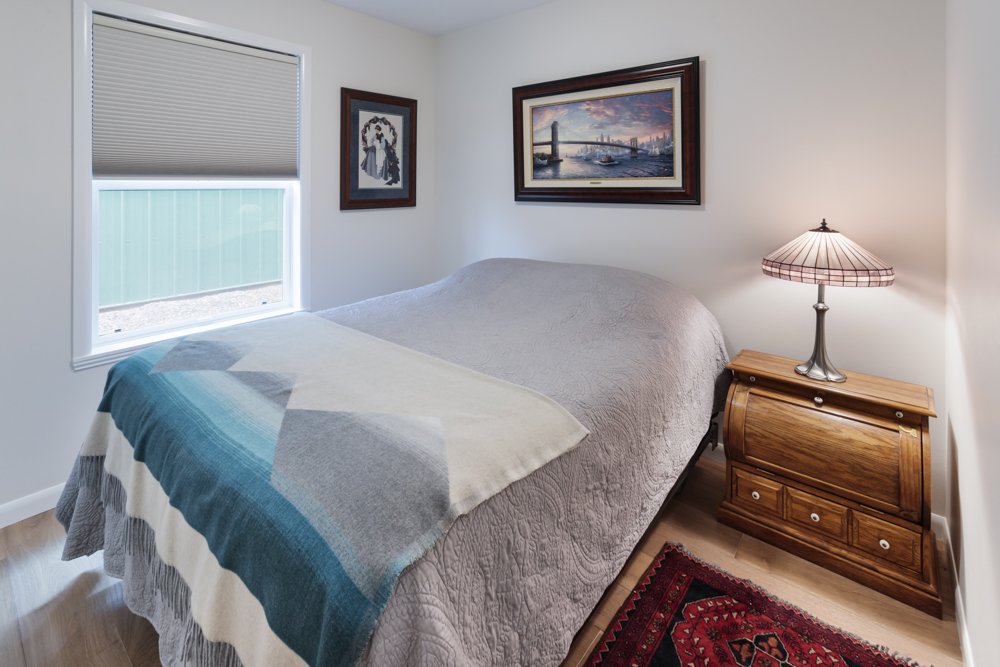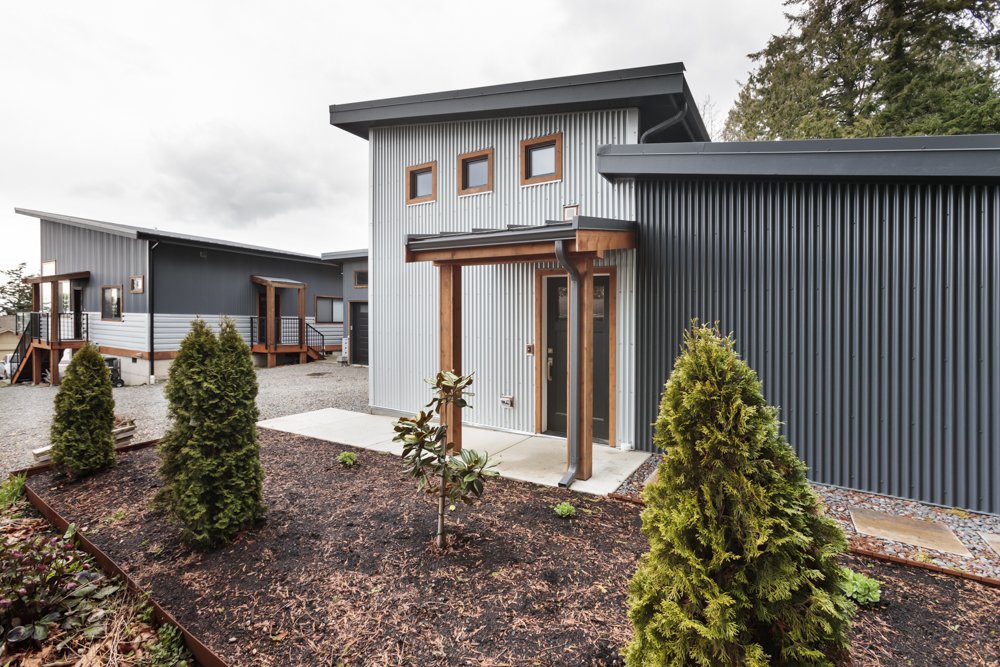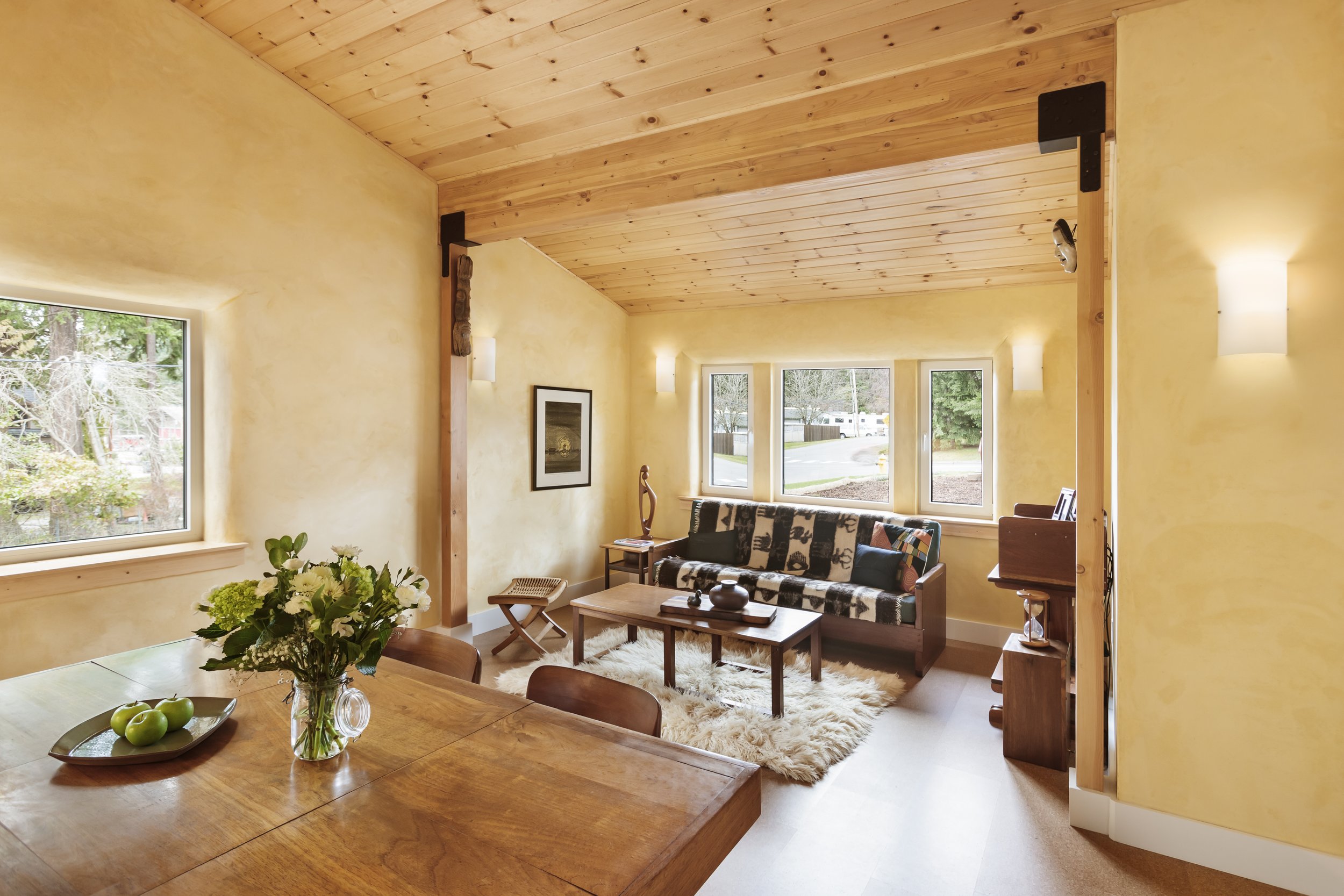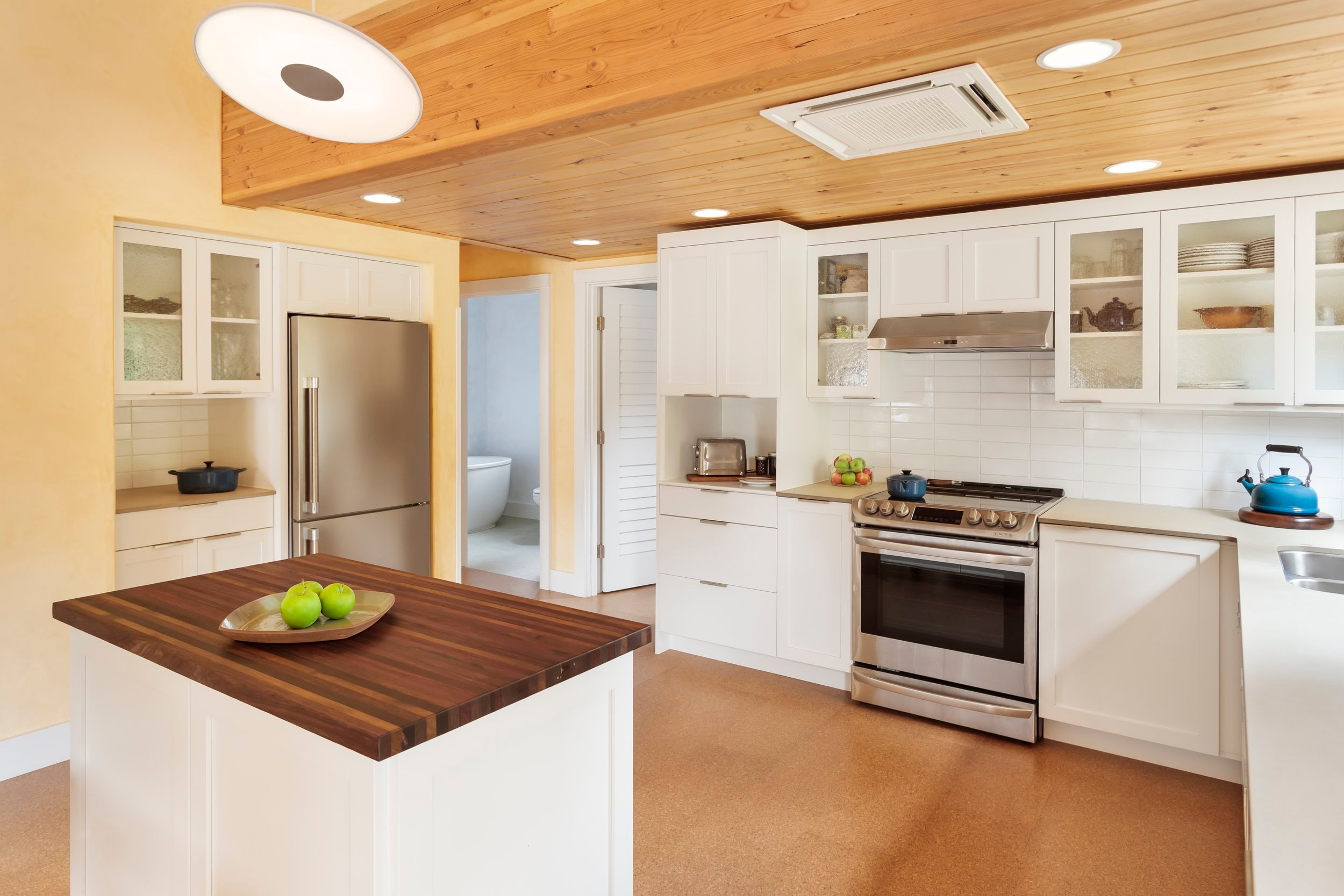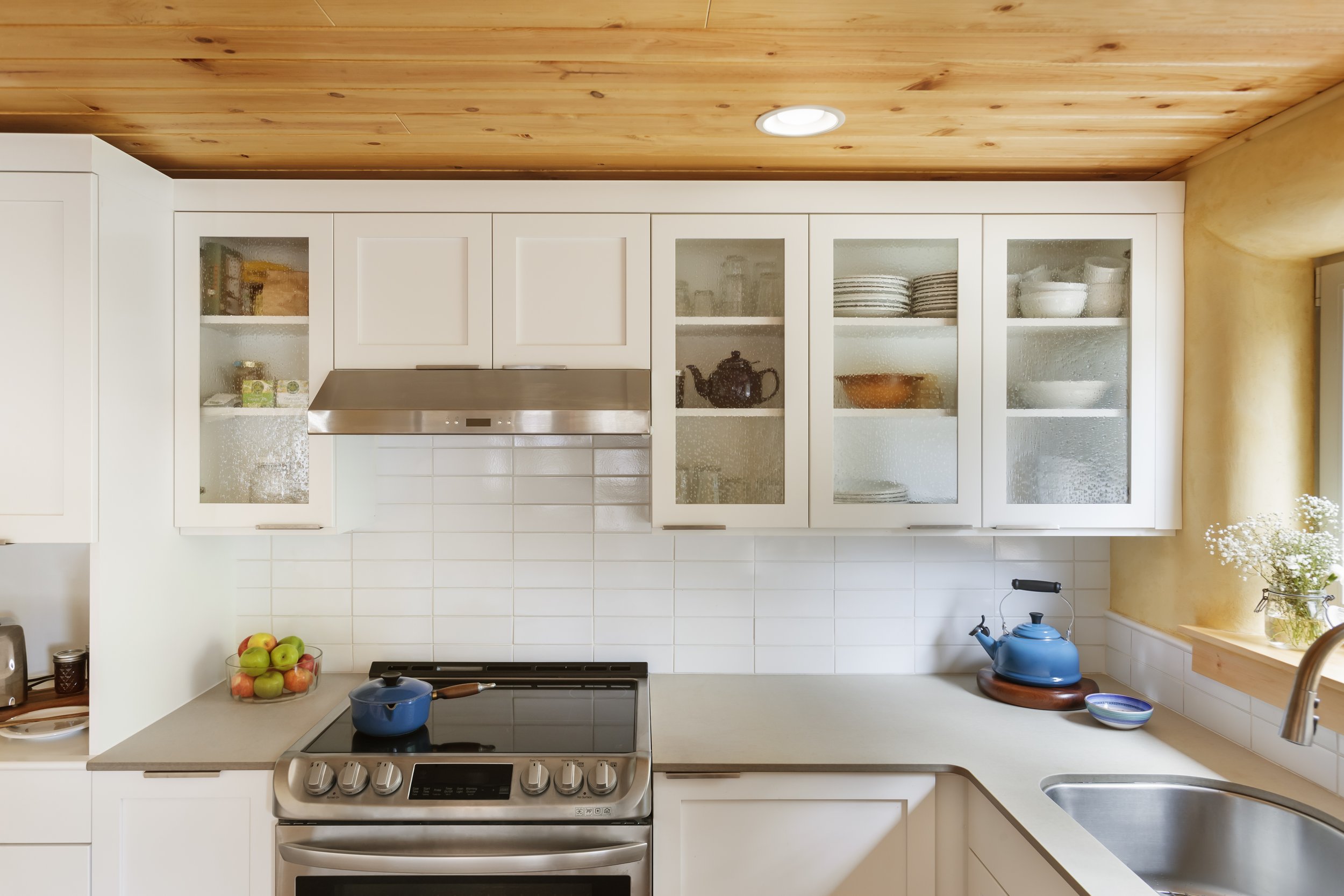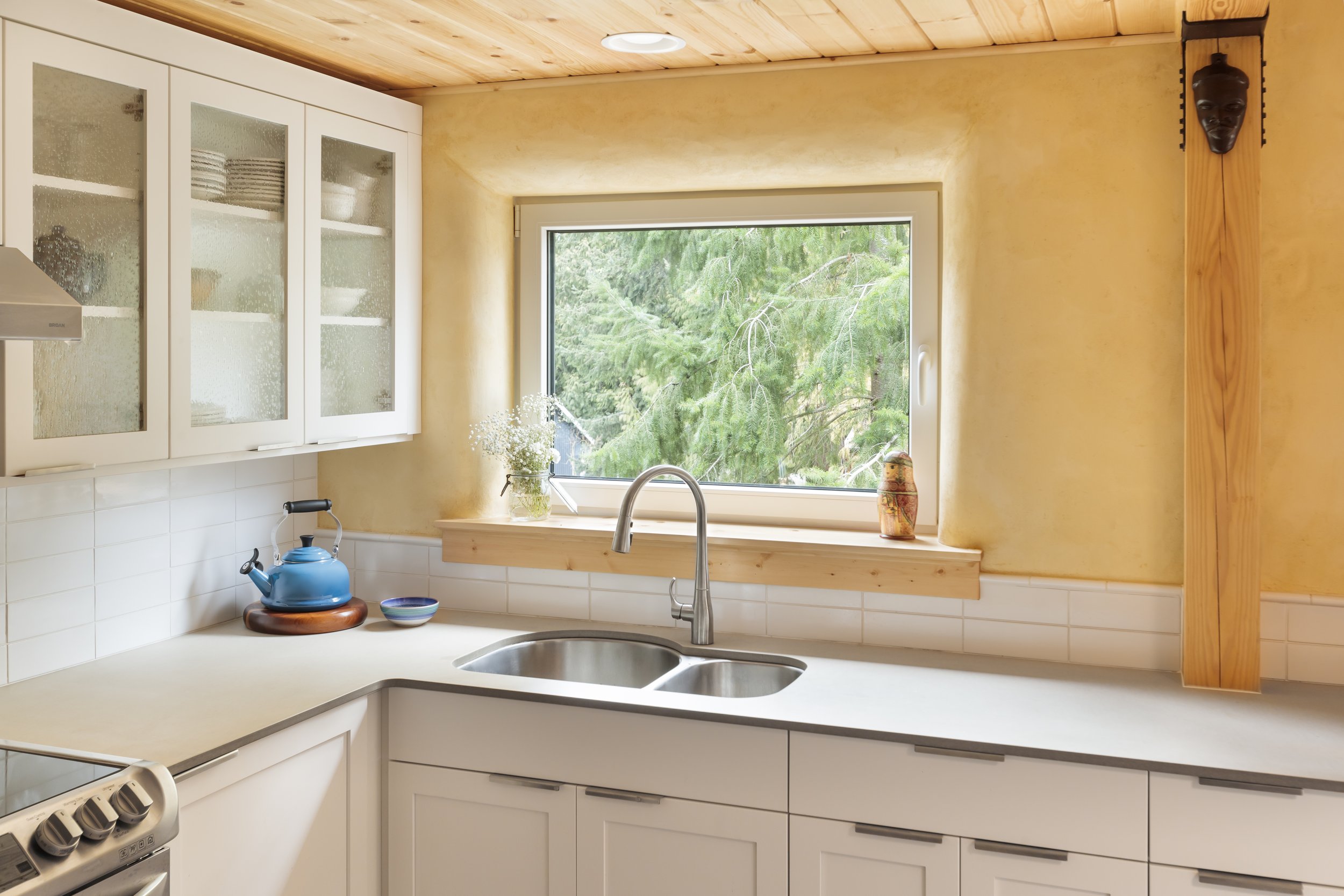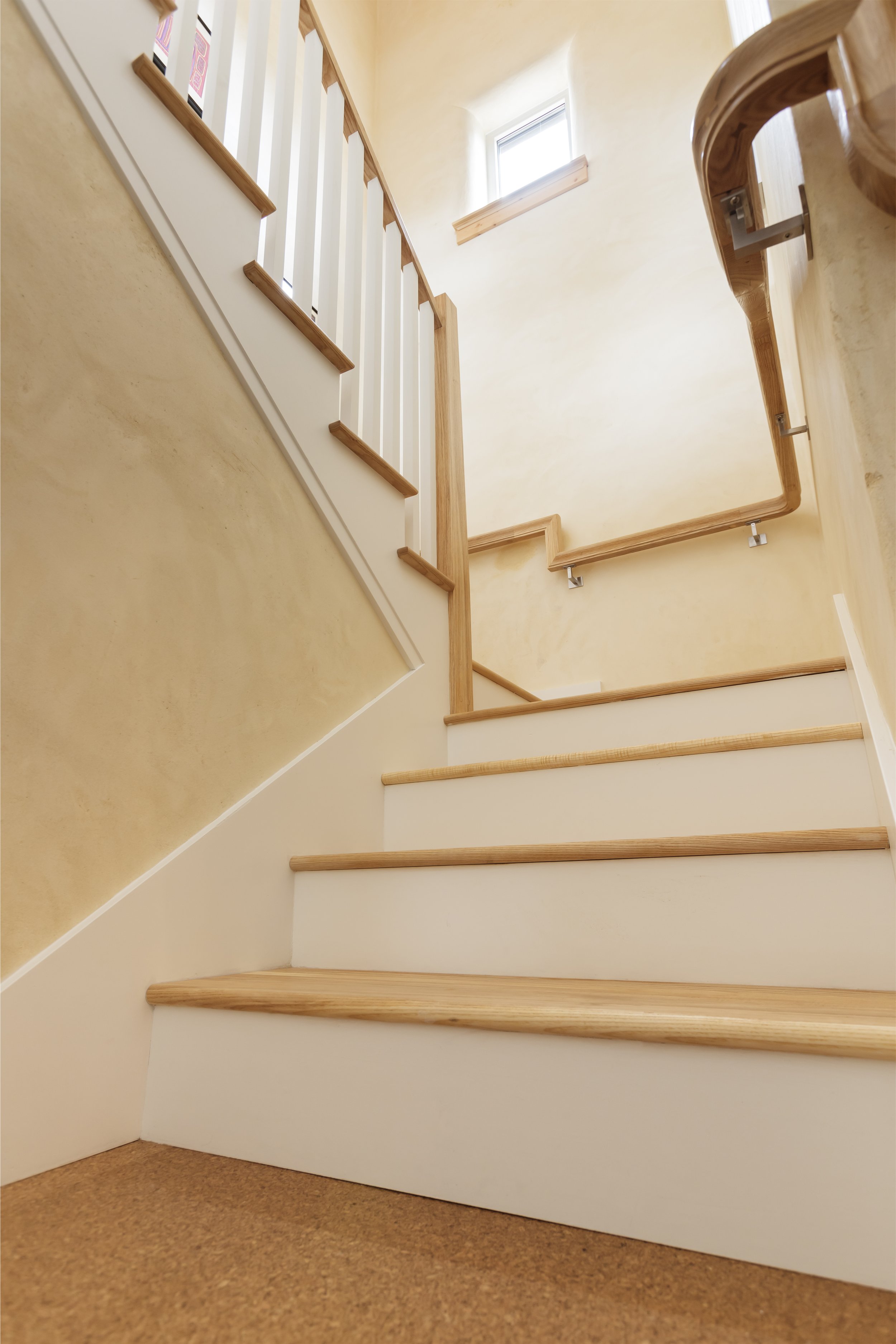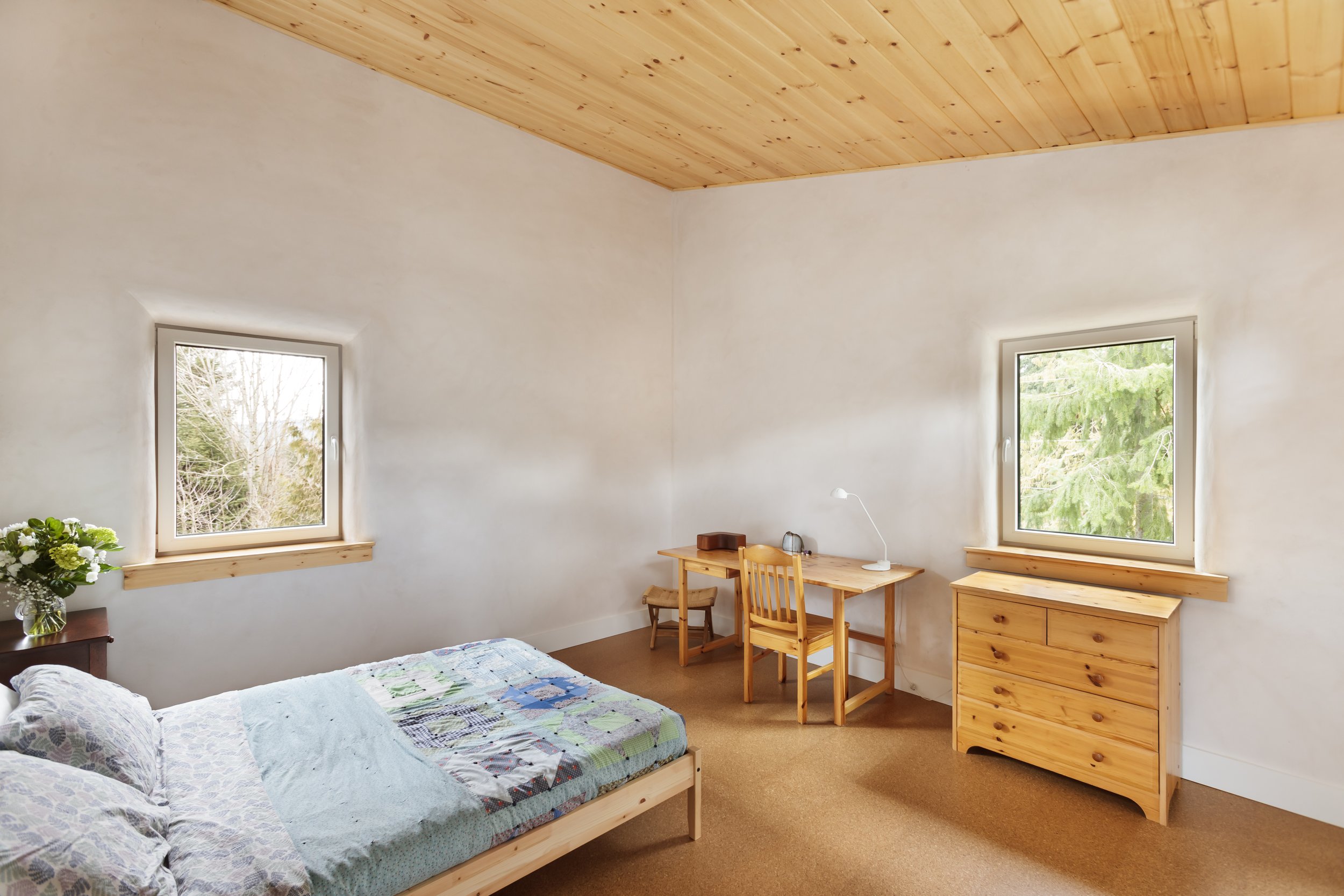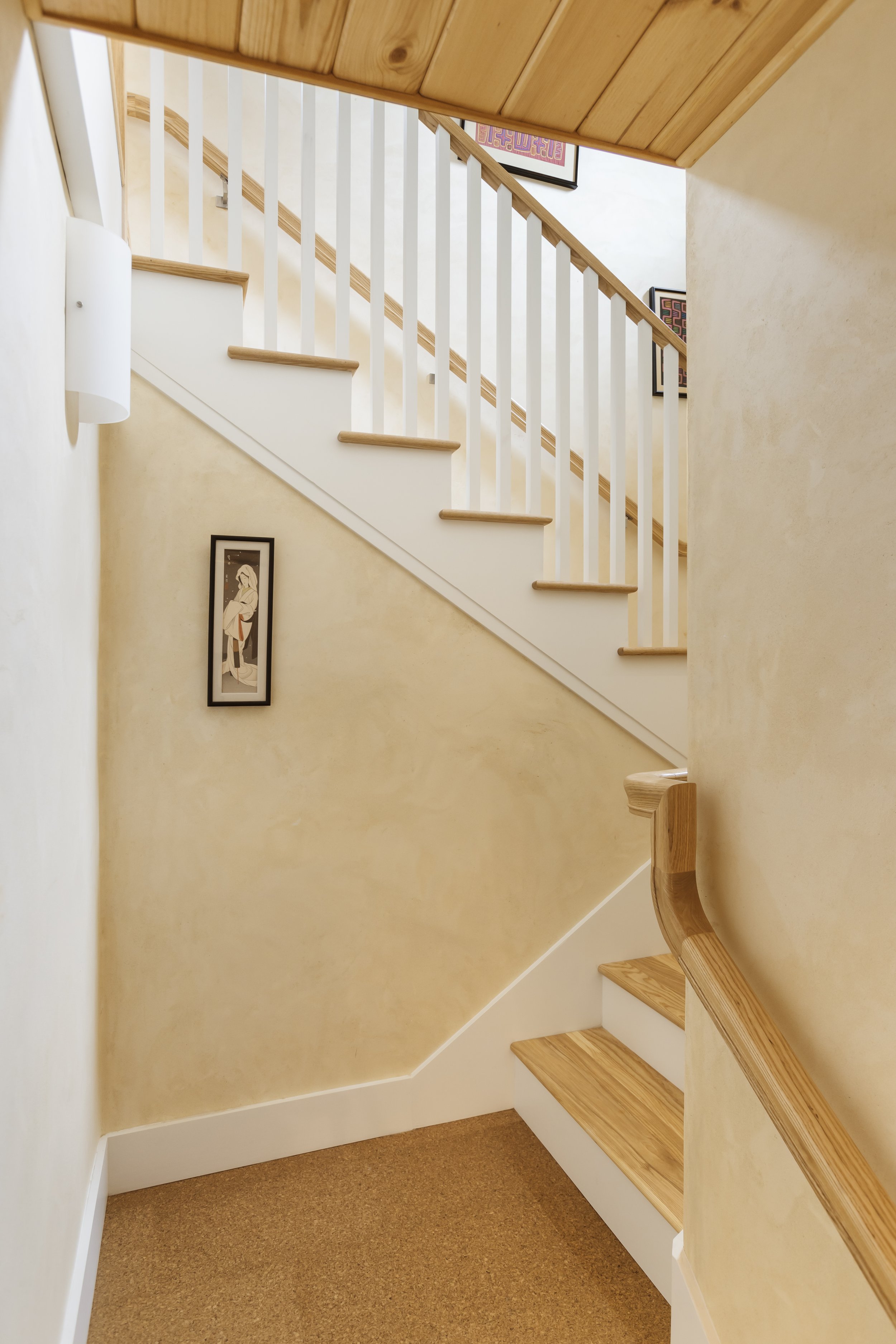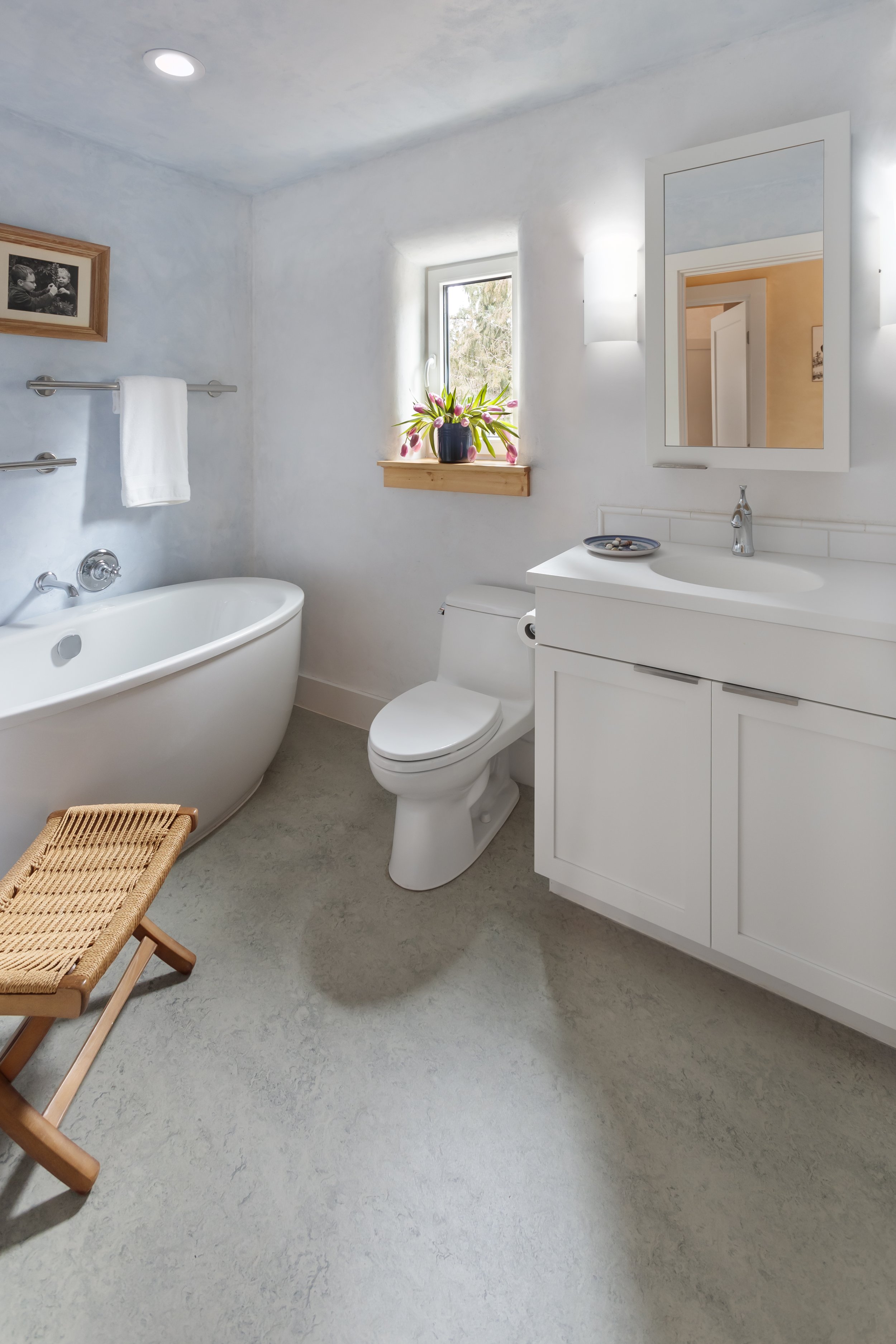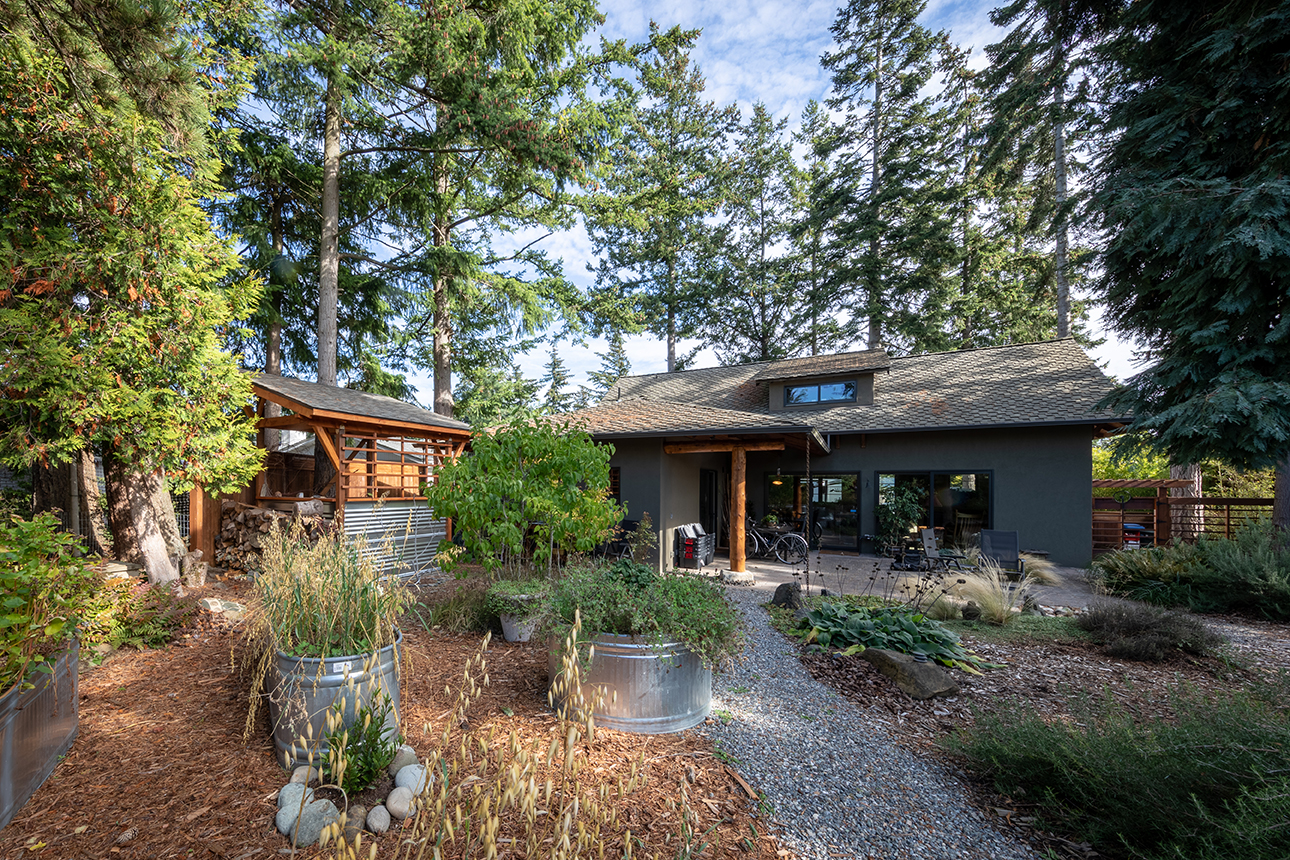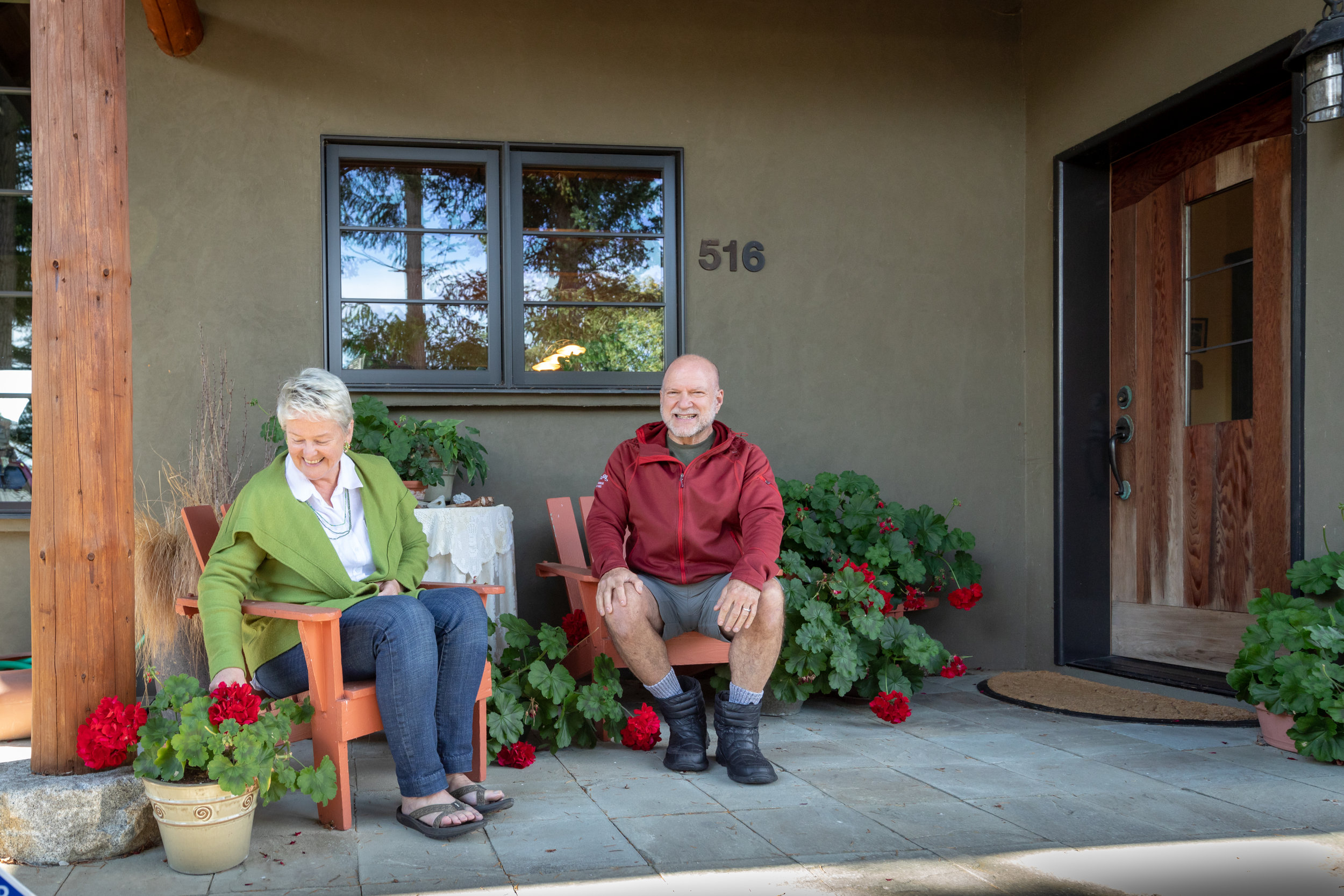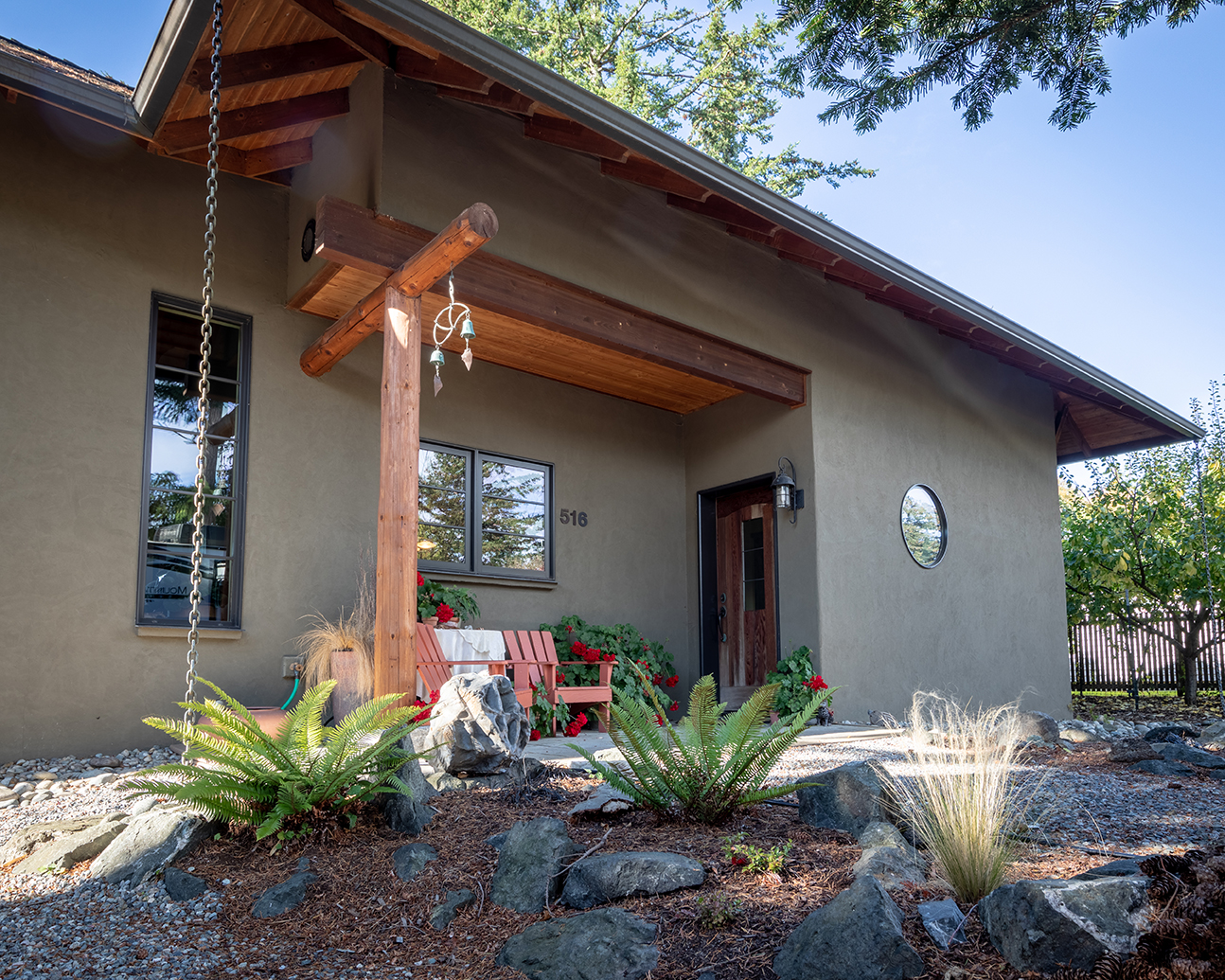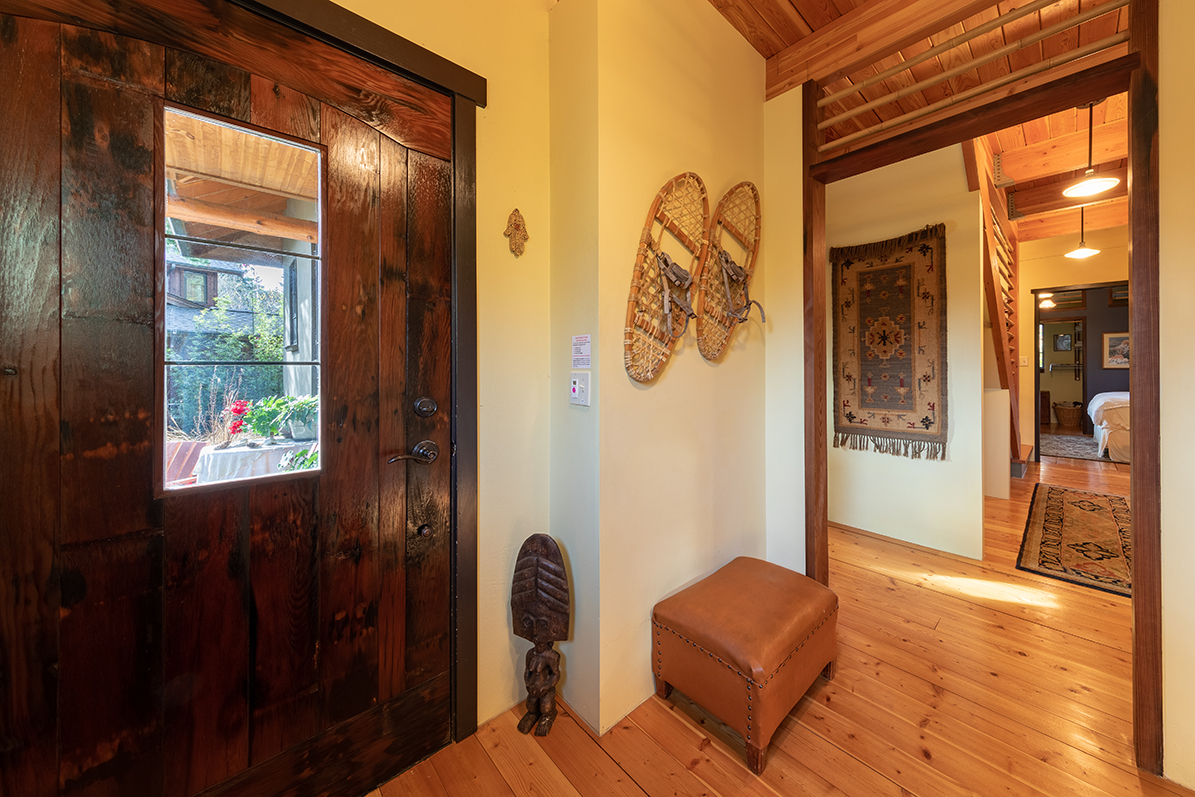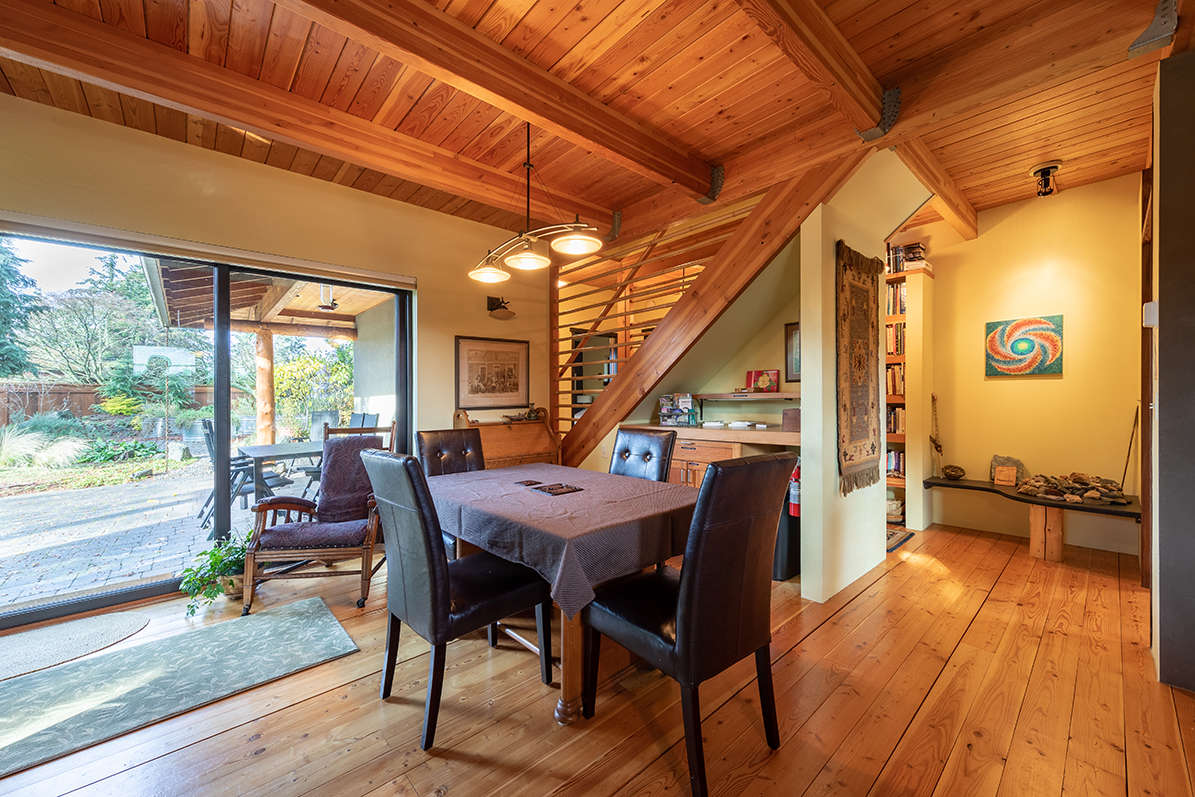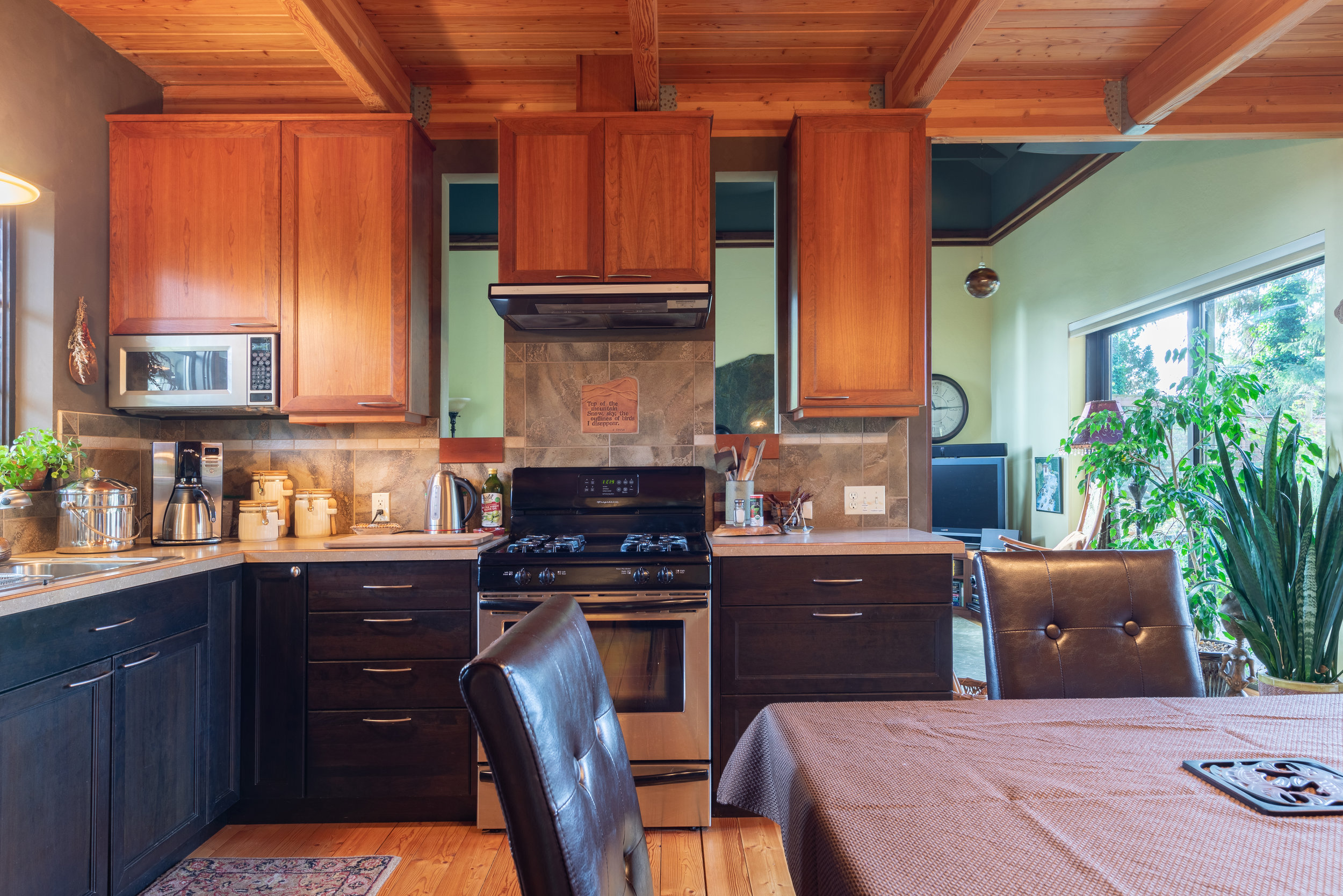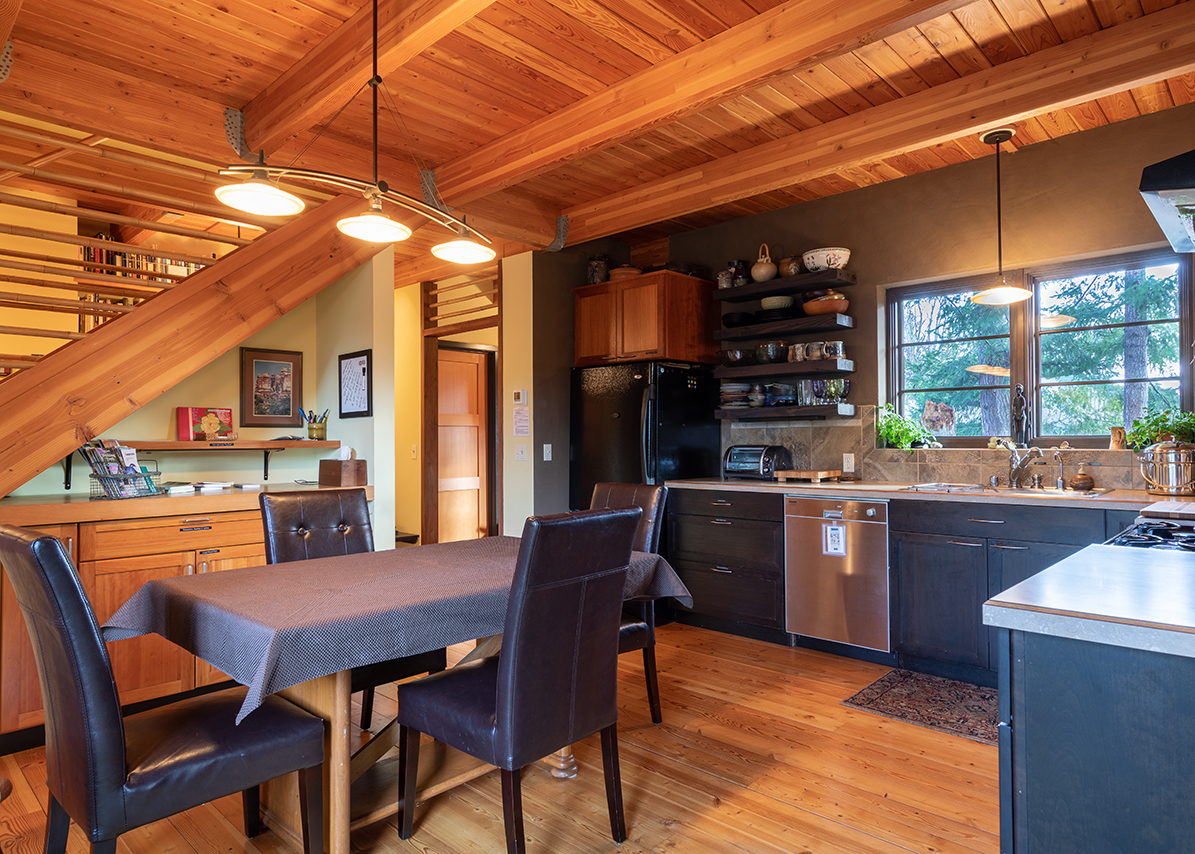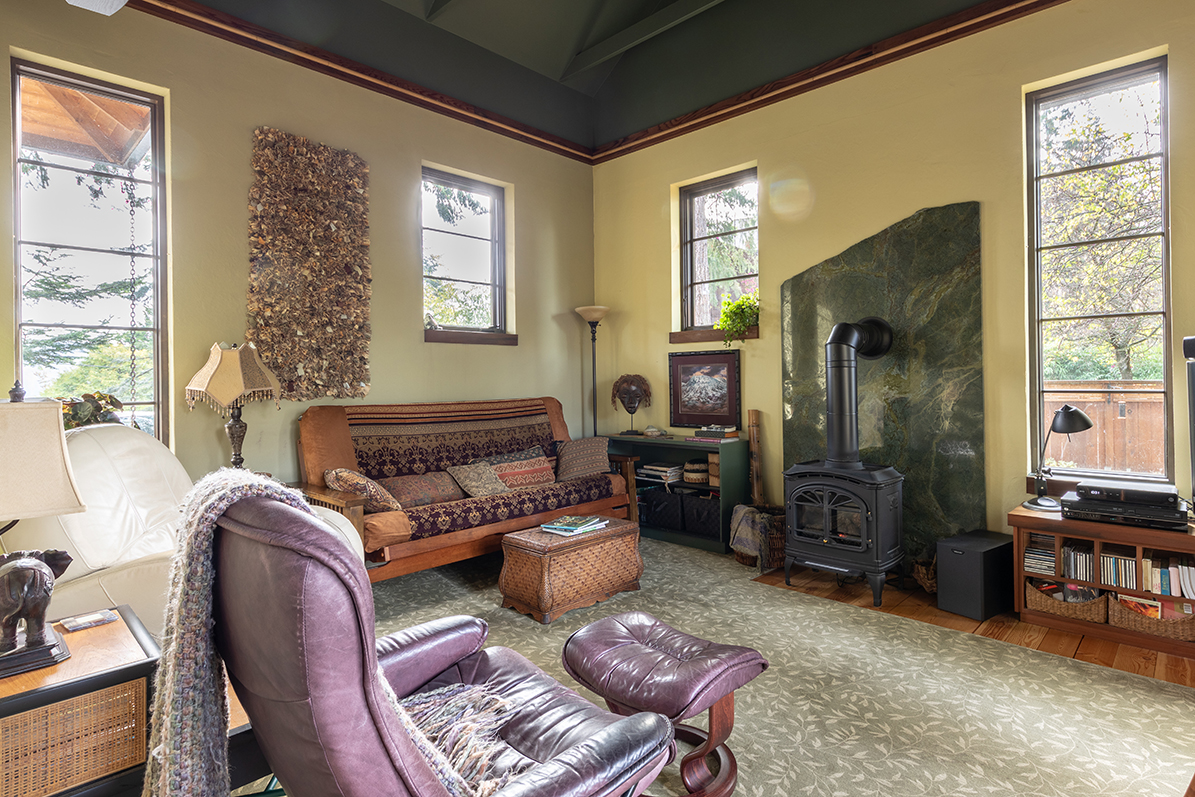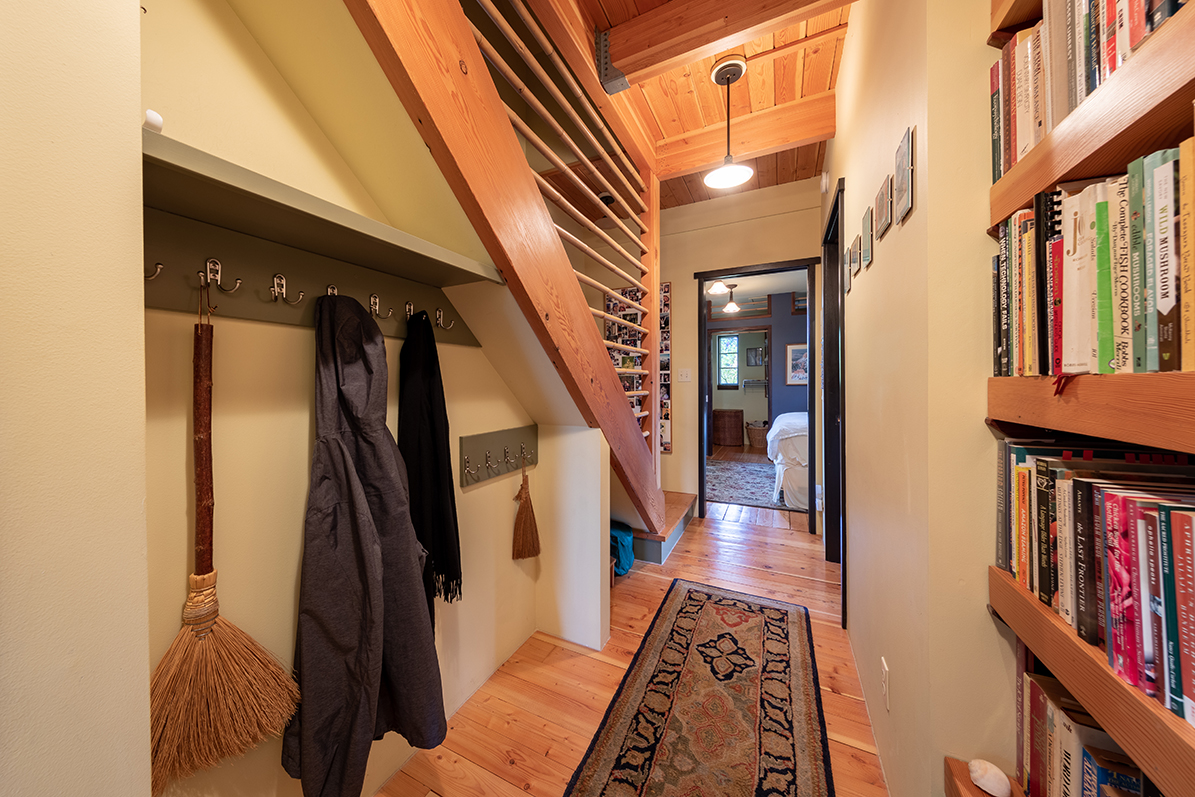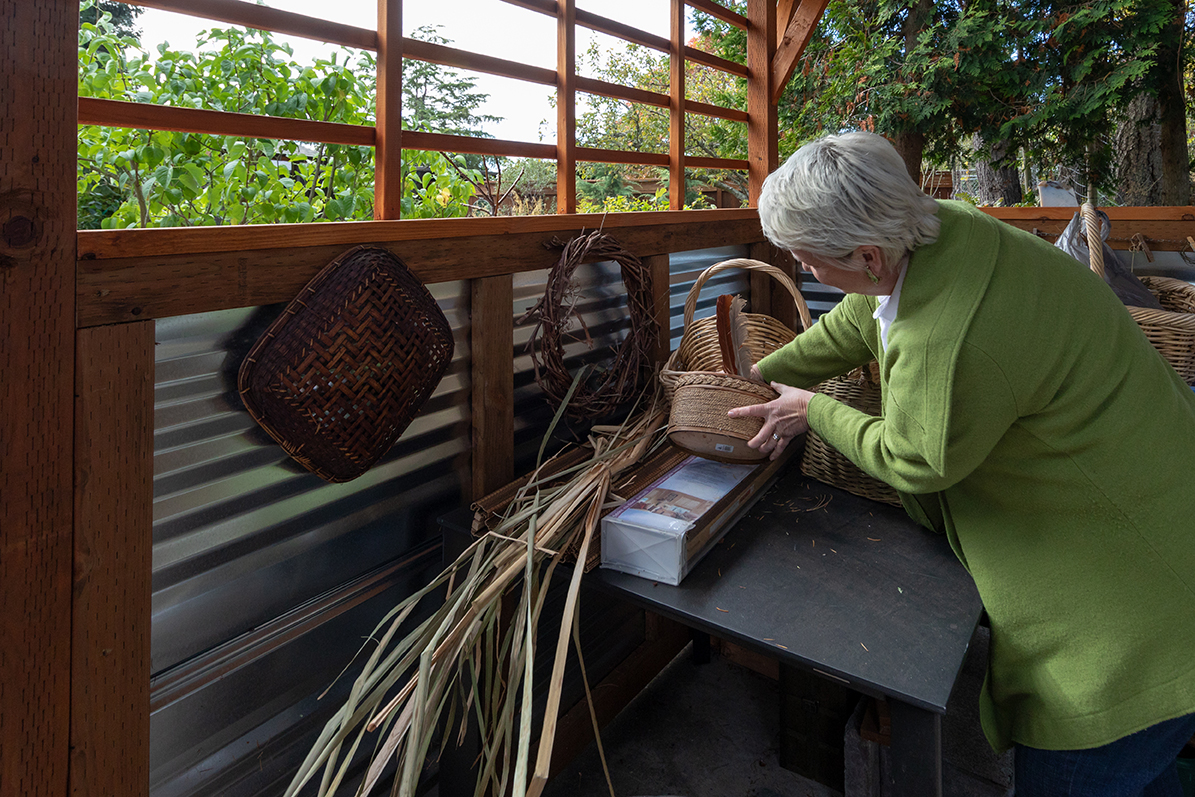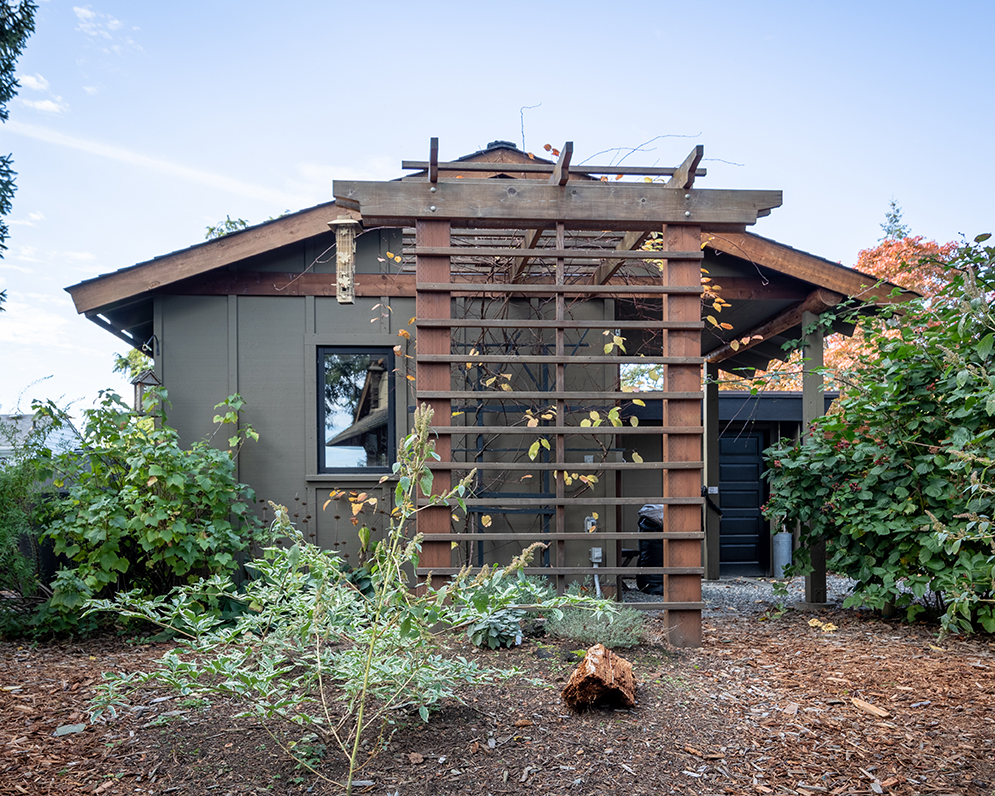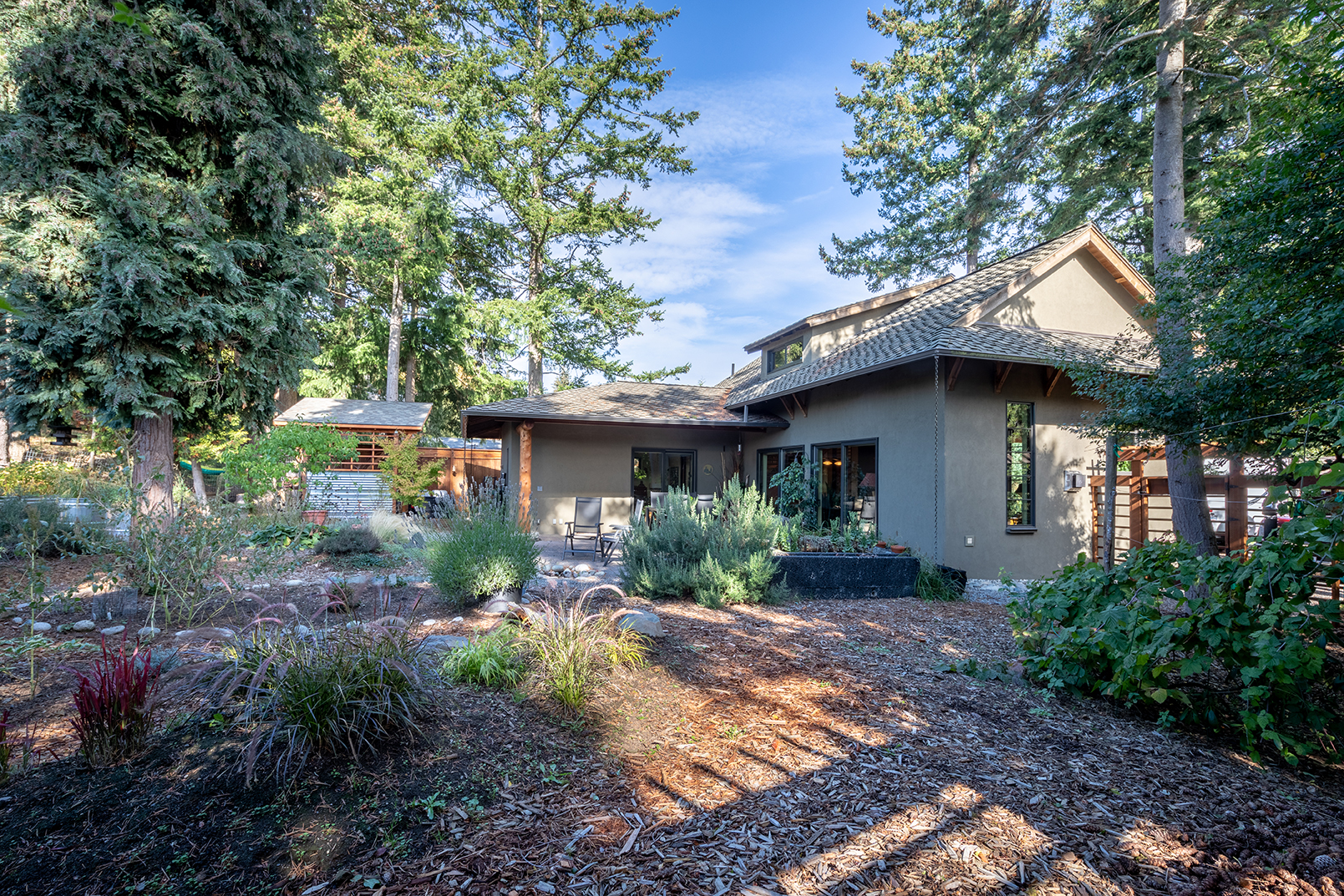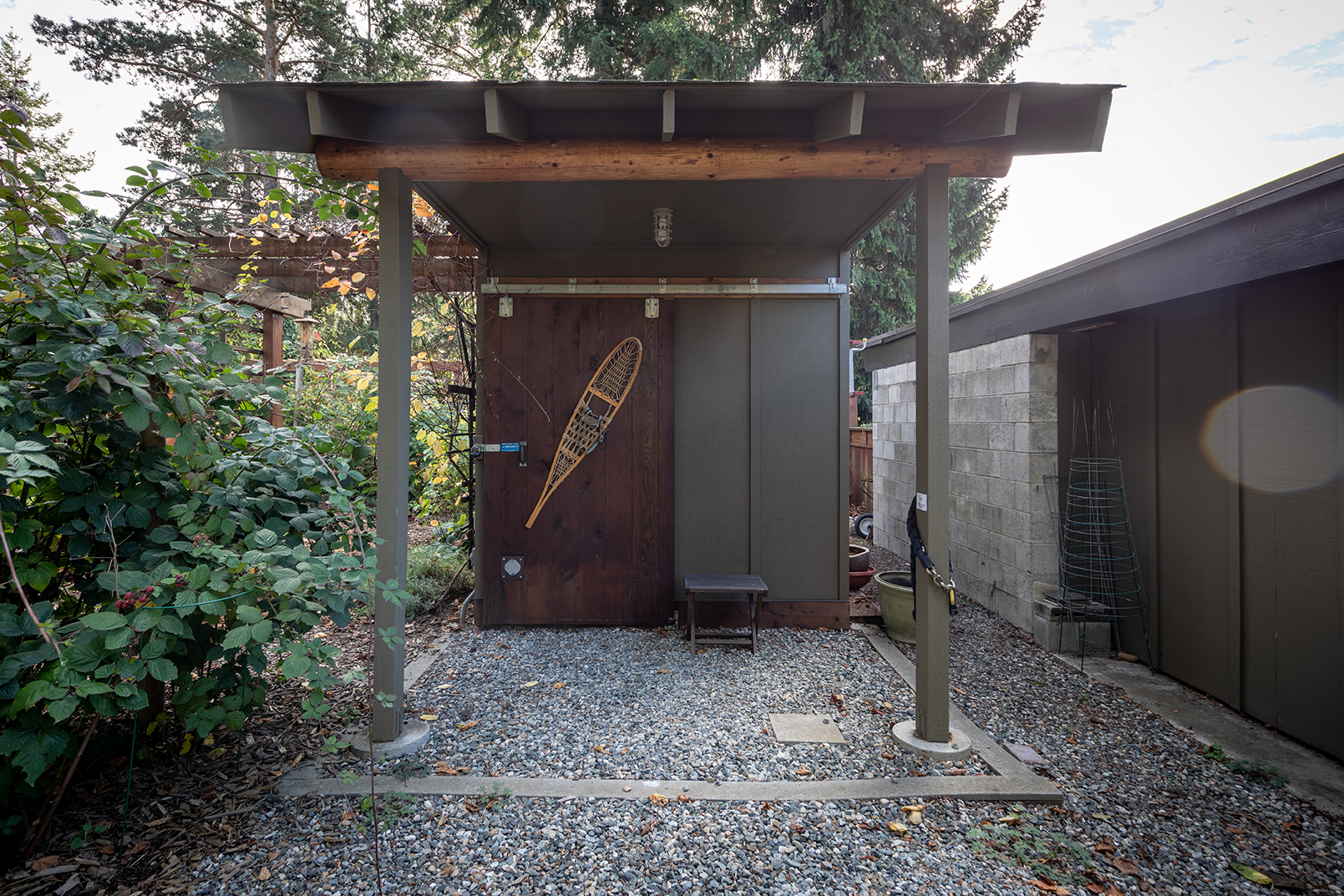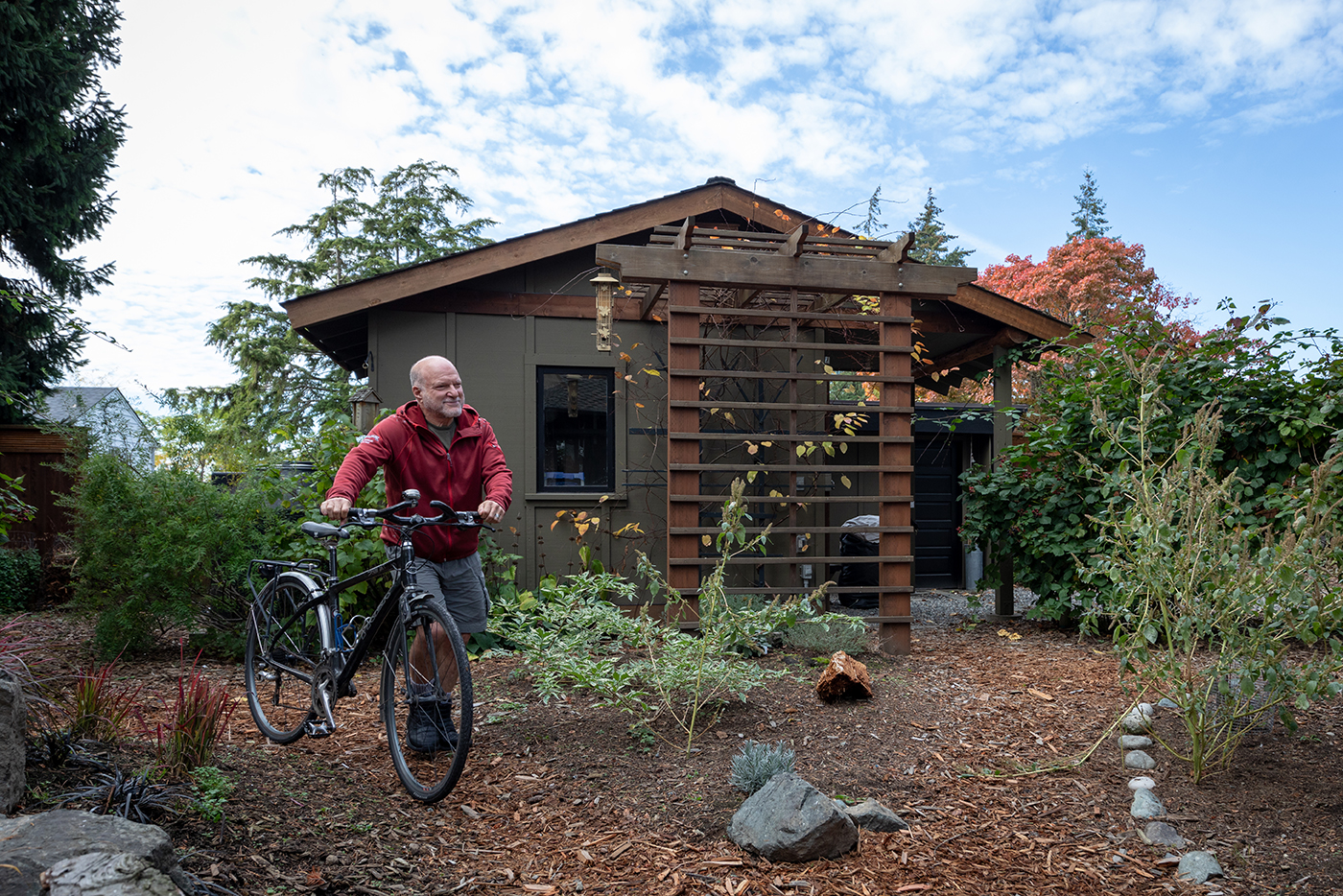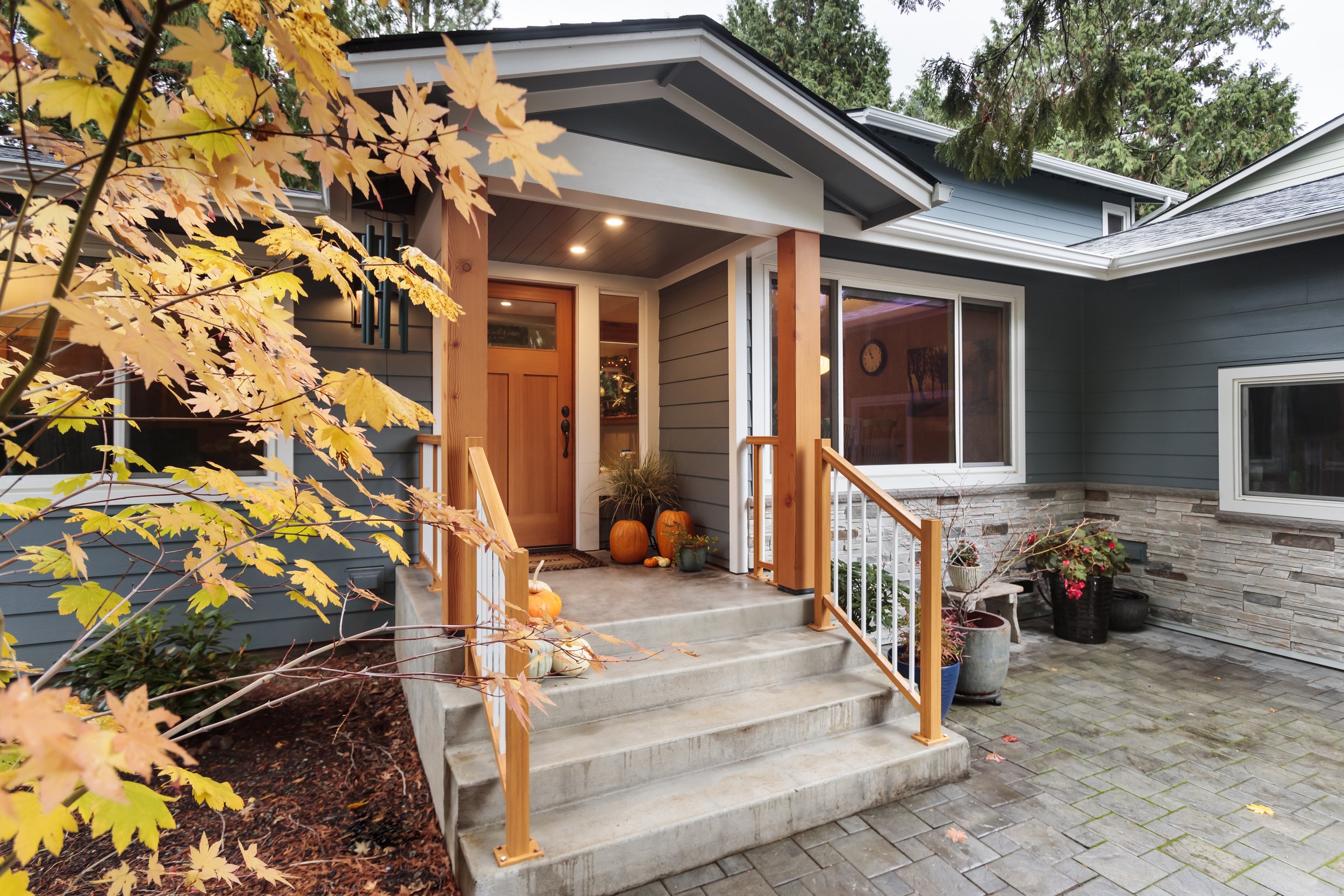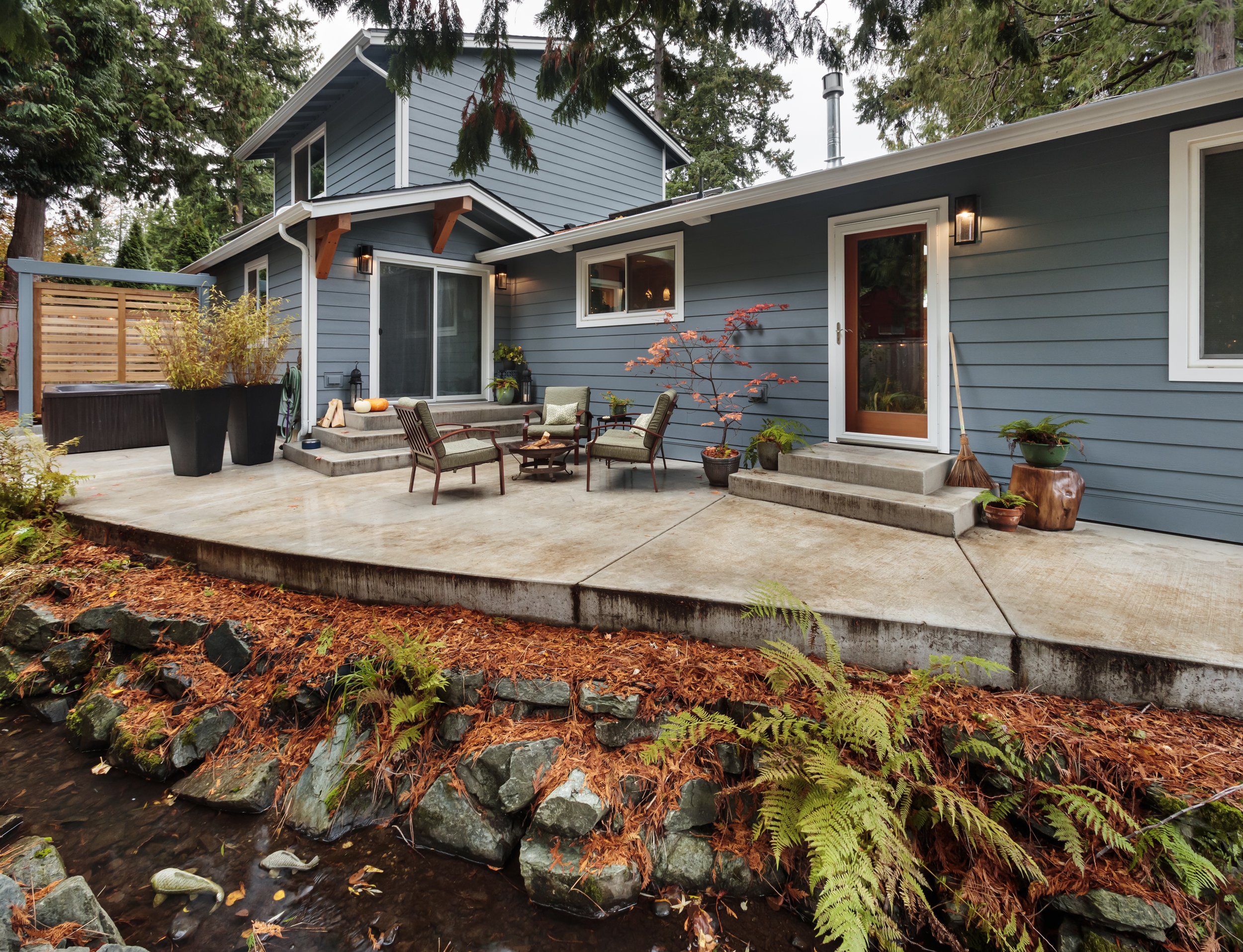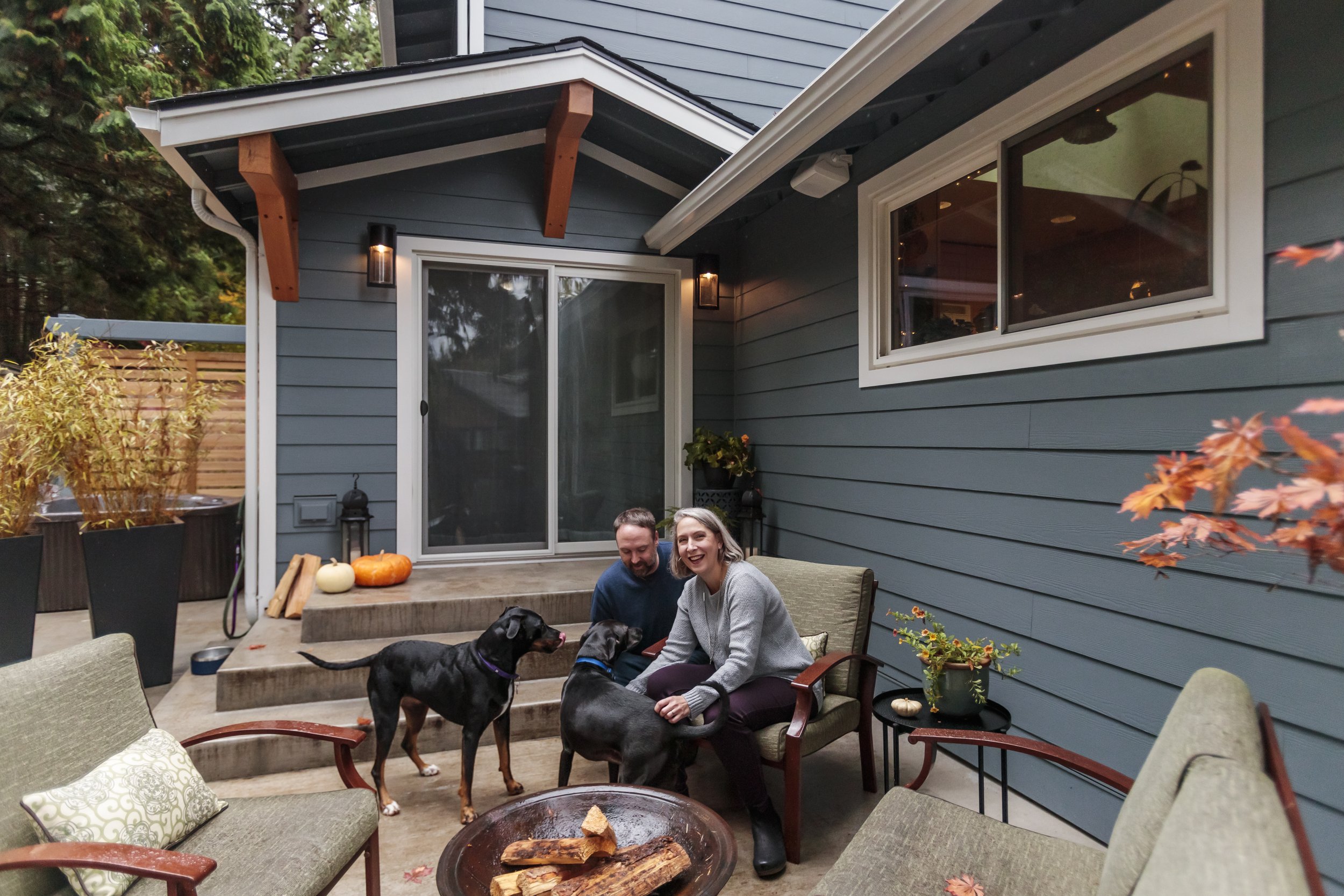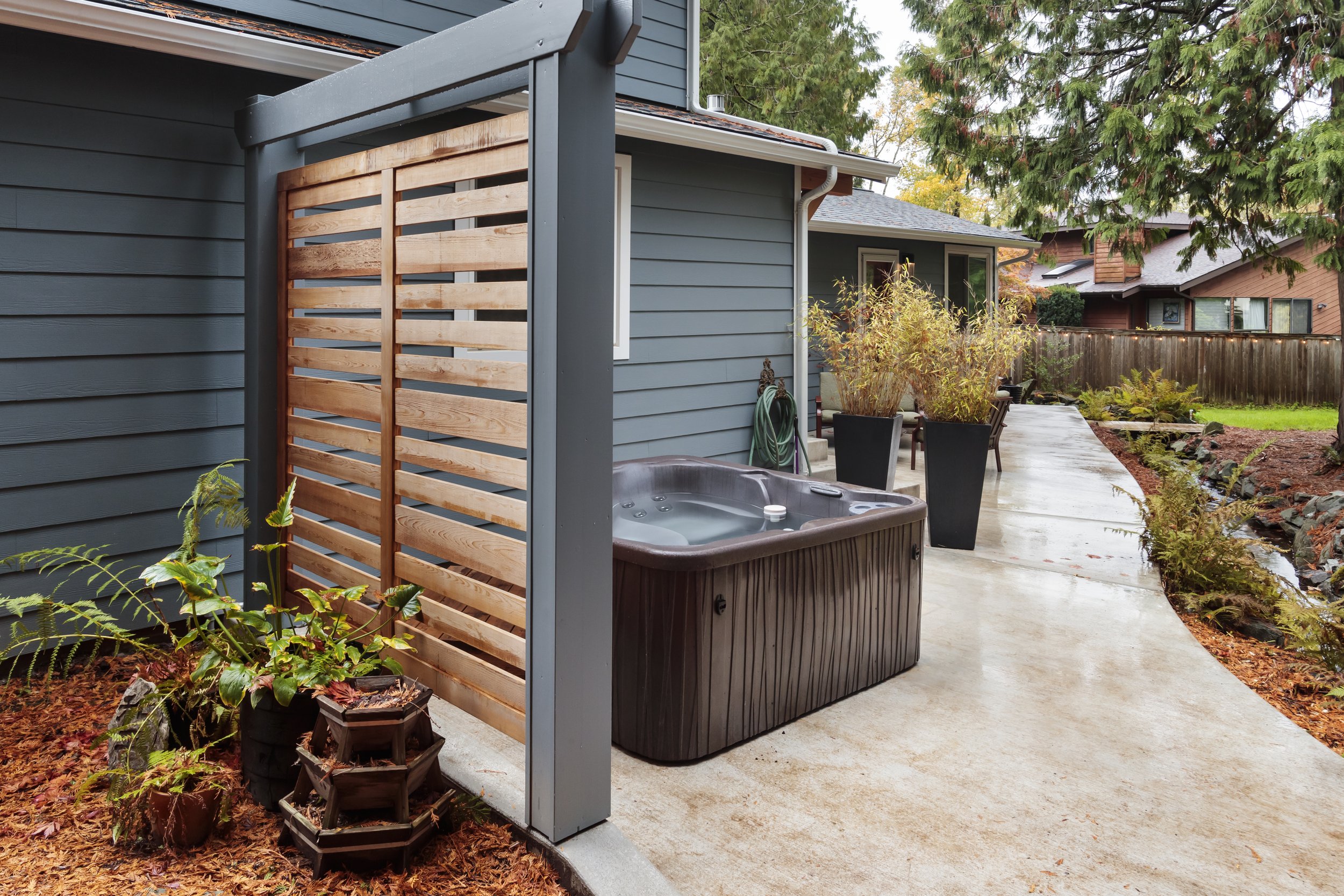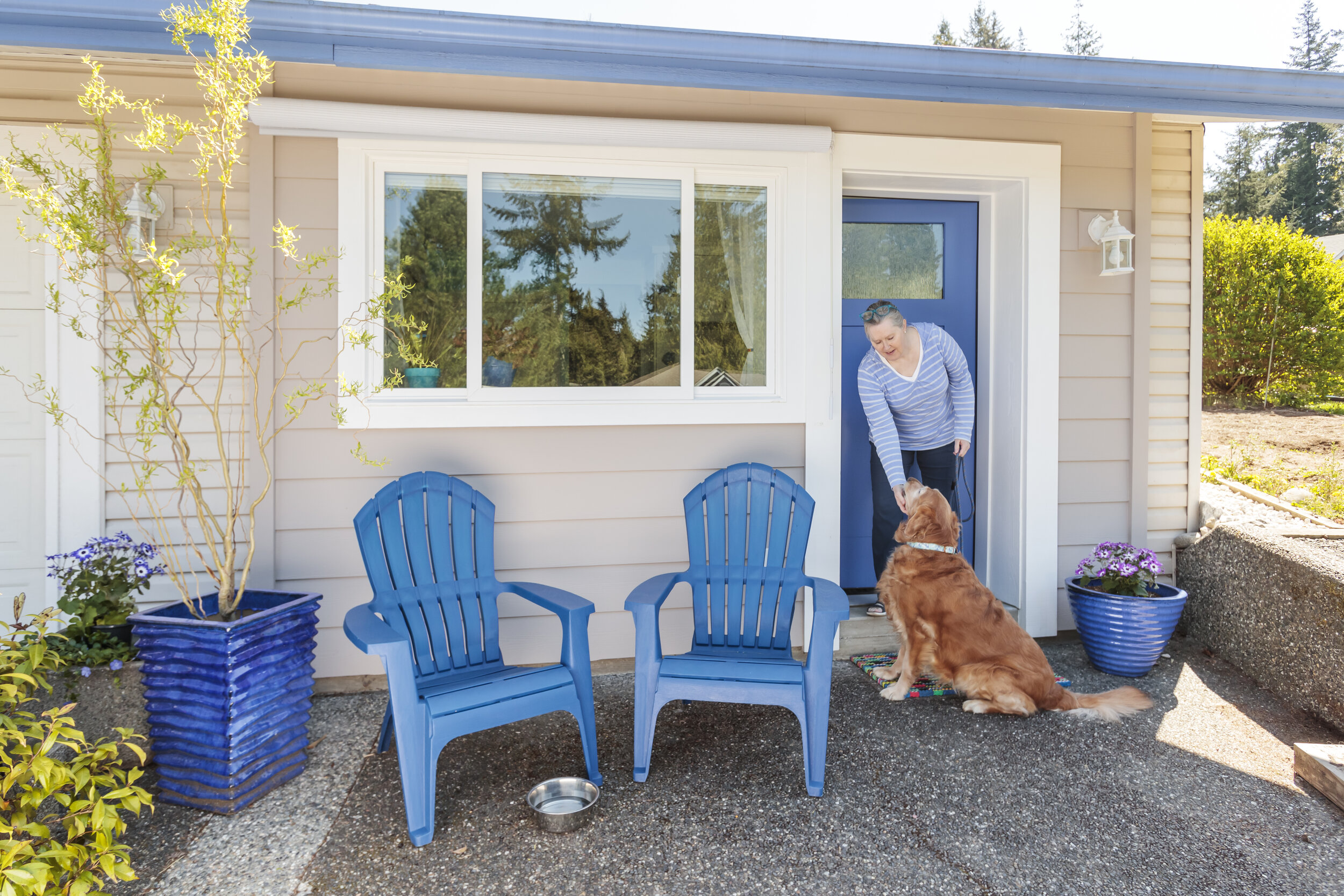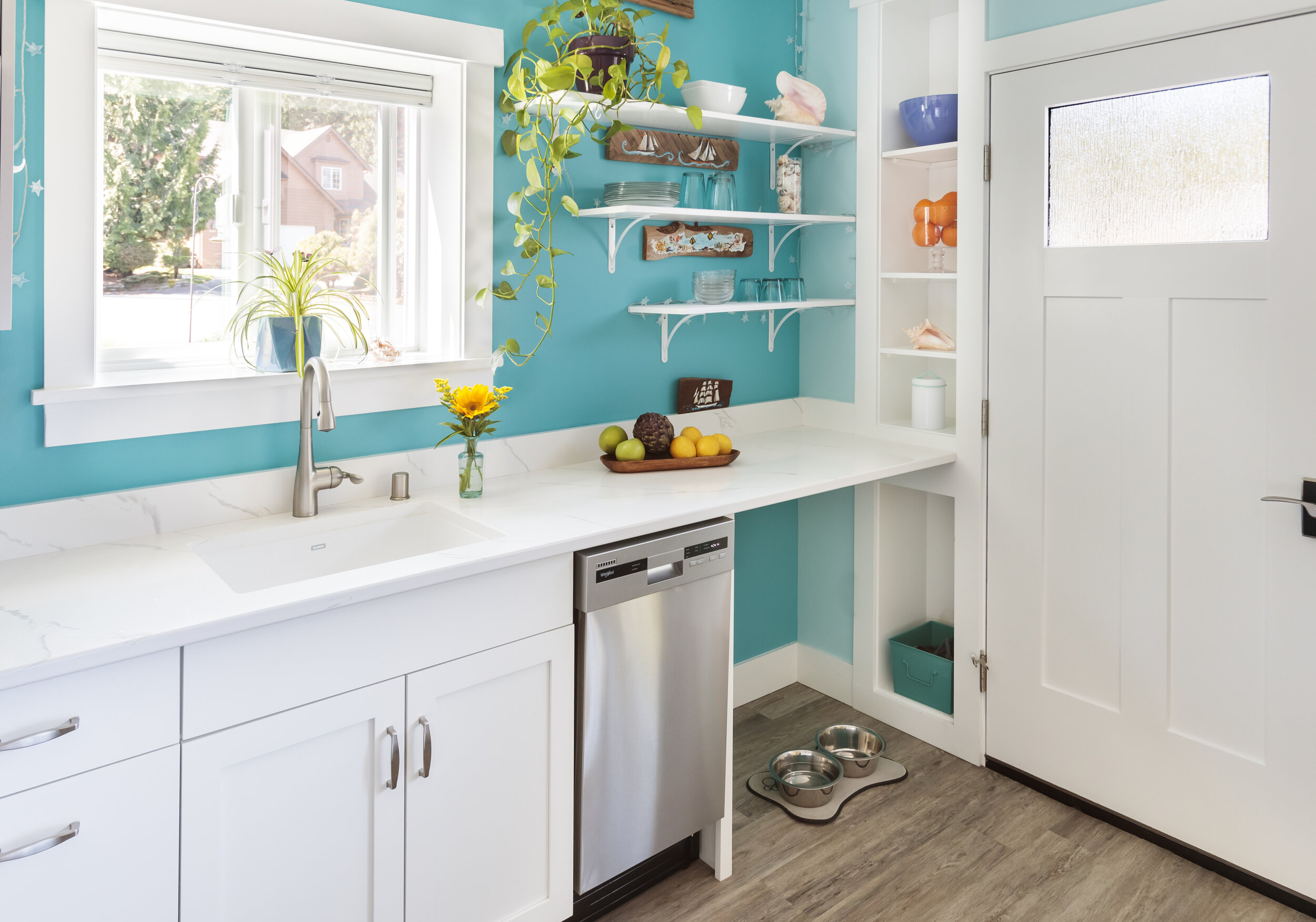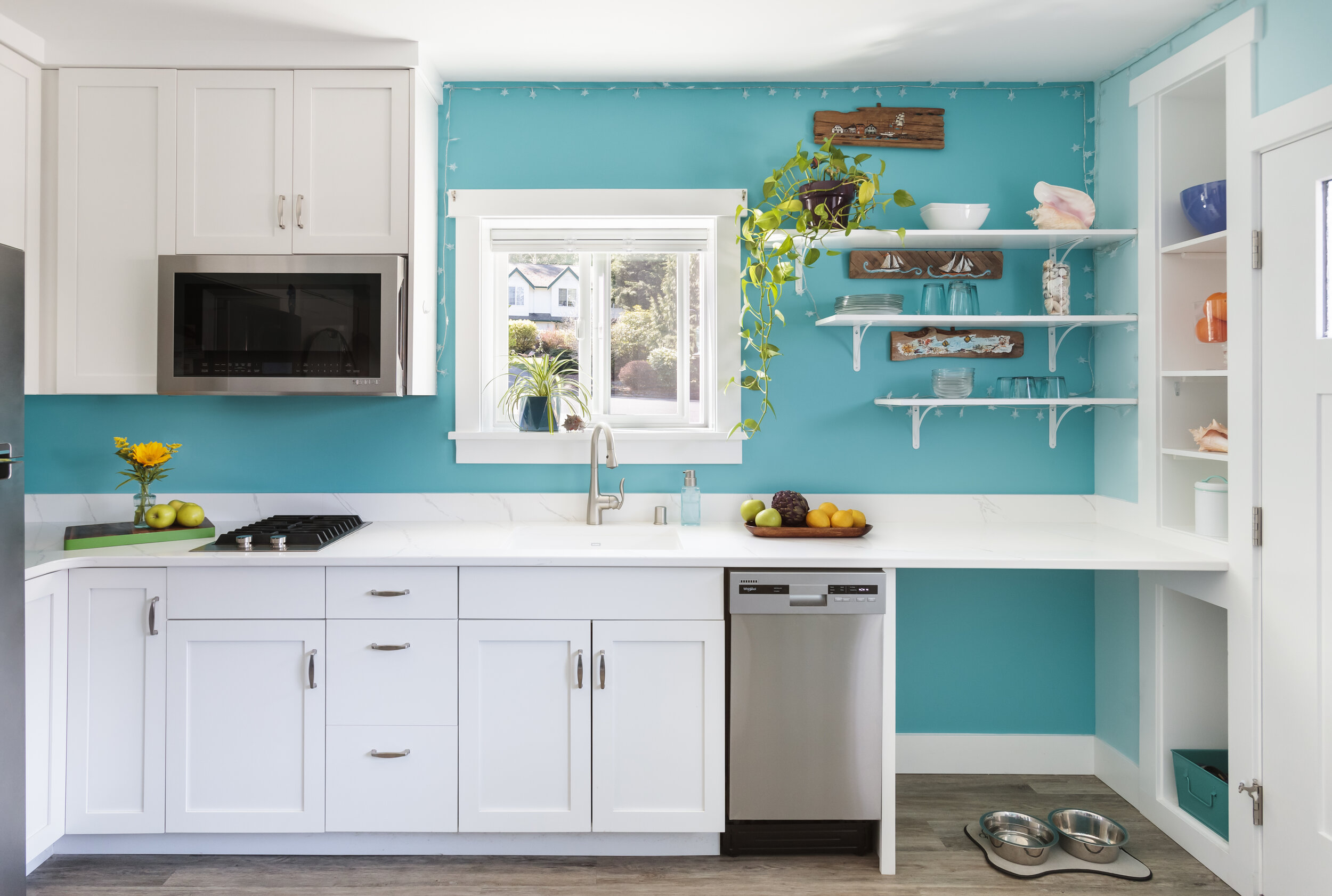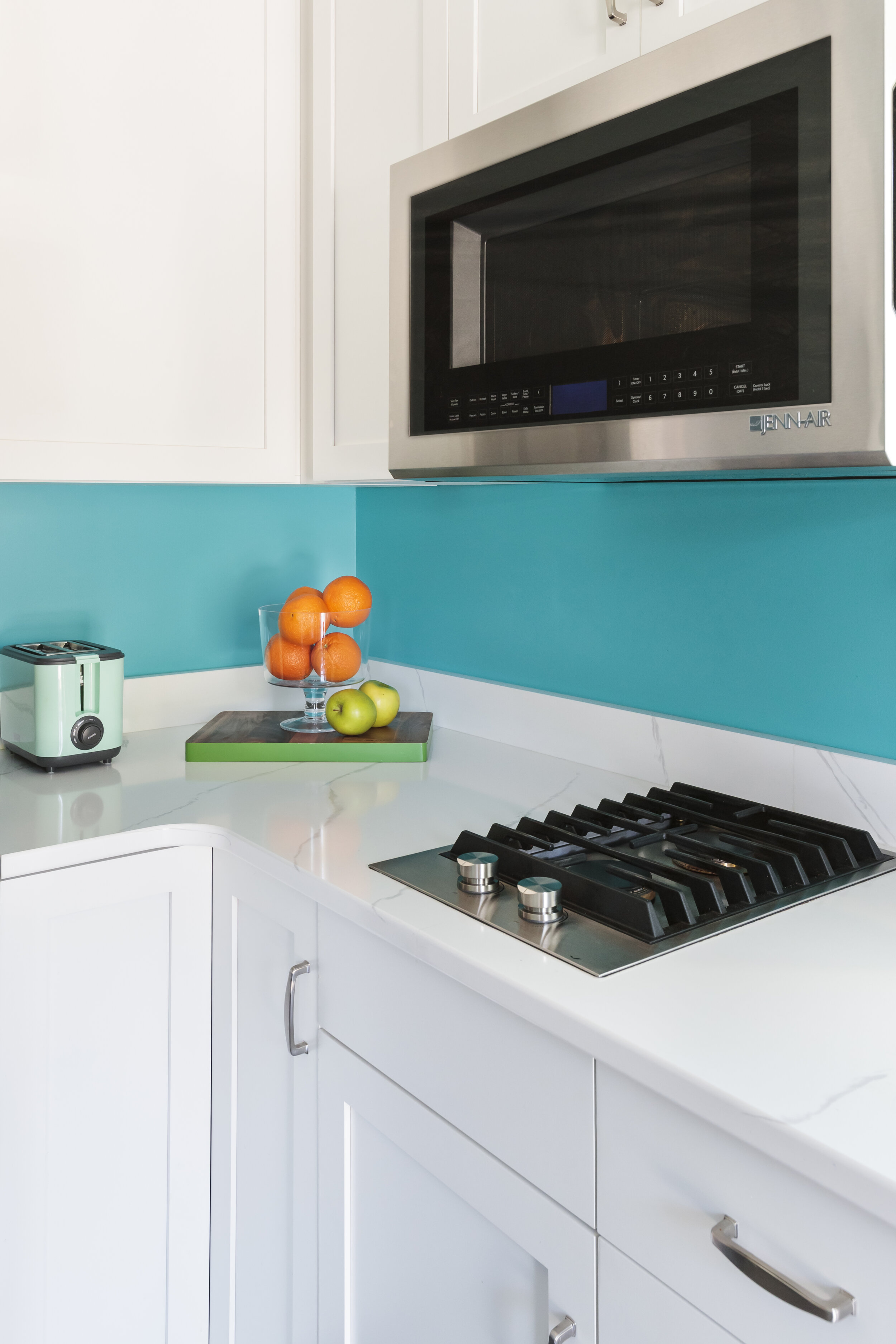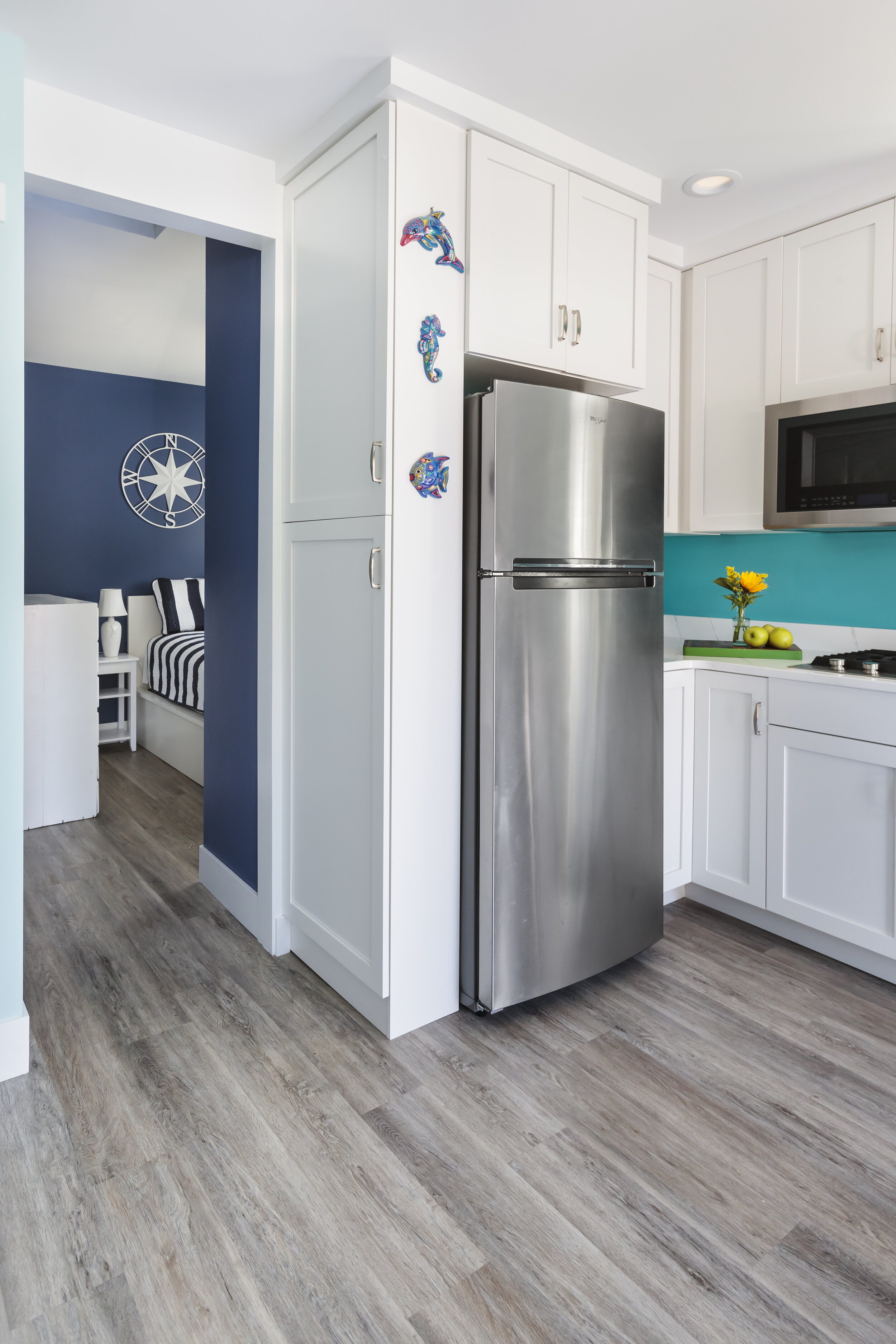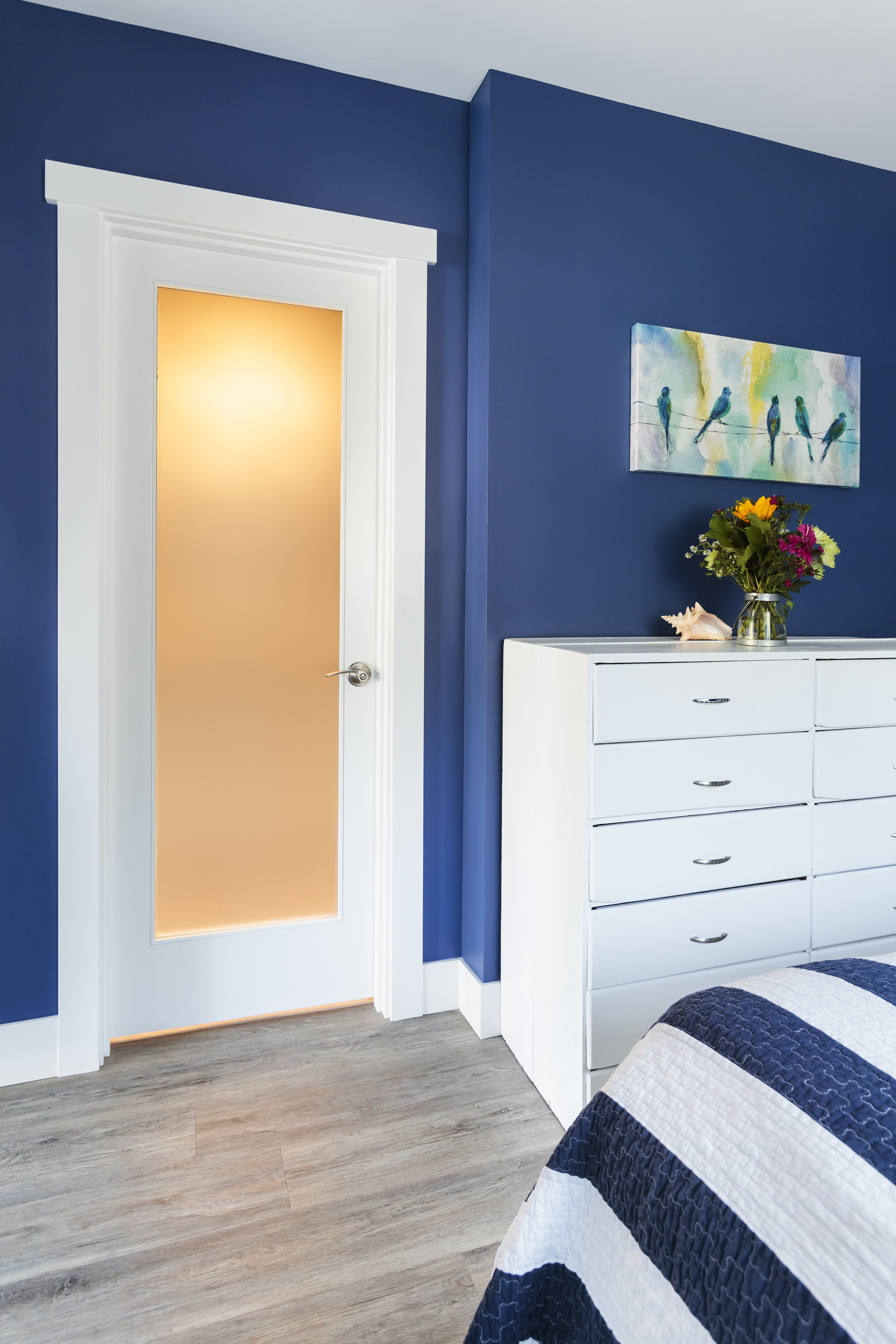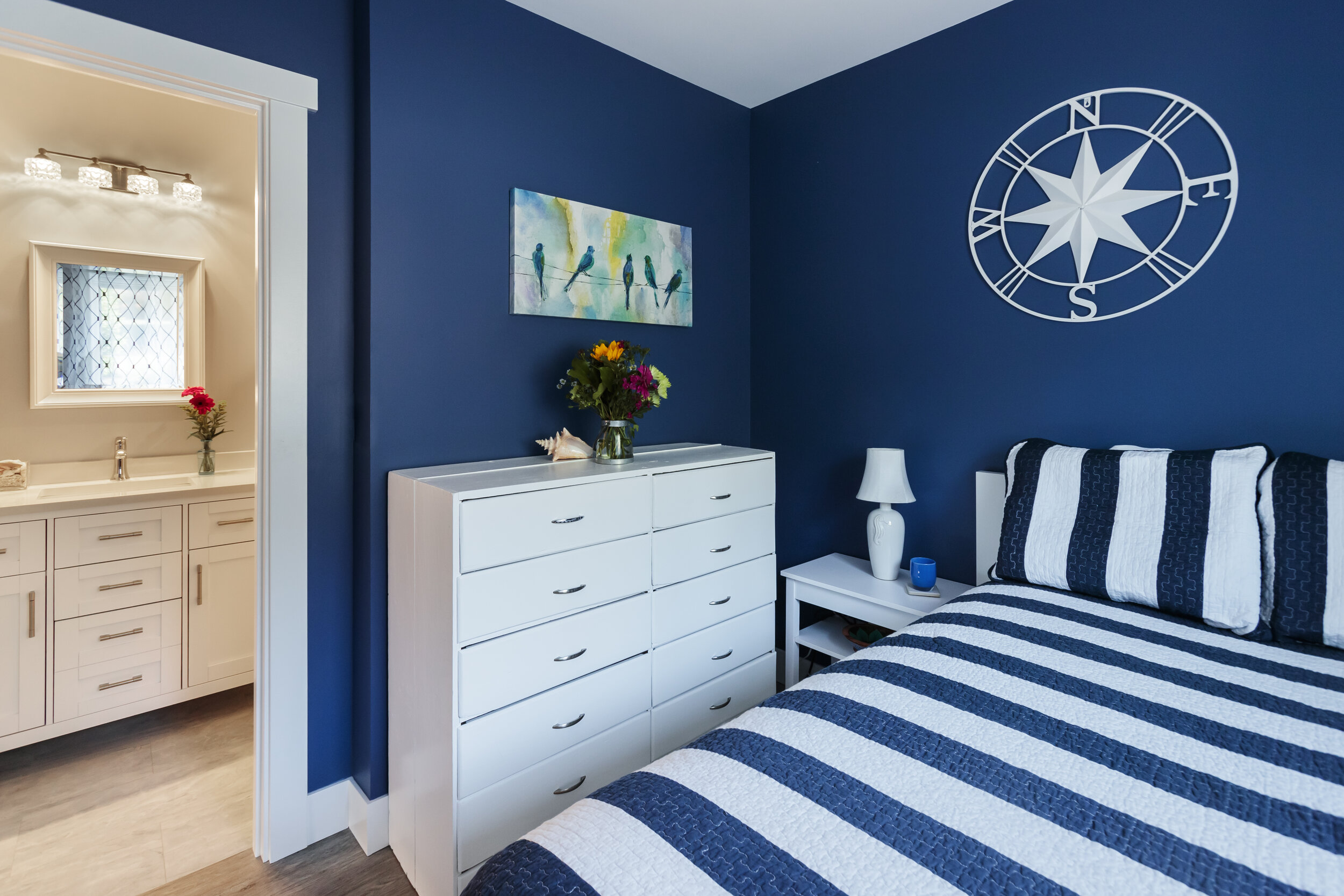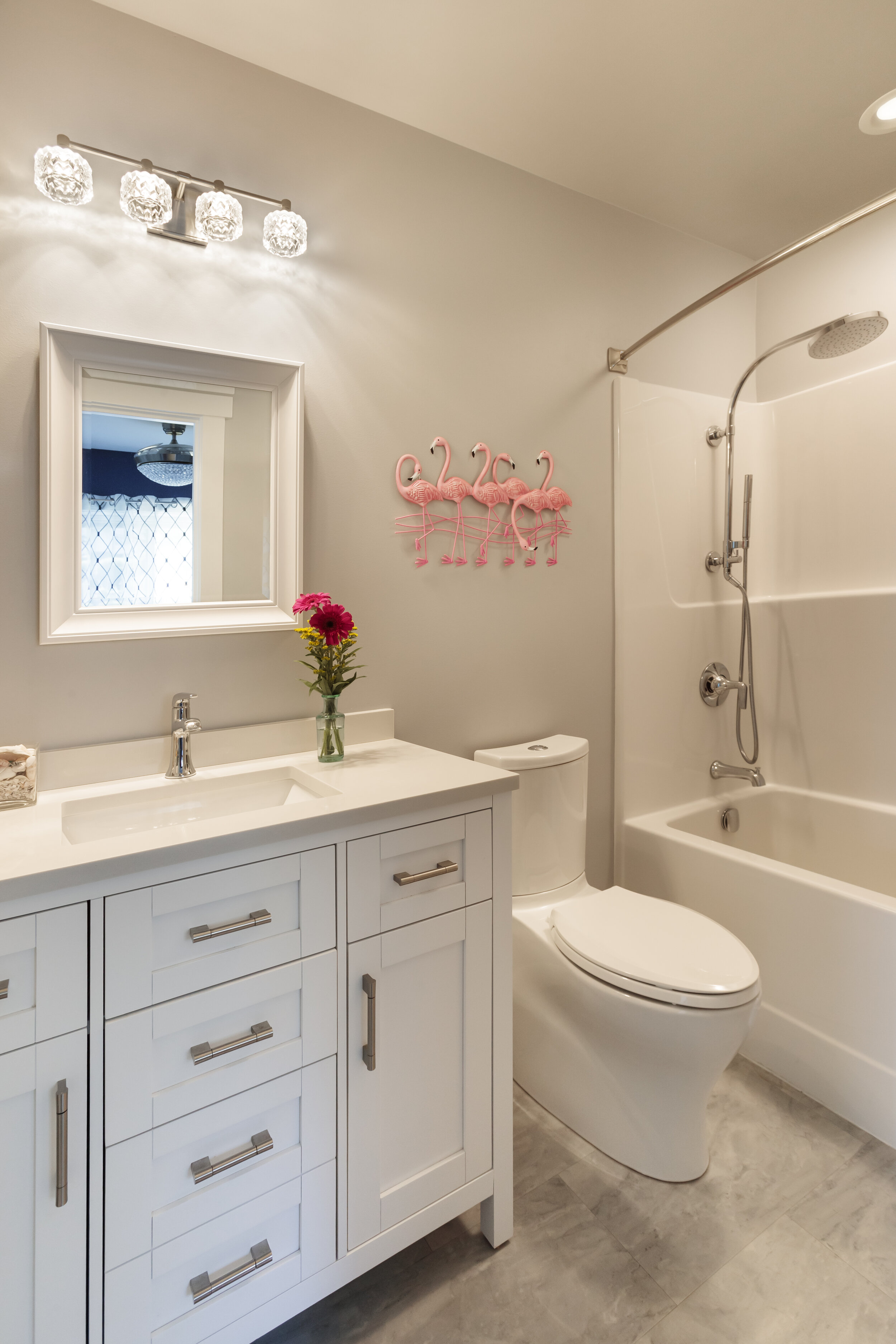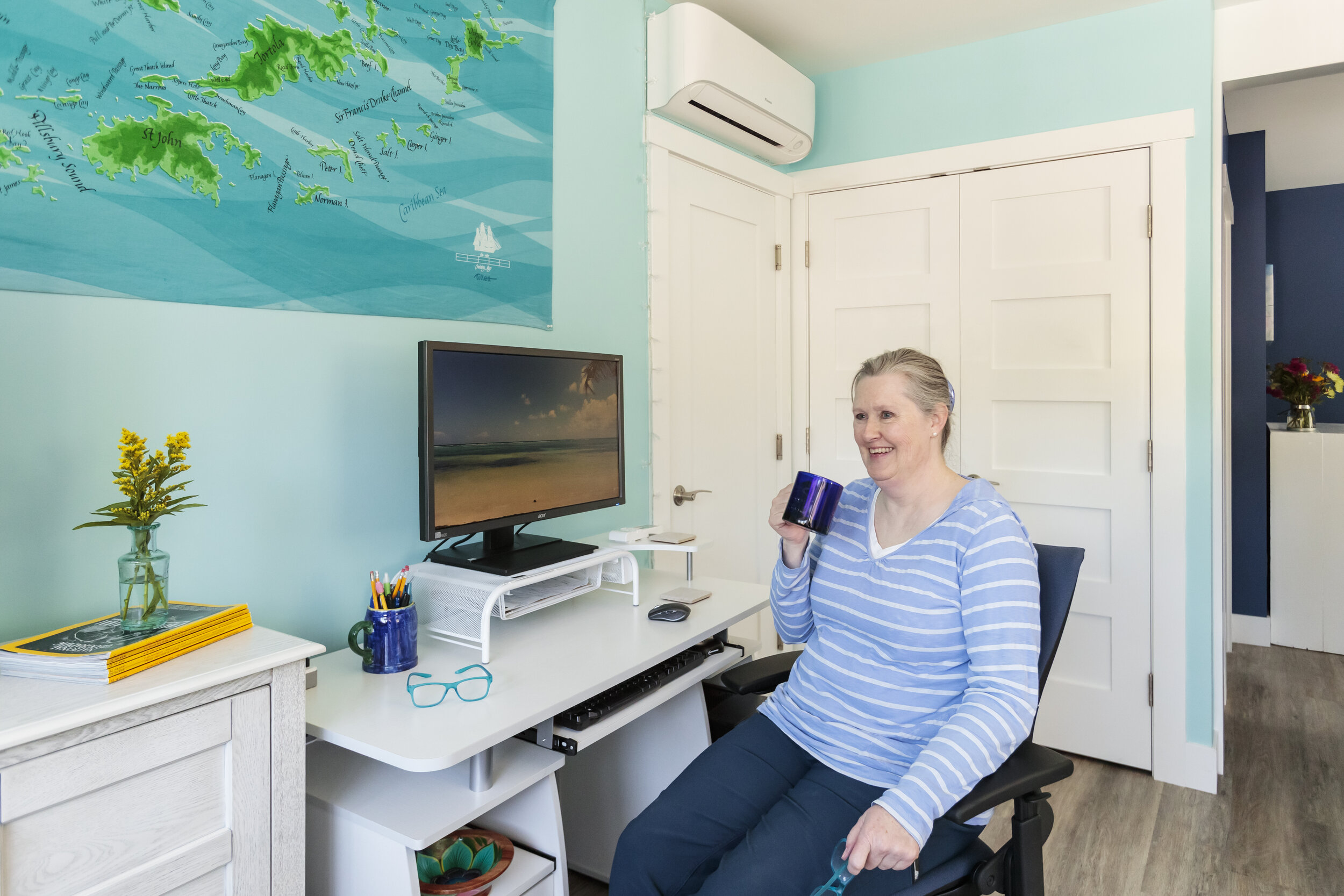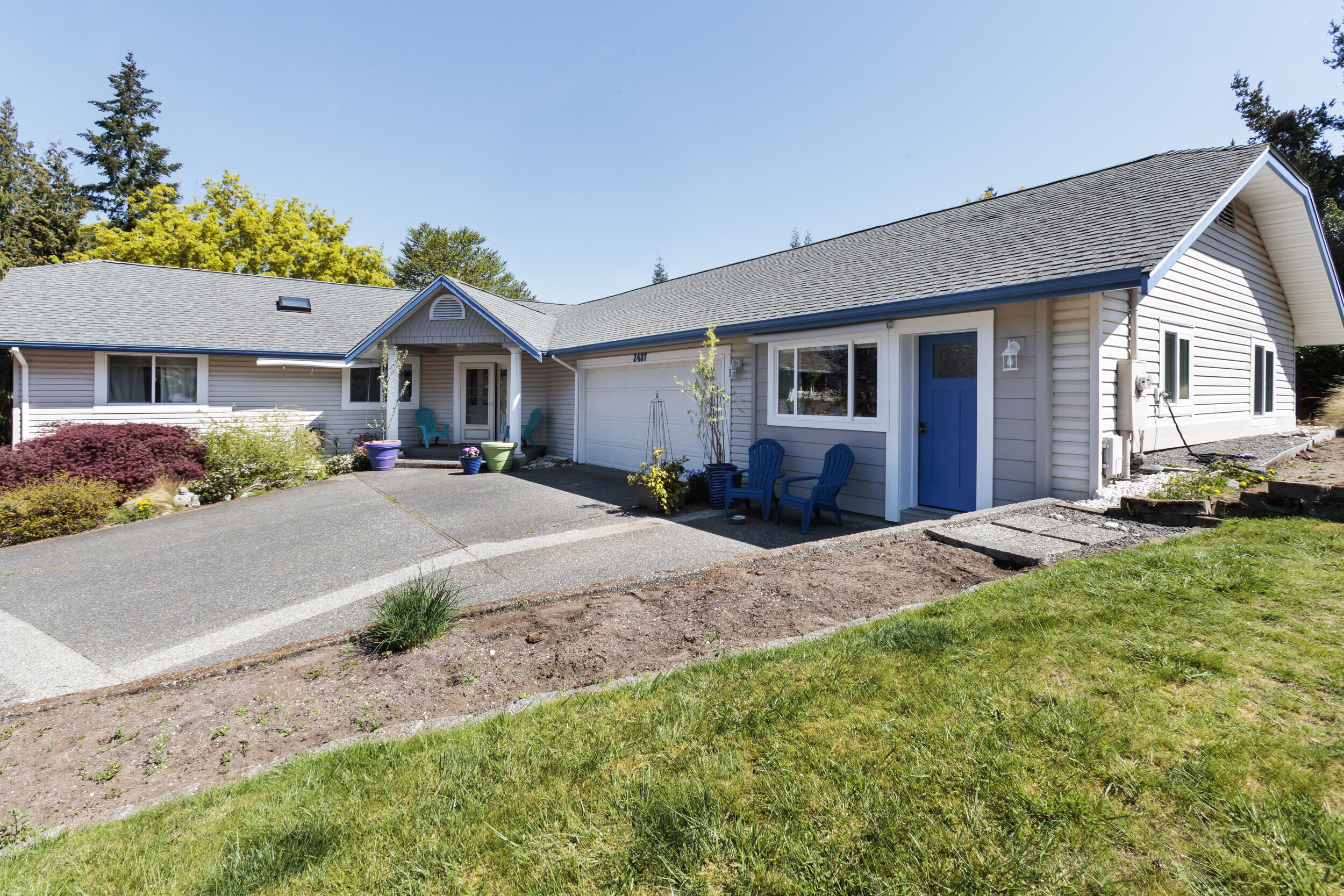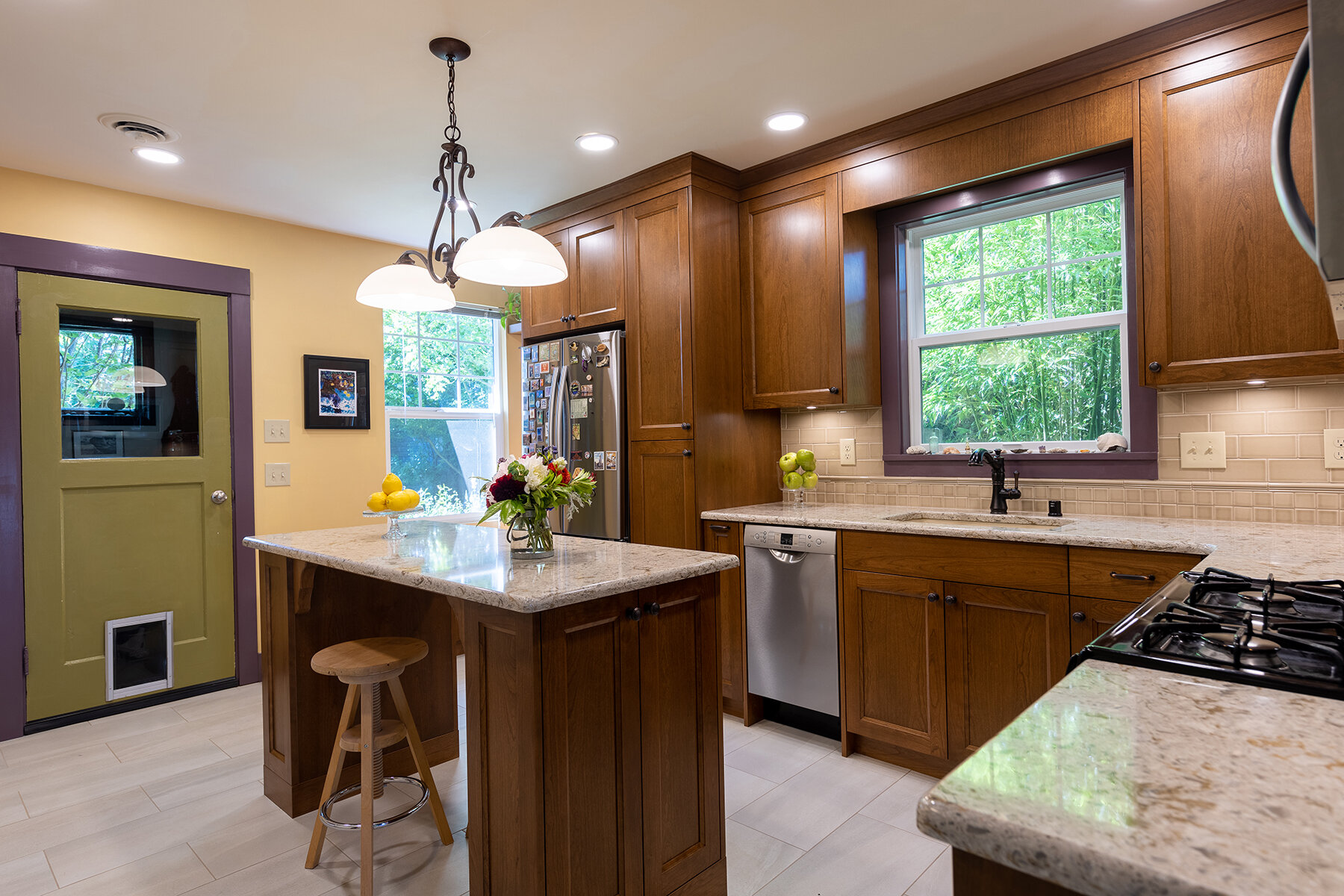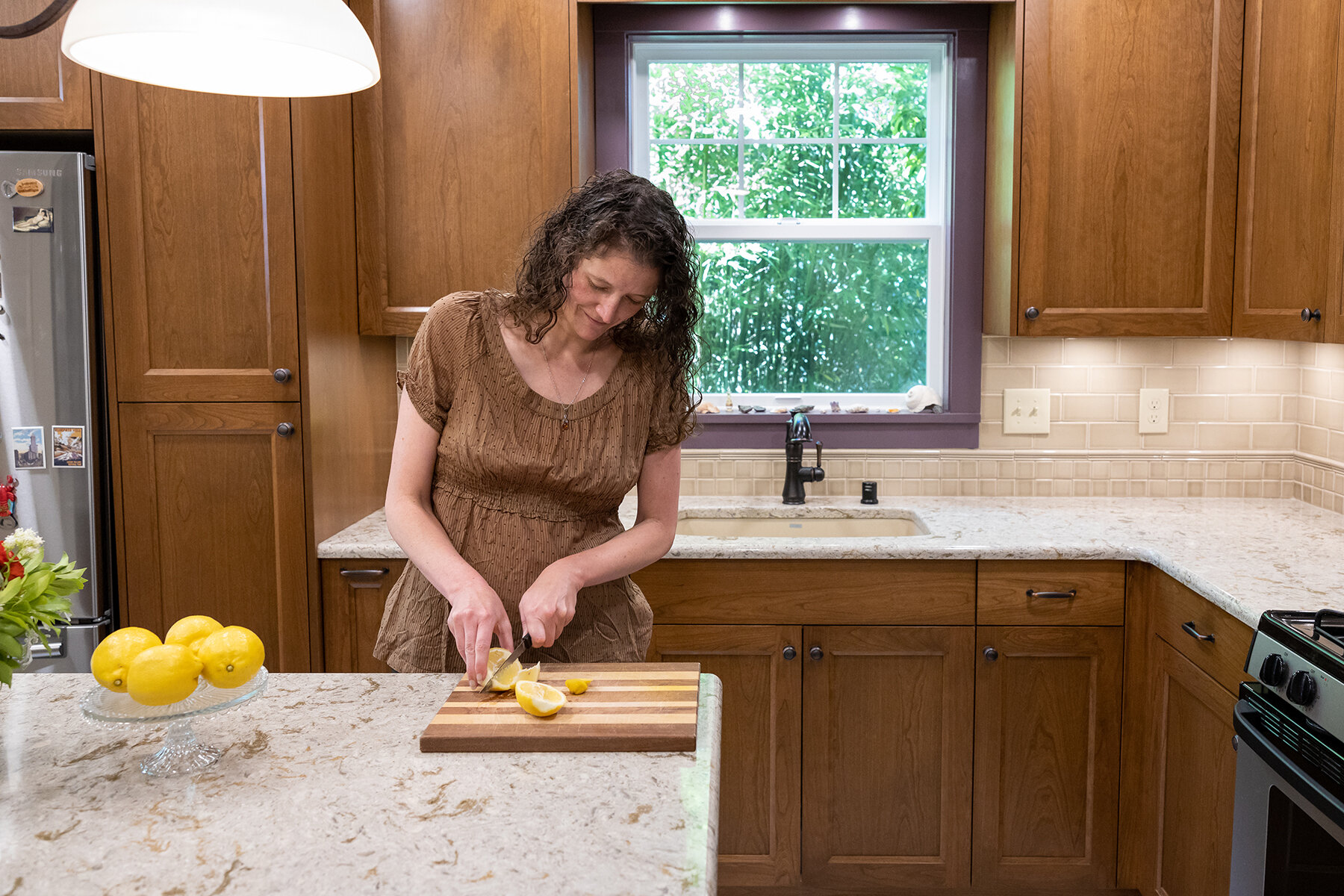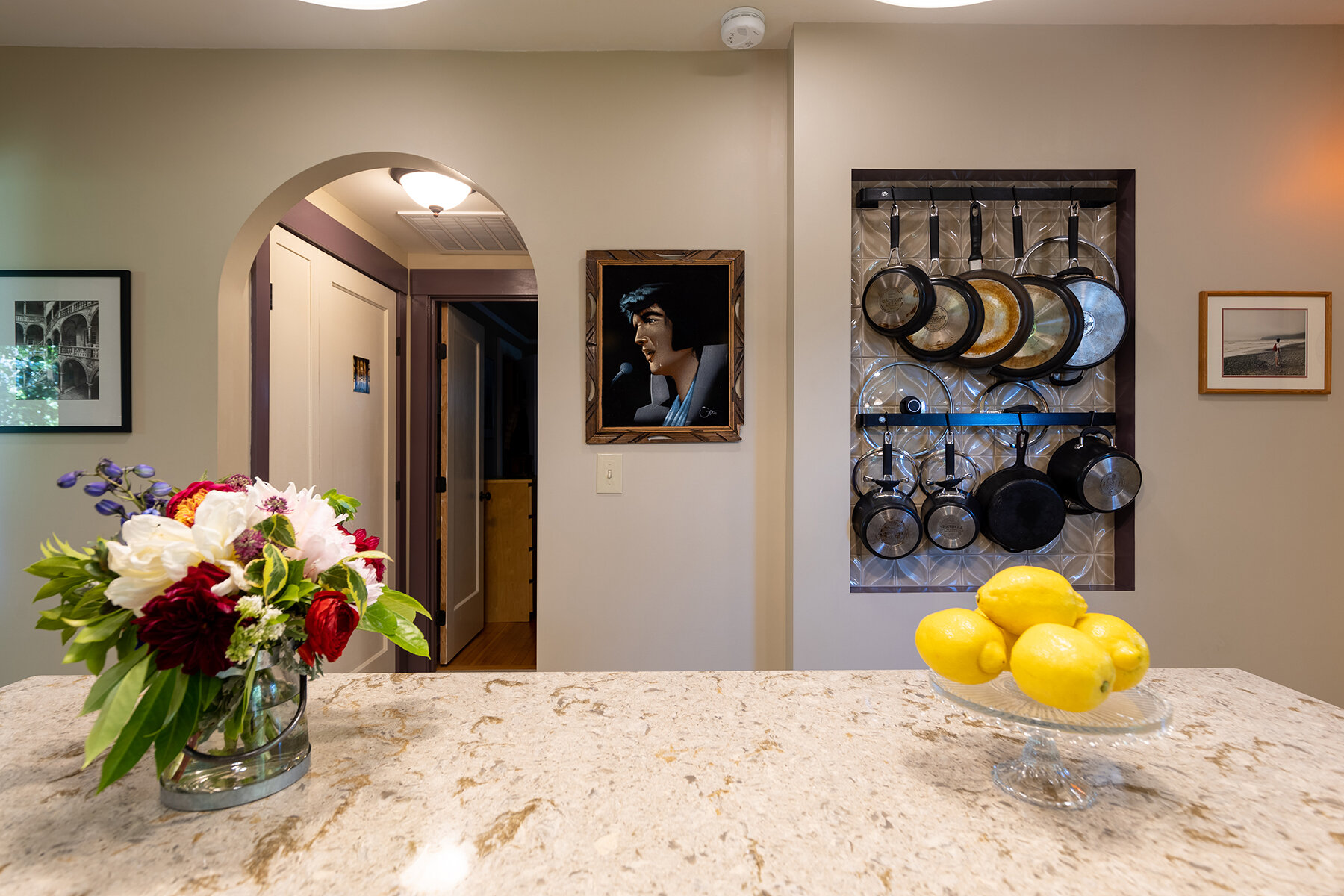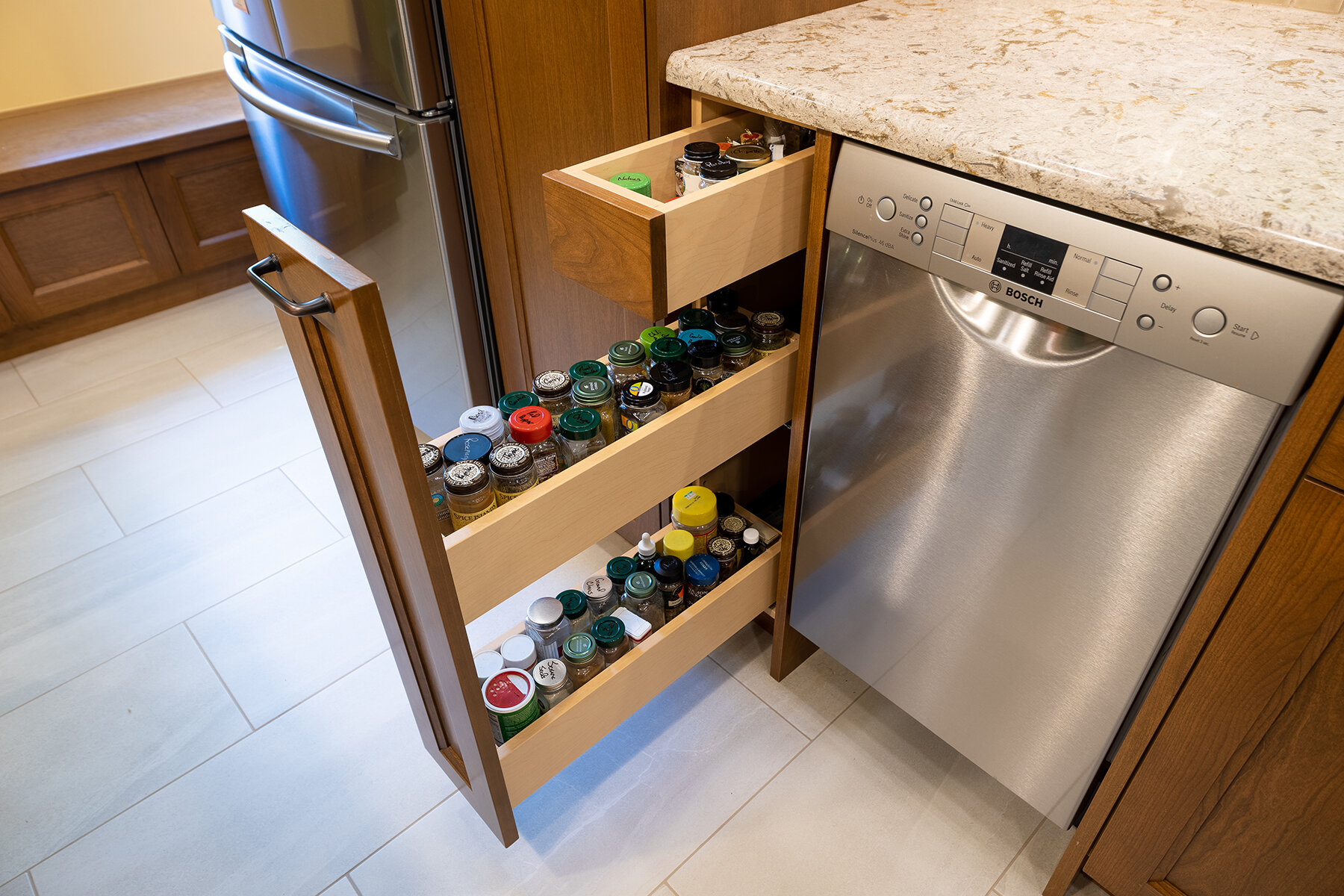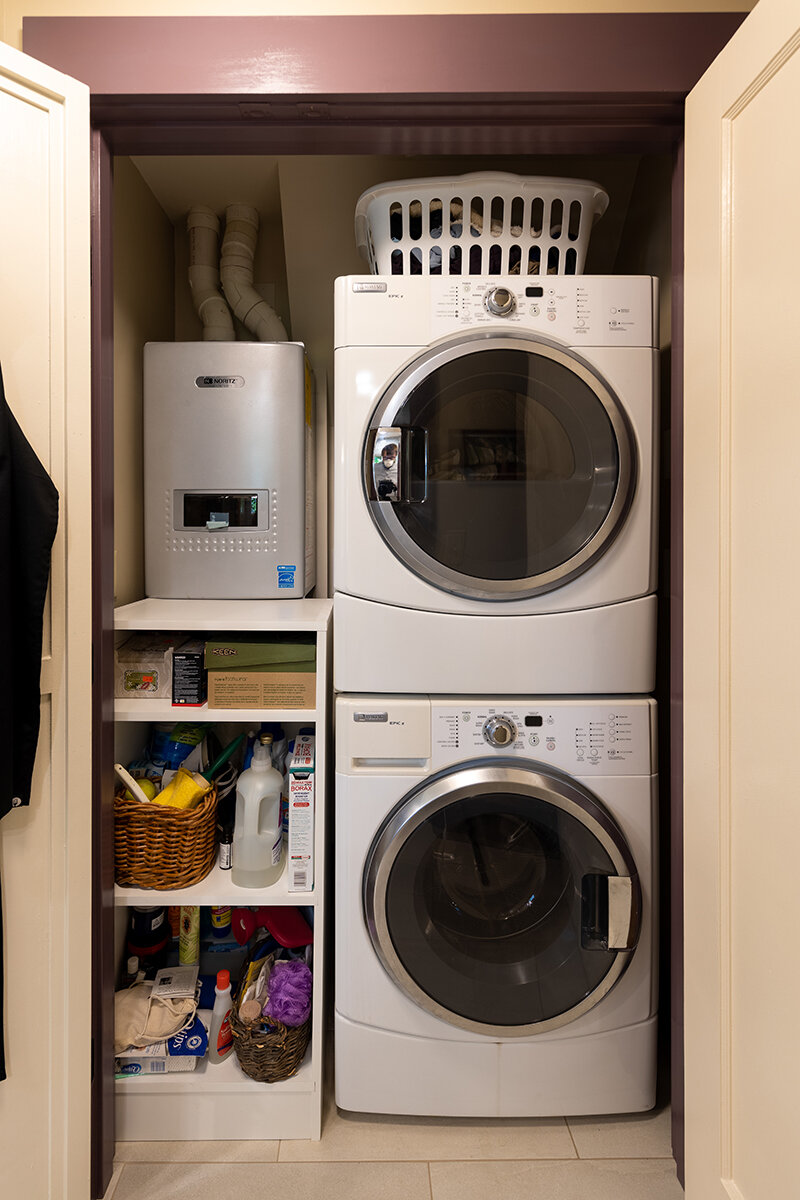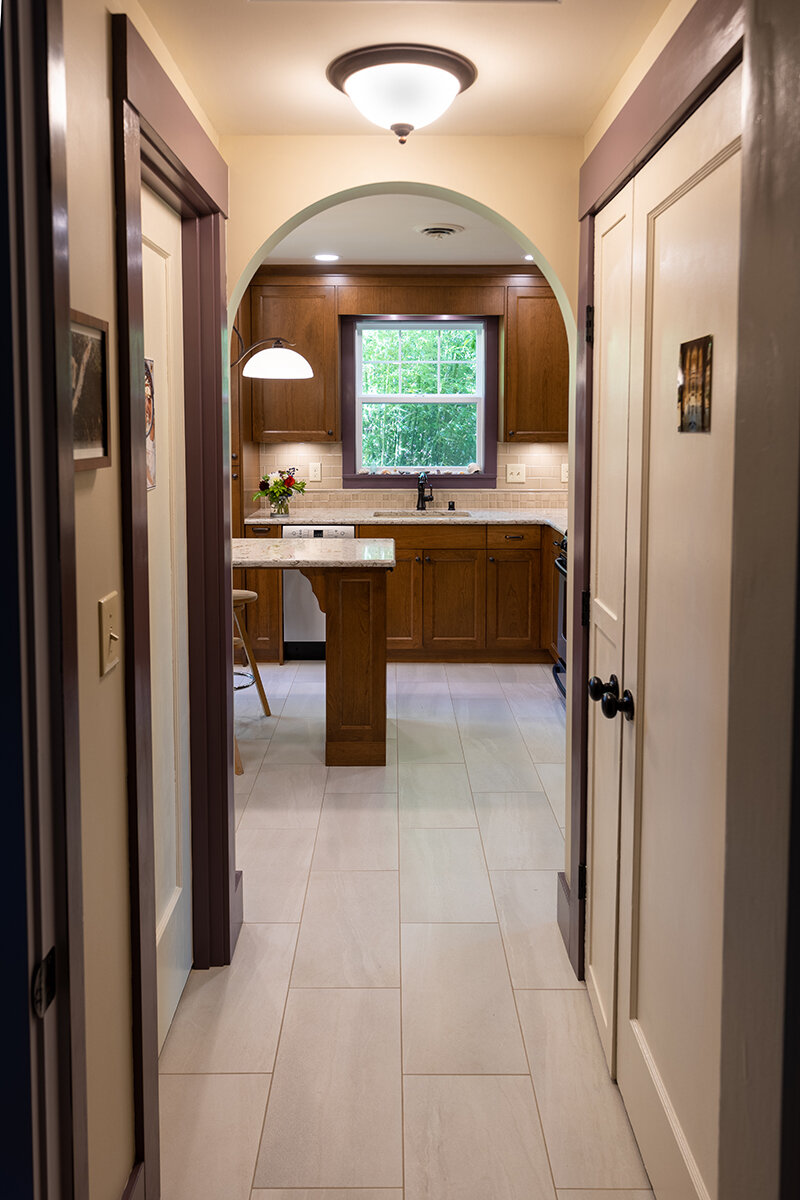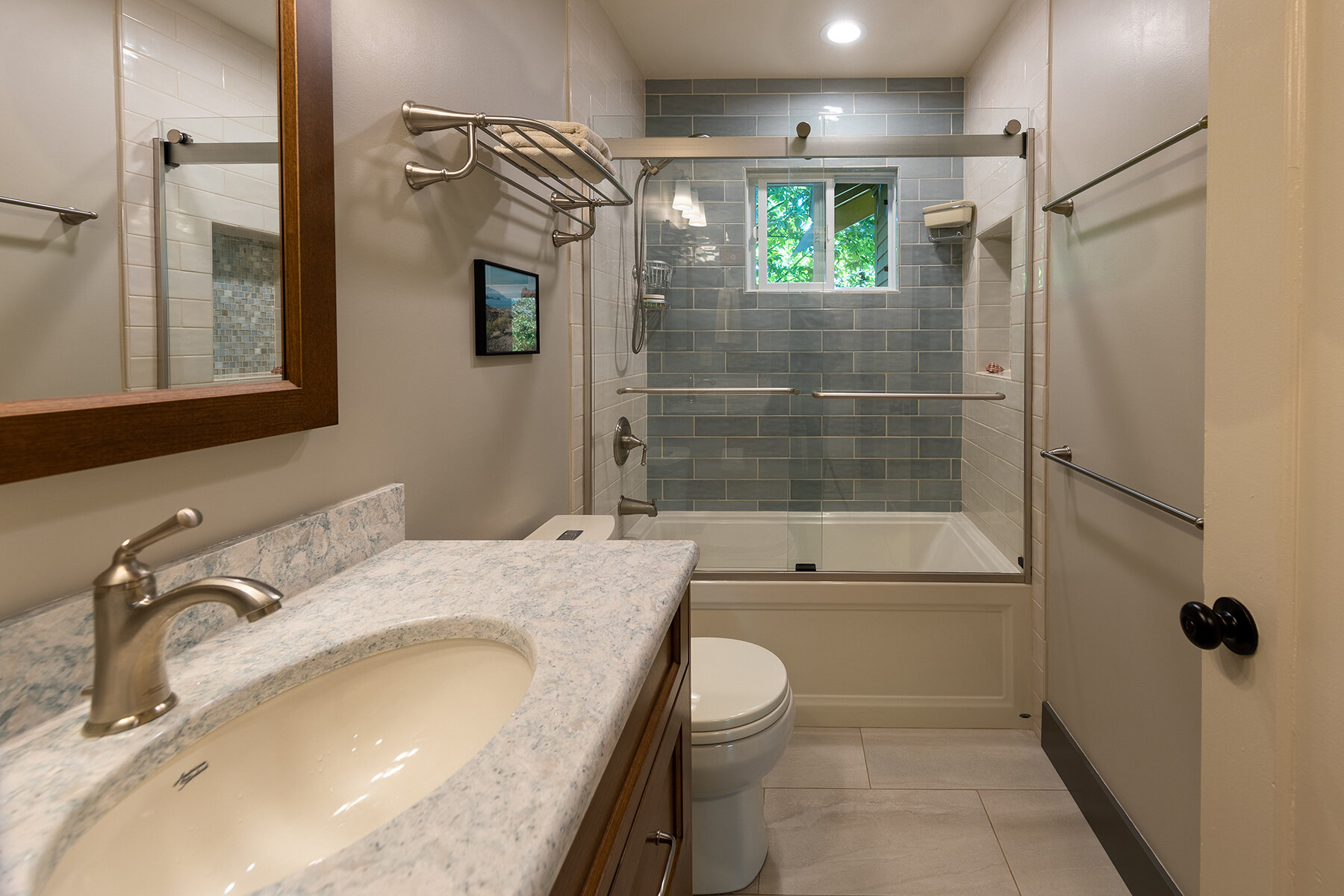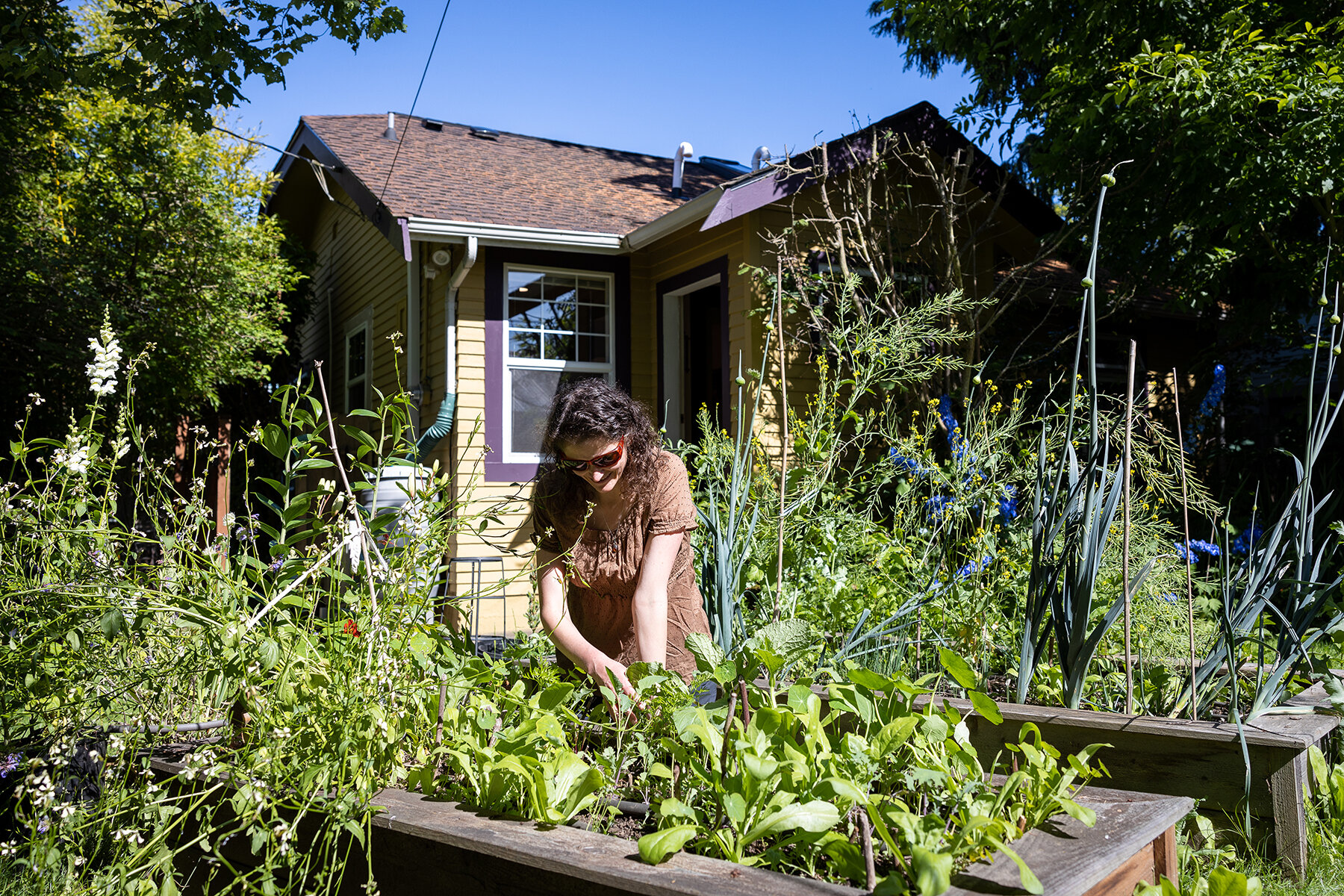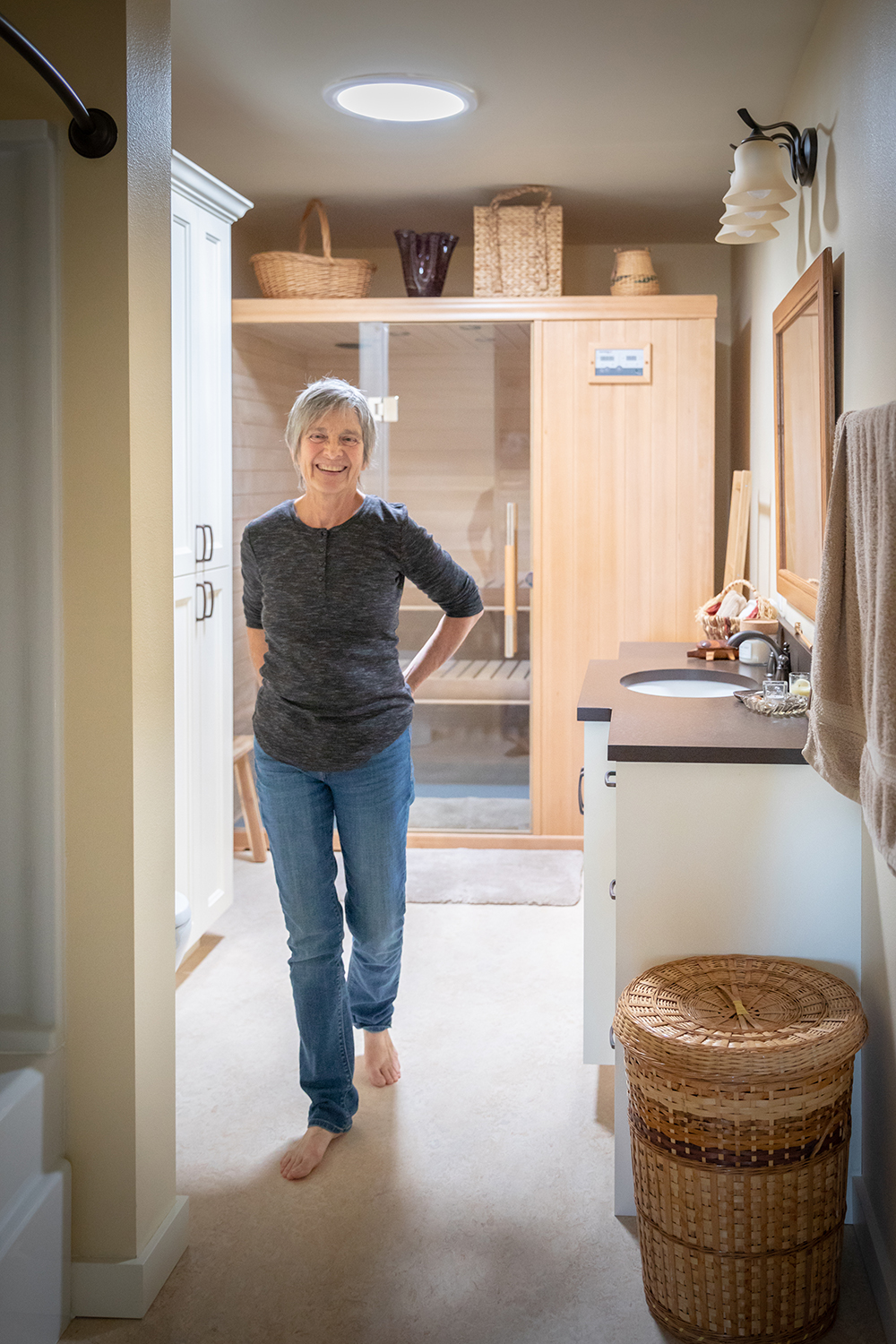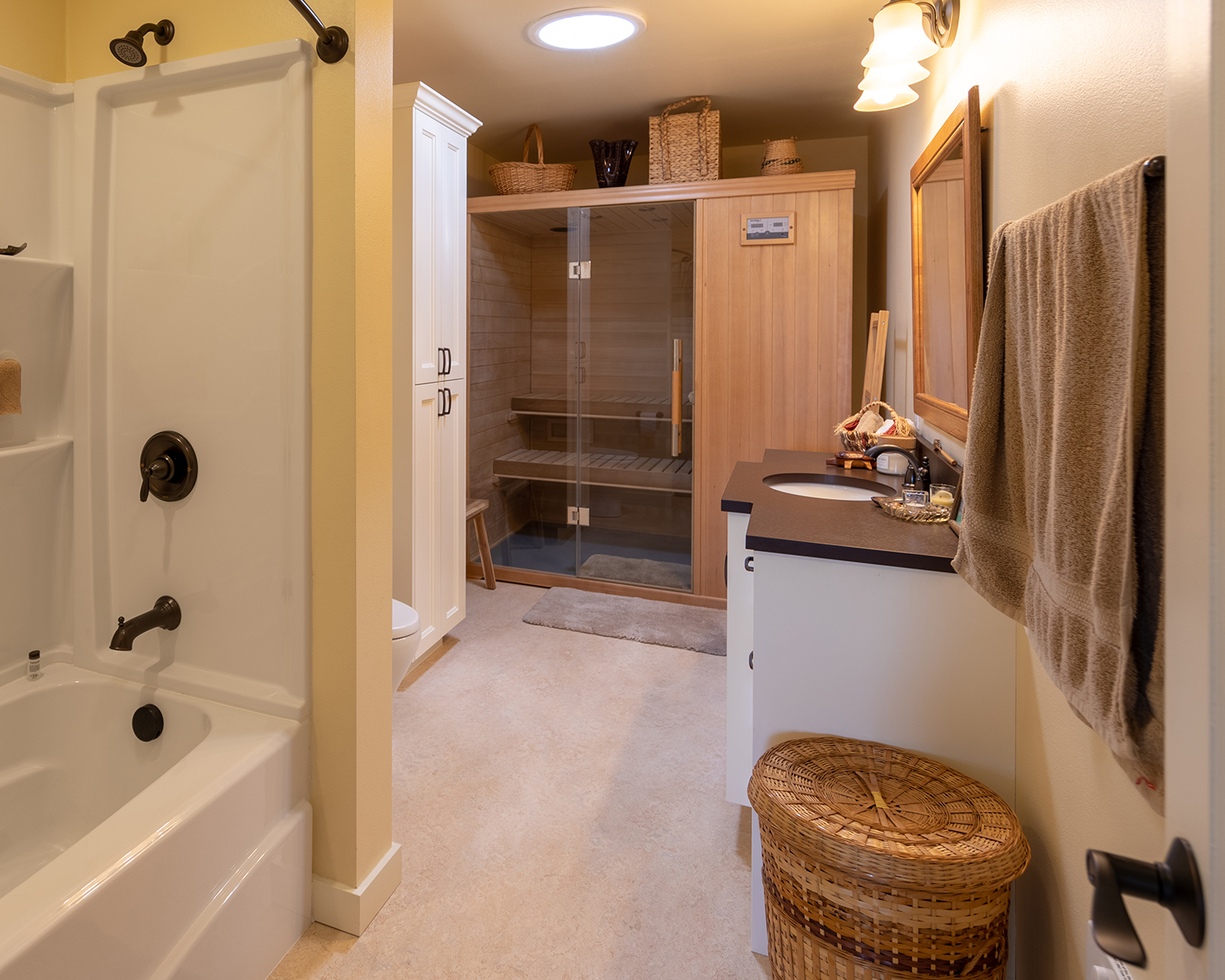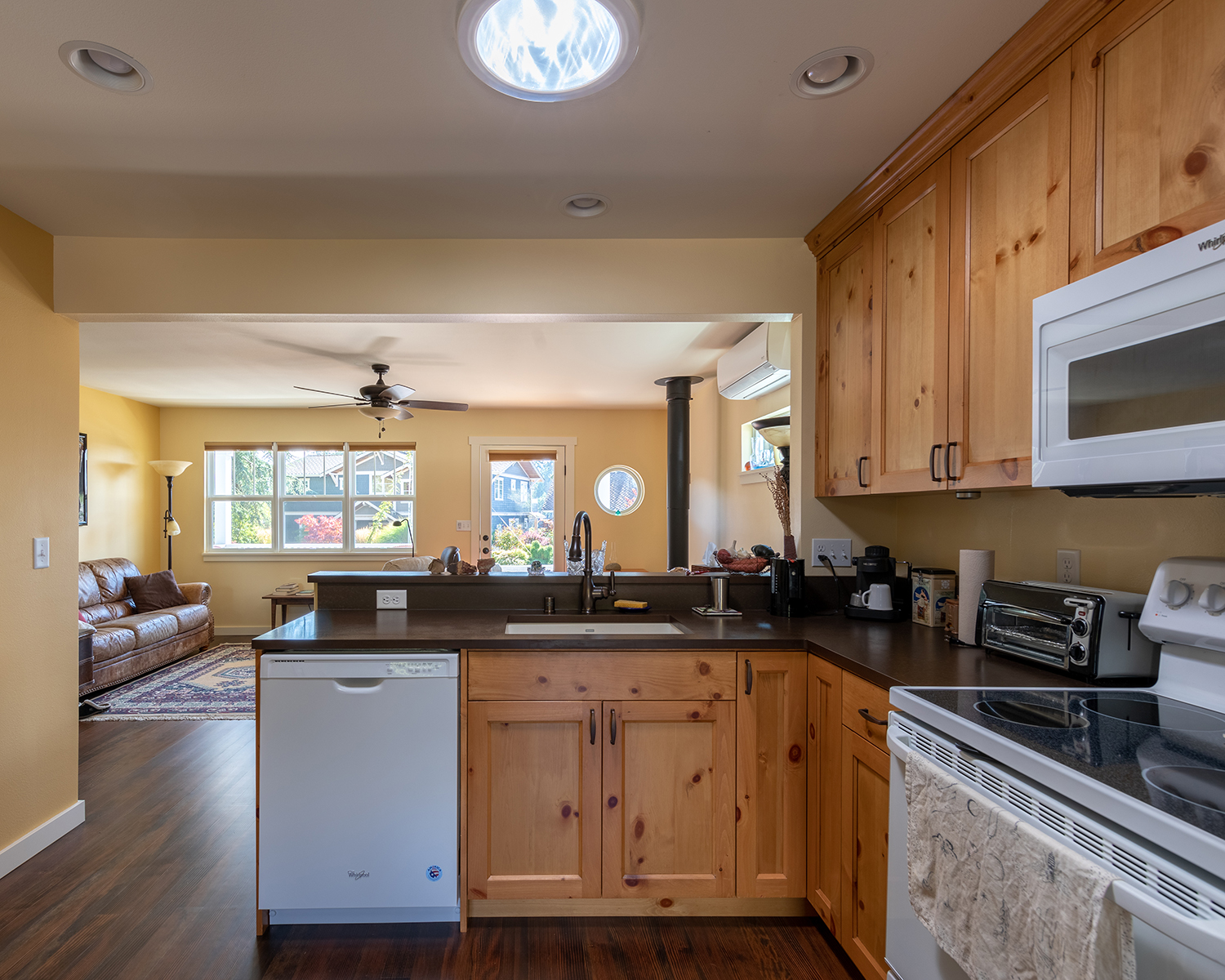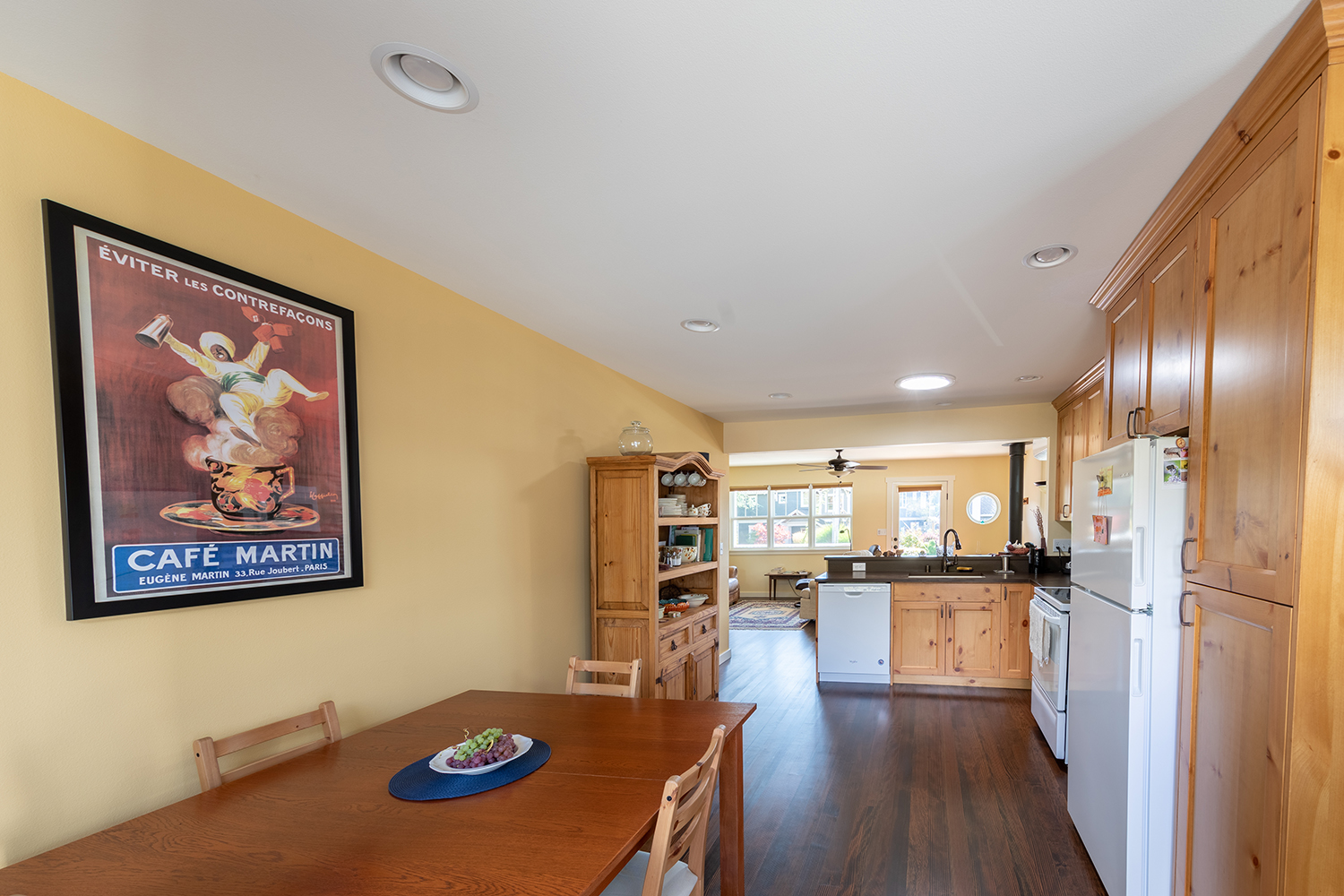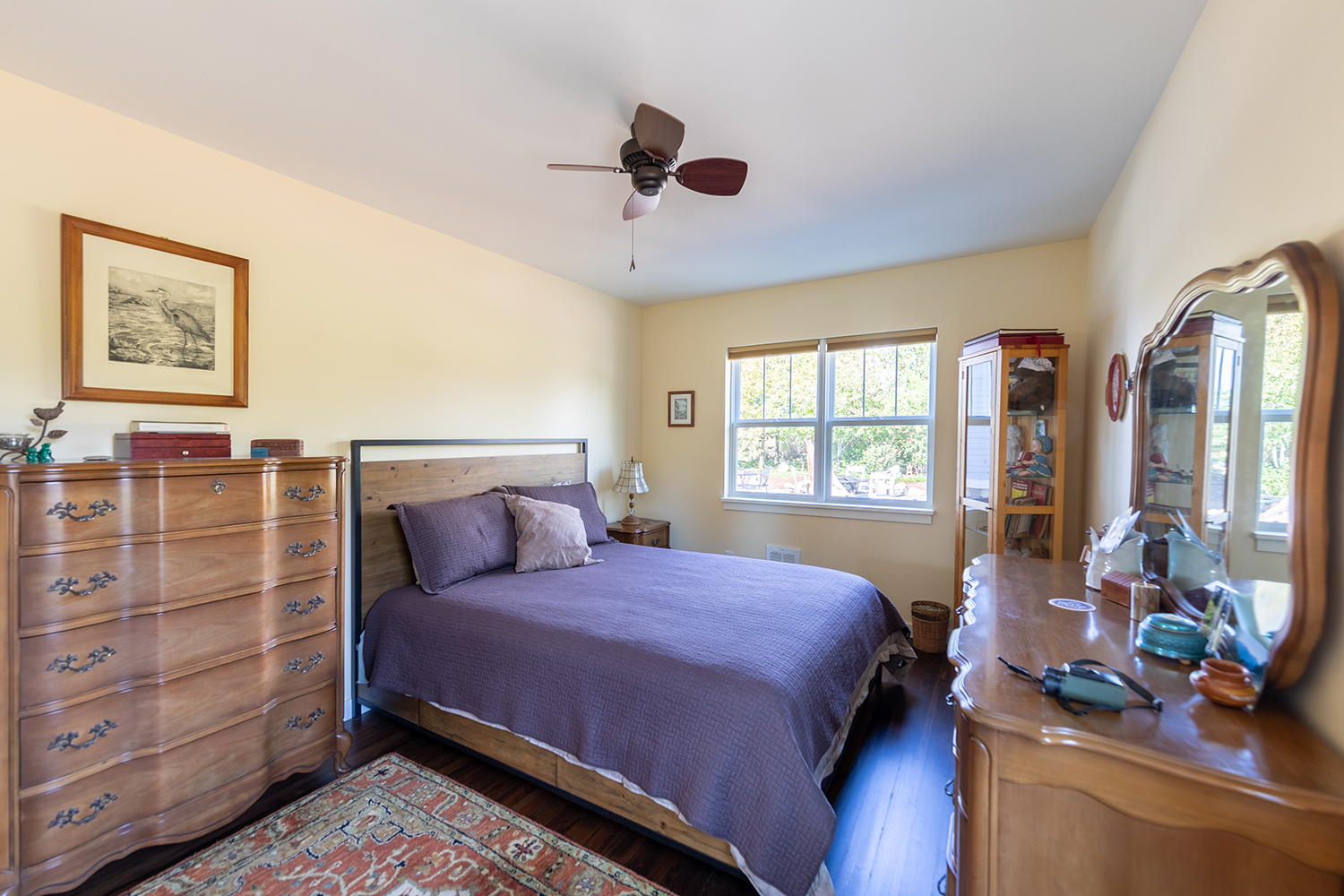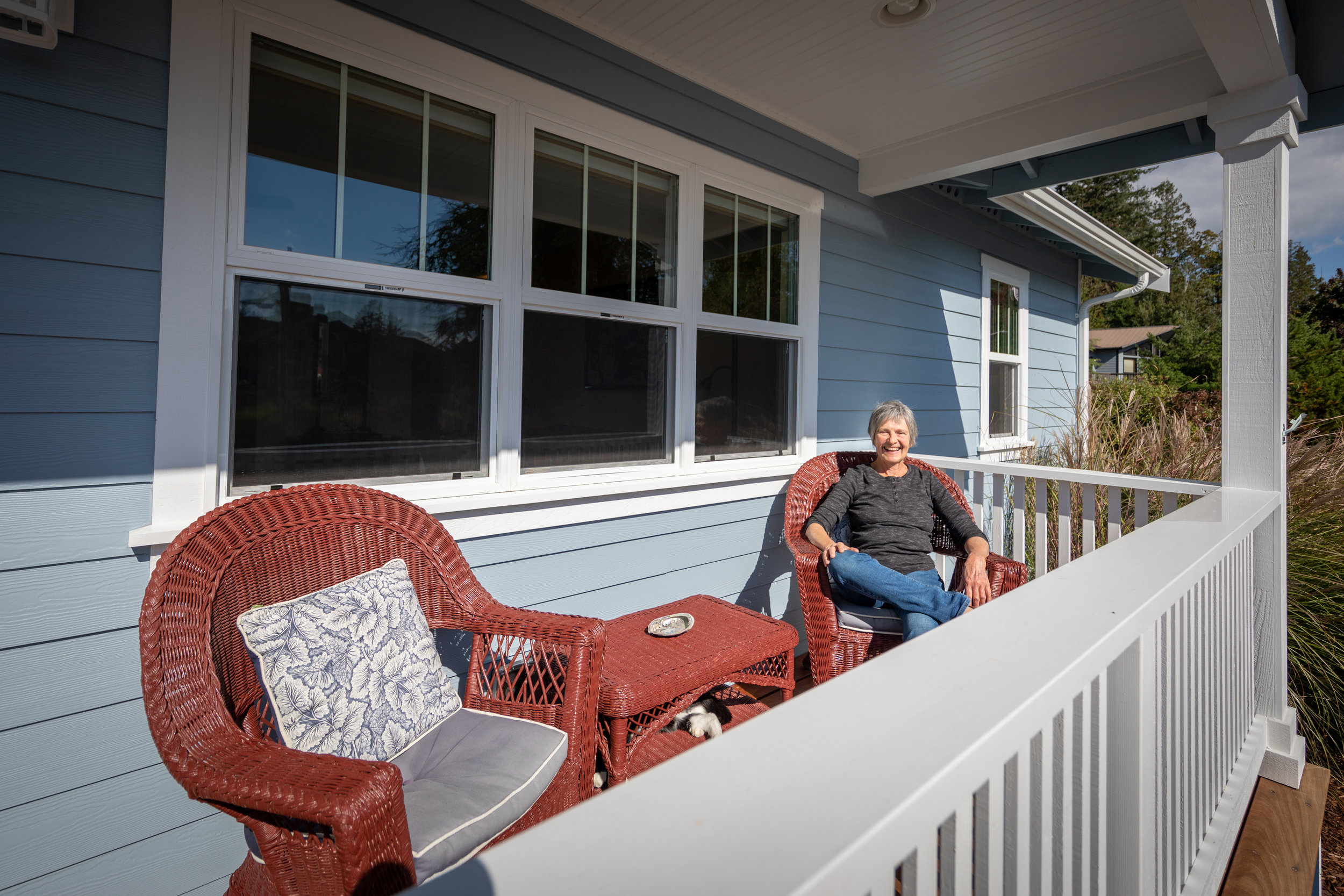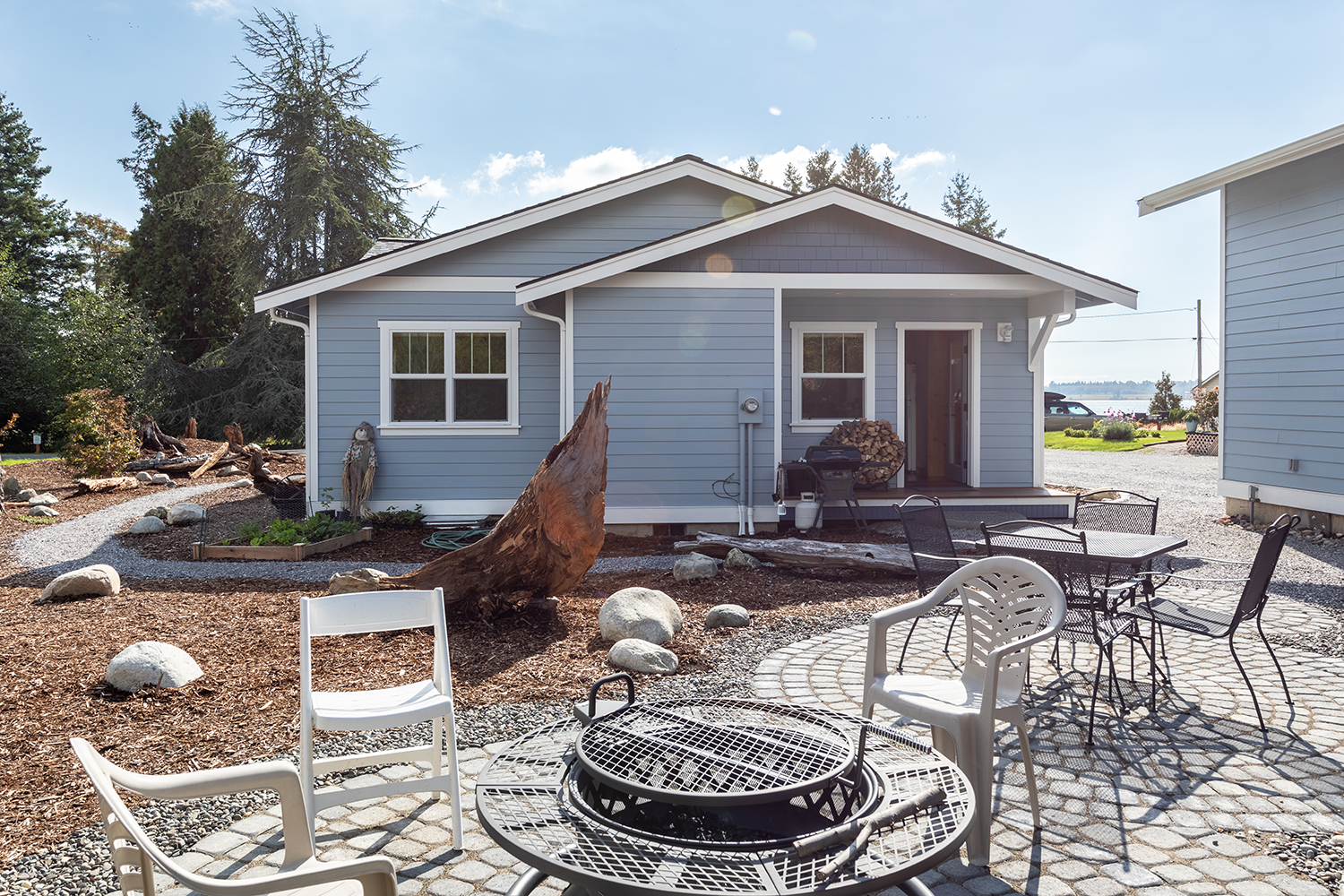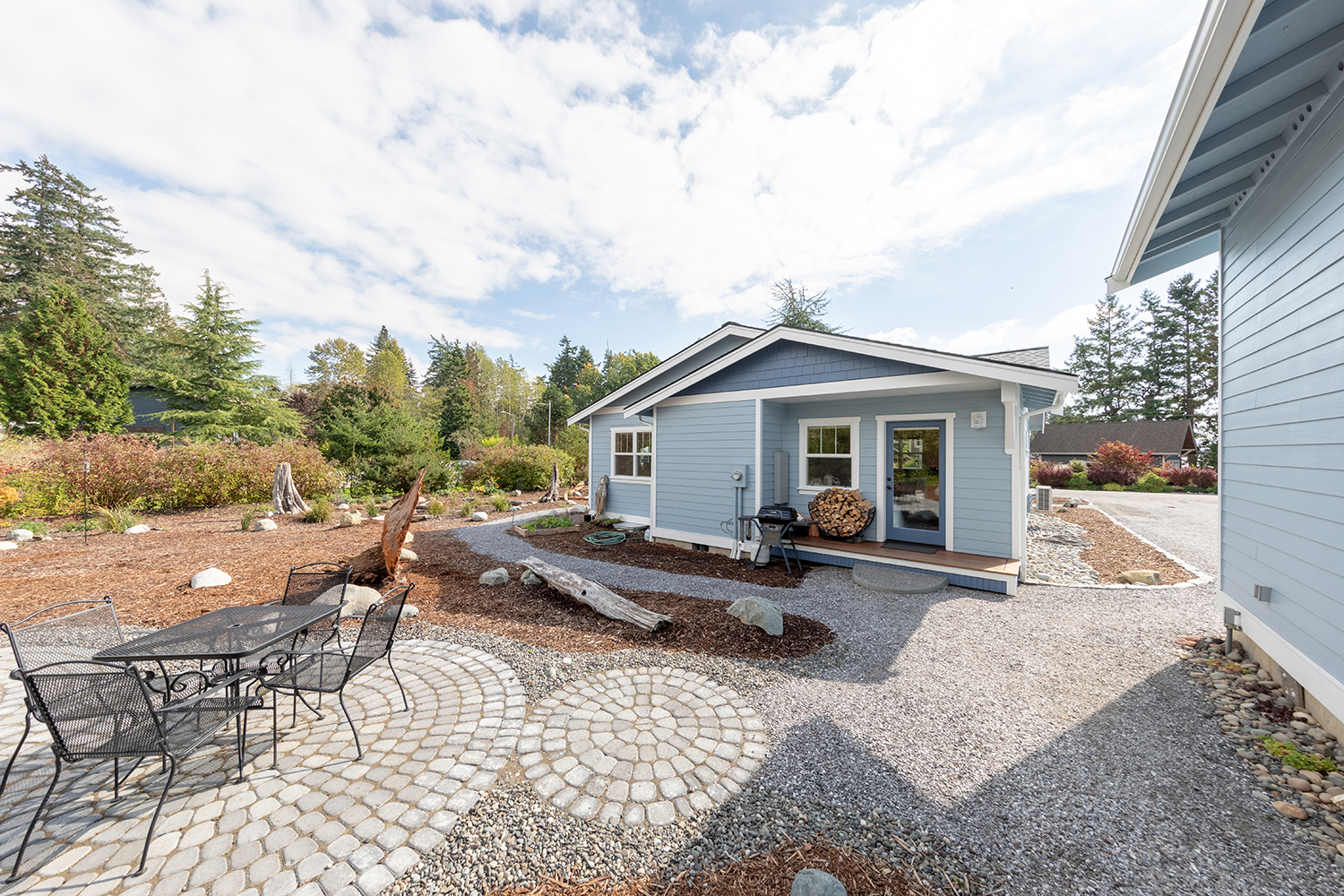Deliciously Vintage
Every A1 home starts with you.
We bring a keen sense of place and performance to a collaborative process aimed at creating a home that makes your life better. As you’ll see below, we are property preservation specialists, committed to ensuring that every home, whether renovating, remodeling or building new, is designed to love, and built to last. If you’re interested in learning more, make contact.

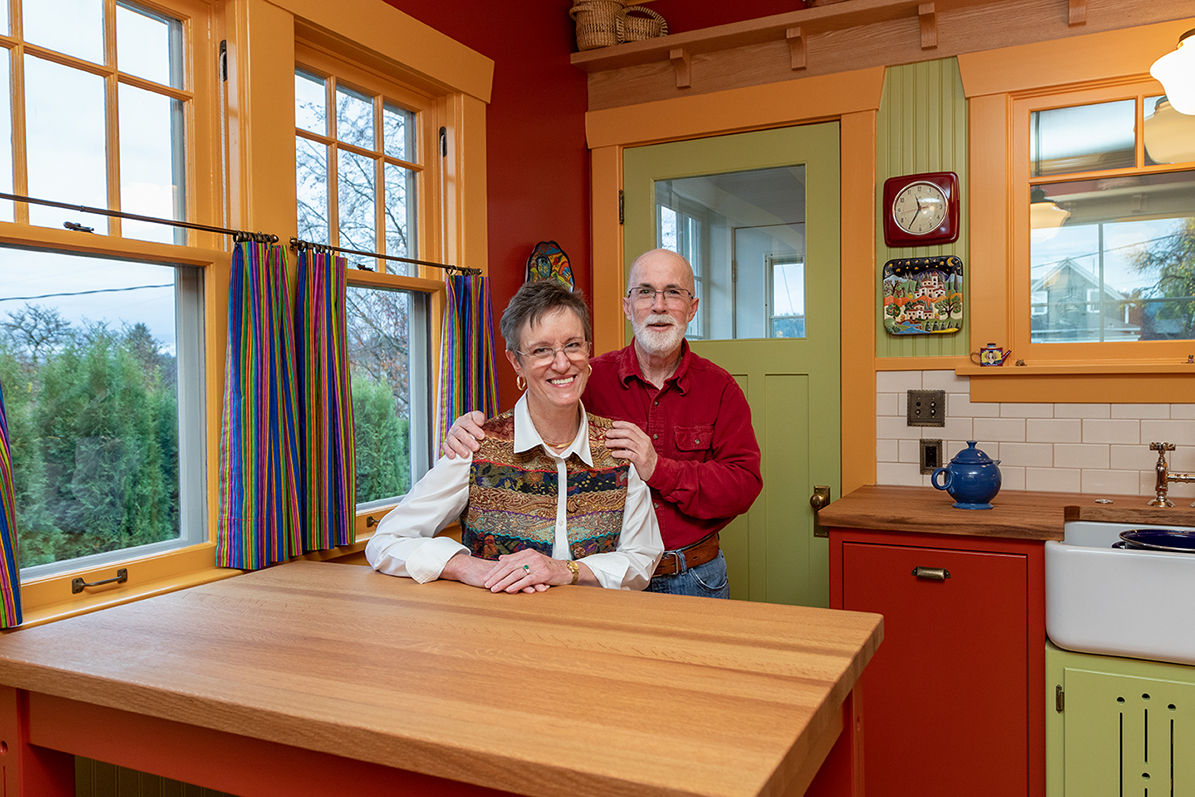

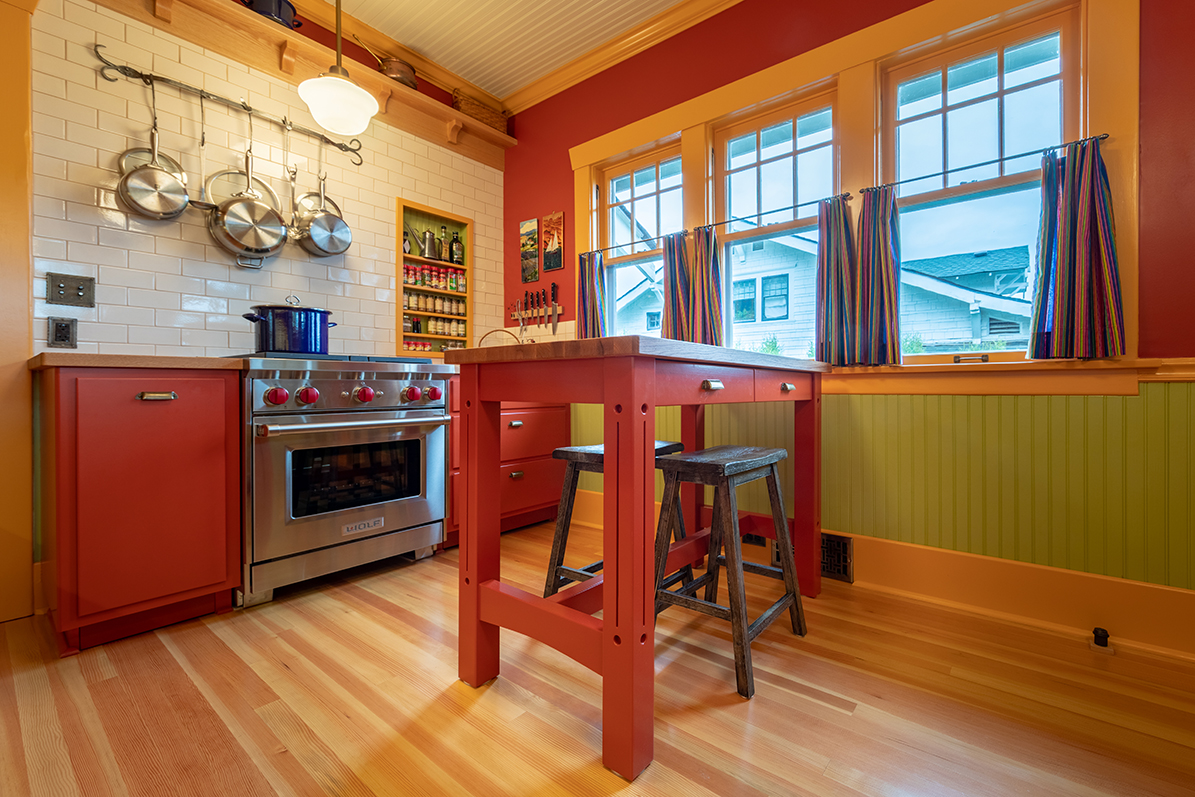
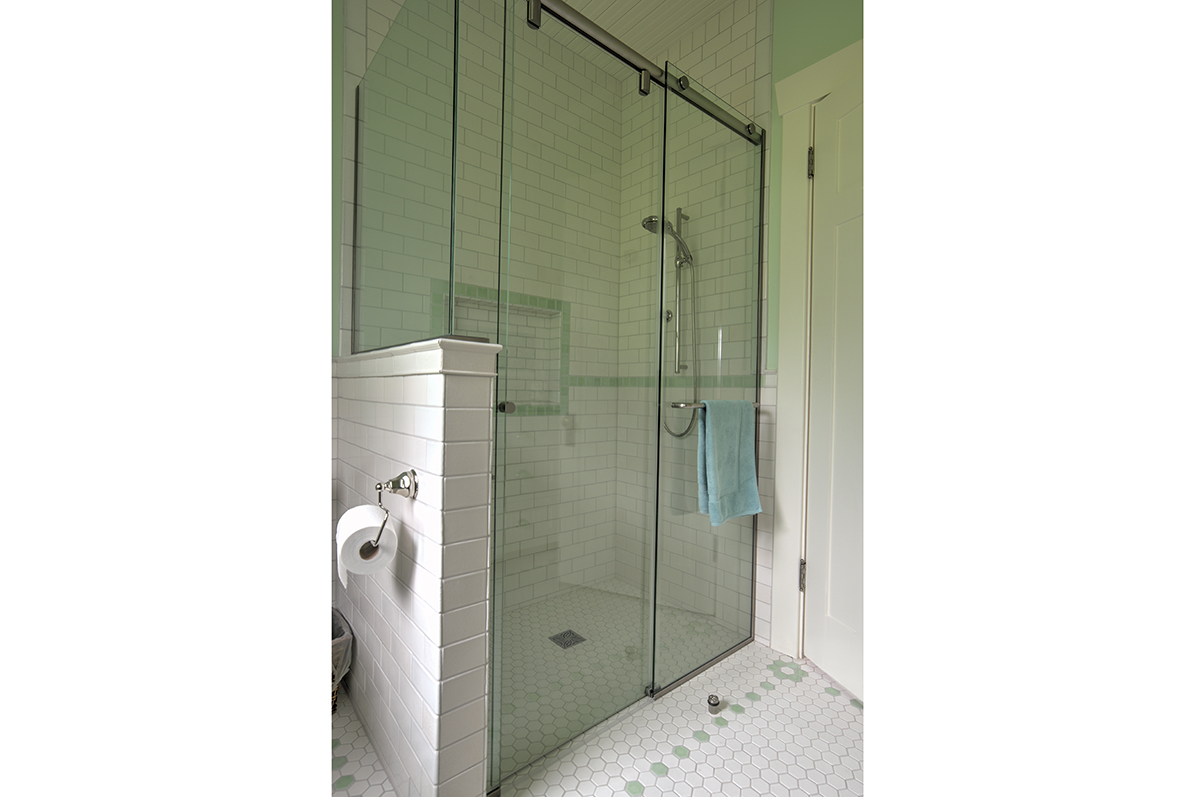
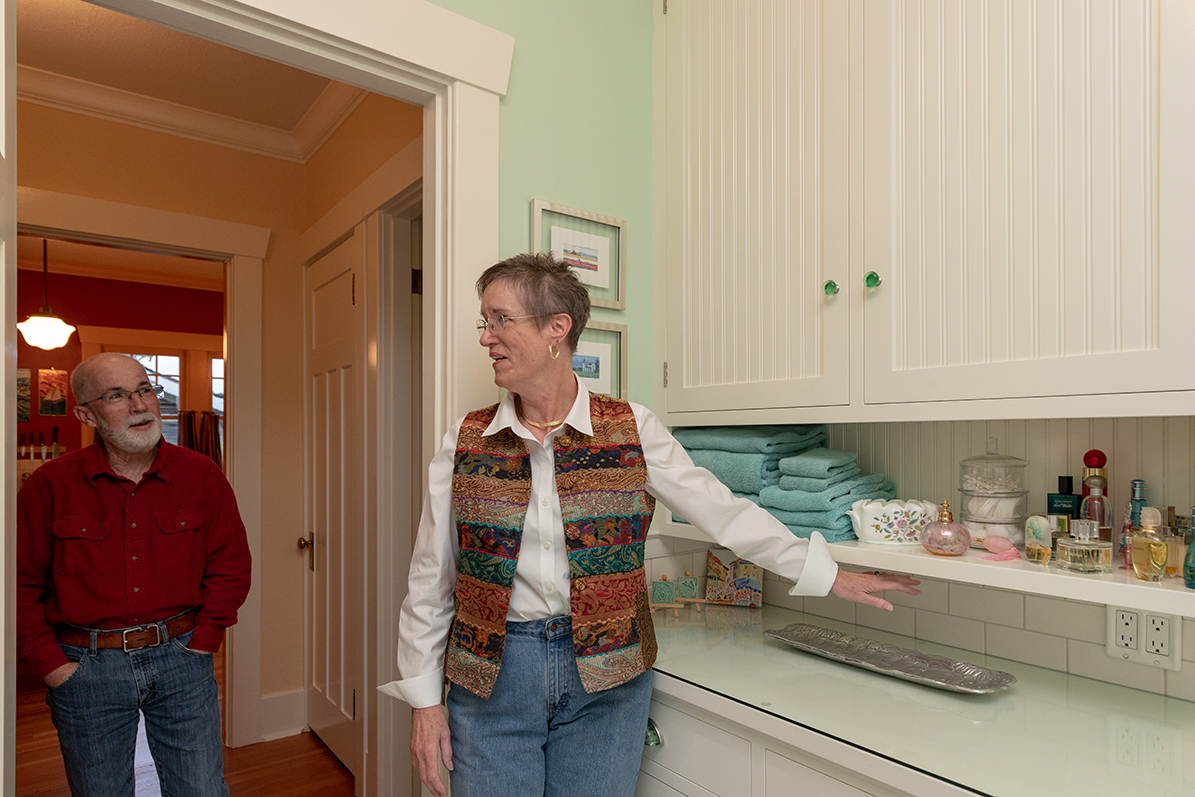
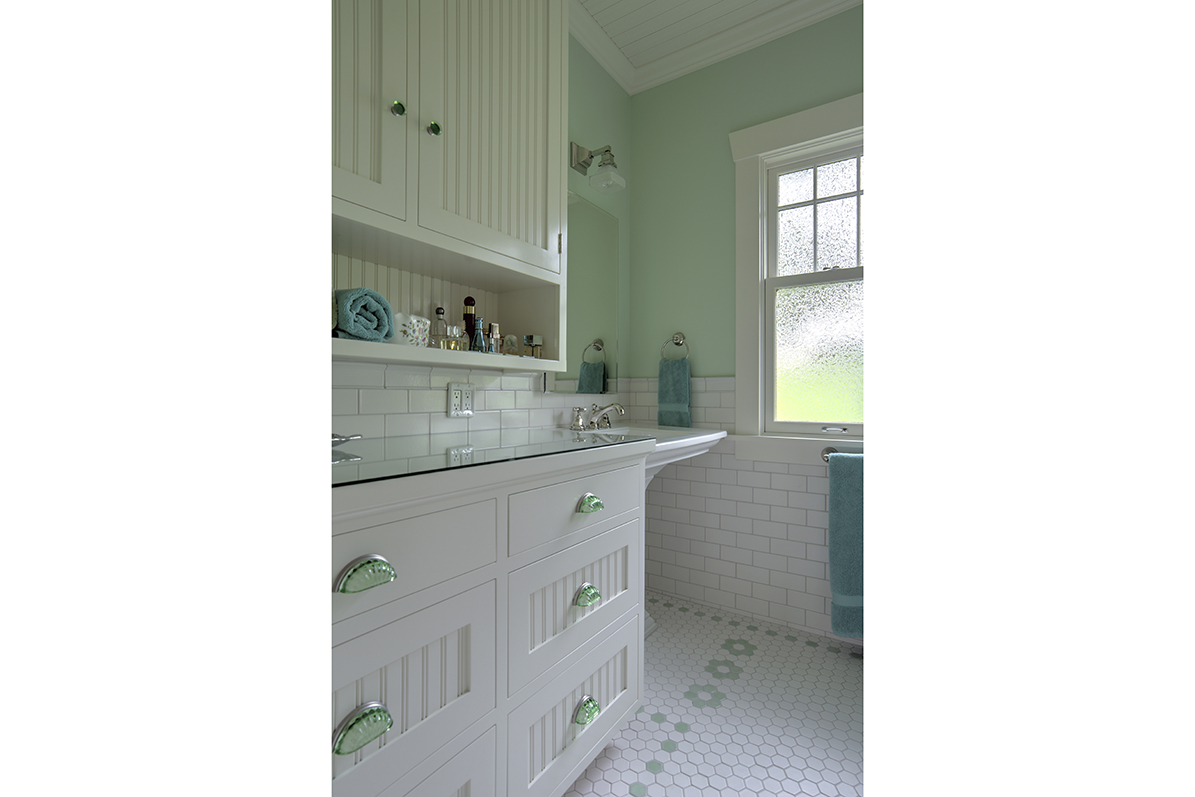

Retired from a life of moving around the world as medical professionals in the military, Denise and Bill Salisbury were ready to settle in Bellingham. They knew just the kind of house they wanted: old, solid Craftsman with character intact — or restorable within their means. Also: not too big, within walking distance to downtown. It took more than a year, but they found it, a 1916 two-bedroom bungalow. It needed major kitchen and bath work but the original plan, design and details were intact.
“It was extremely important to us to honor the original design. We wanted to modernize in ways that kept the character intact. The devil would definitely be in the details and we knew we had to have a contractor who shared our finicky desire for detail.”
After living in the house about six months, the couple knew exactly what they wanted — or thought they did. Instead, spending time on A1’s waiting list turned out to be “very valuable, as was the time spent in design.” A1 worked very closely with the couple to achieve their vision, which rested on Denise’s love of the warmth and detail of the Arts and Crafts style, like the home she grew up in.
That detail is evident in every aspect of the project, from hinges, drawer pulls and light switches to tile shapes and patterns — even to the choice of their refrigerator.
The couple opted to install below-counter refrigerator drawers, rather than put a full-size unit in a kitchen that was built before such appliances existed — and thus had no natural home.
Denise spent hours determining the color palette and finding a design for the custom sink cabinet; Bill stripped and refinished all re-usable vent covers; new, divided-light bathroom windows replicate the original wood-framed windows in the kitchen; crown and base molding, window and door trim all match original, as do the new floors in the kitchen.
“Whittling down what we had to have, what we wanted to have, and what we could afford was, of course, key. That took far longer than we anticipated. What we really appreciated is that A1 never gave up on us. They listened, they worked with us, they were determined to help us find the design we could afford that would make us LOVE living in our ‘new’ old home.”
Which they do, enjoying the best of modern convenience, with the character of early 20th century, just a short walk from downtown.


